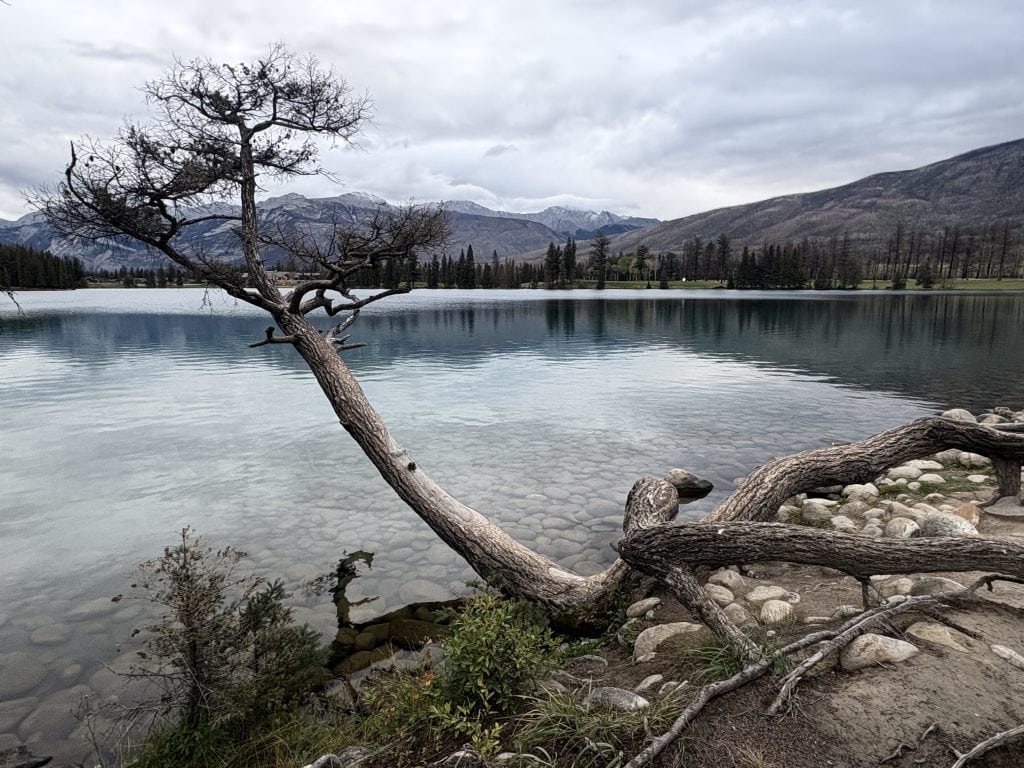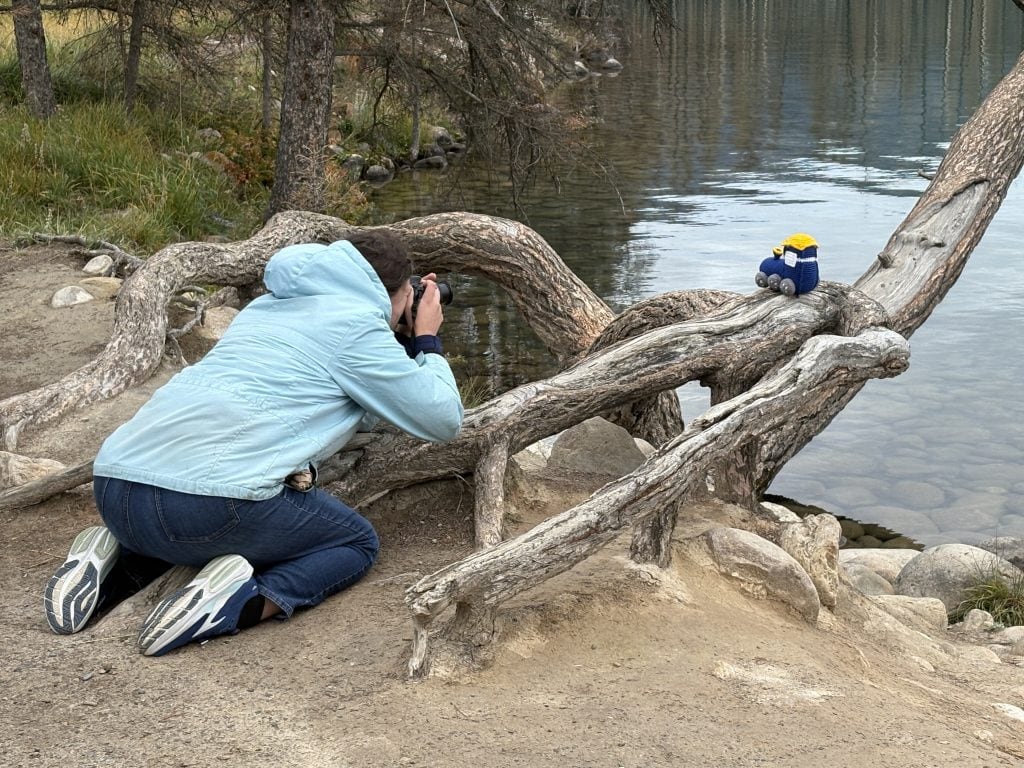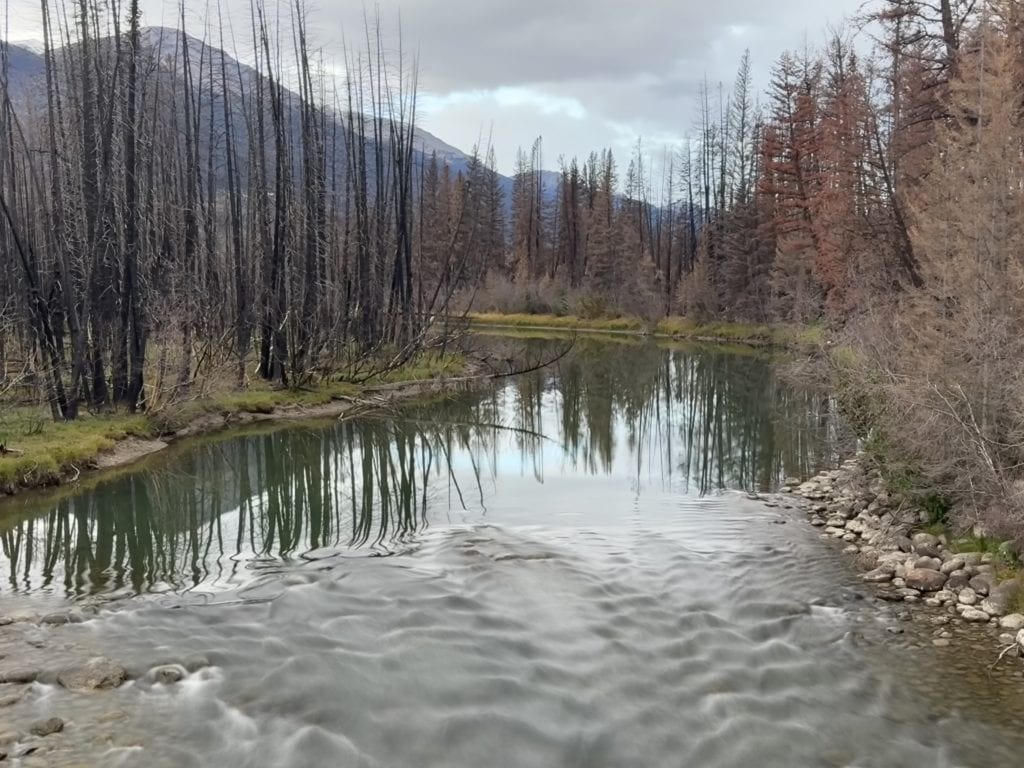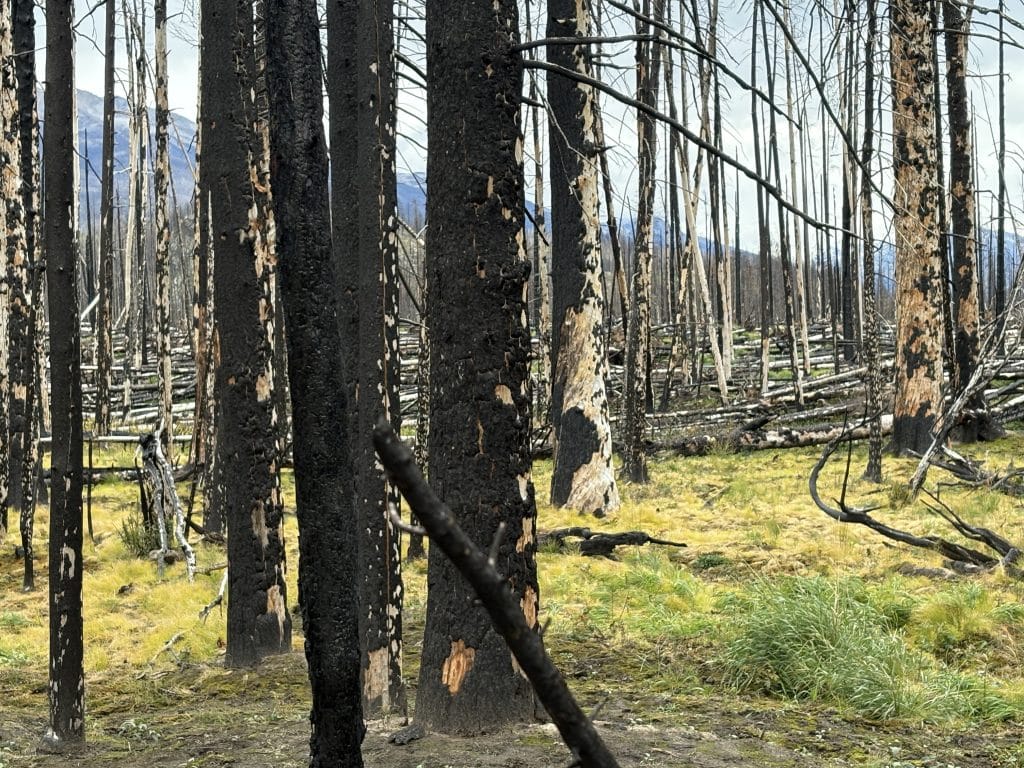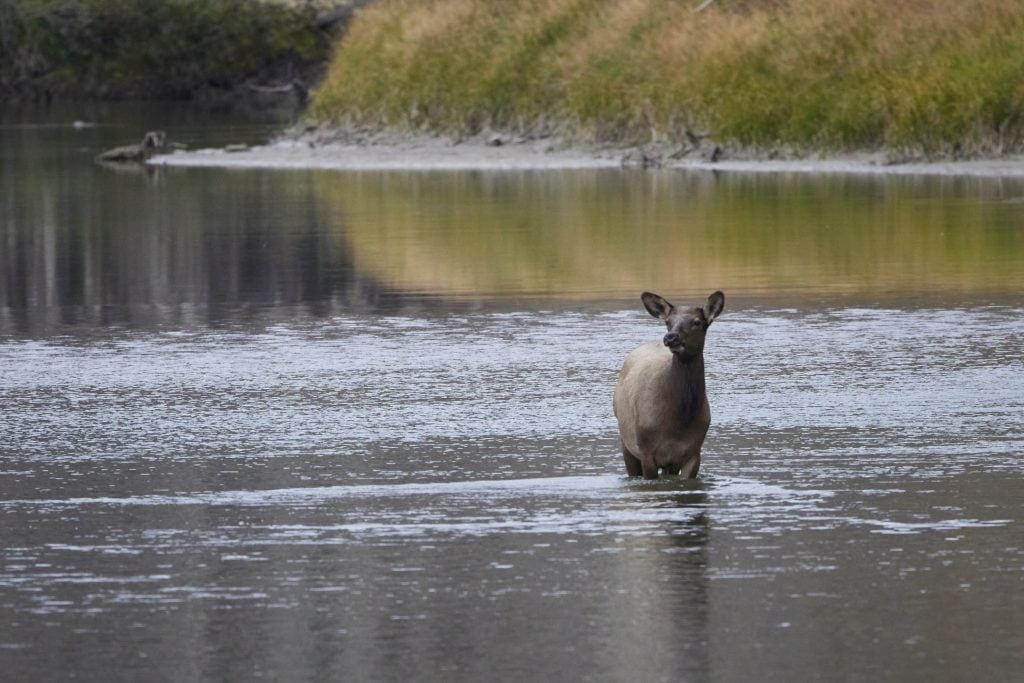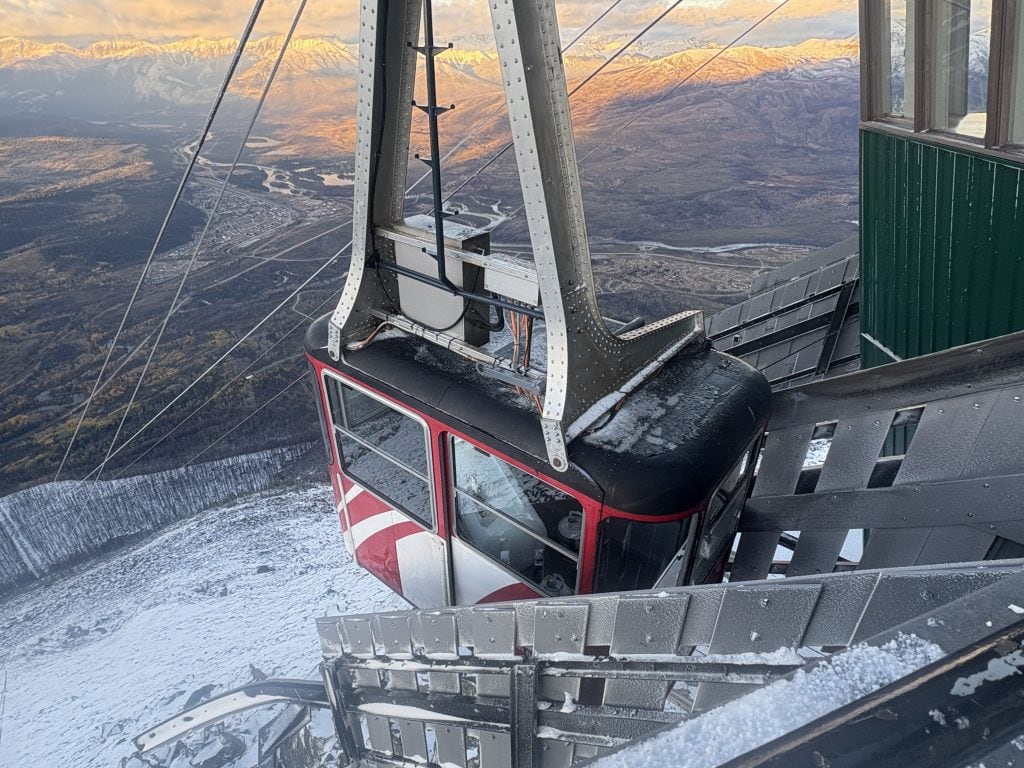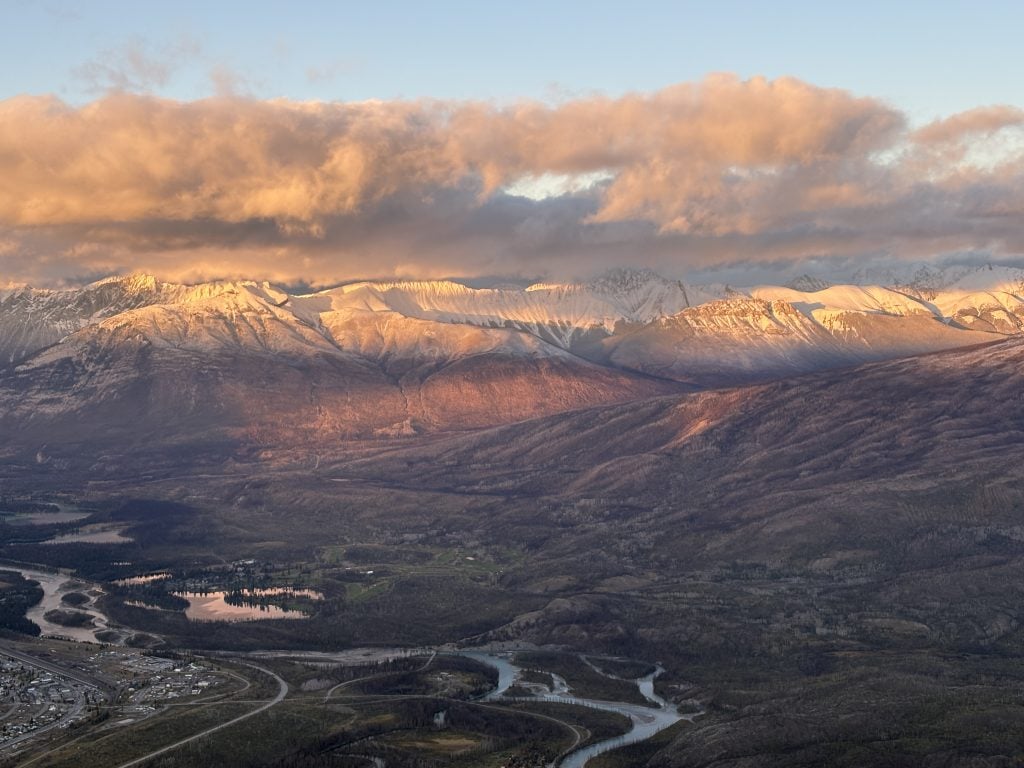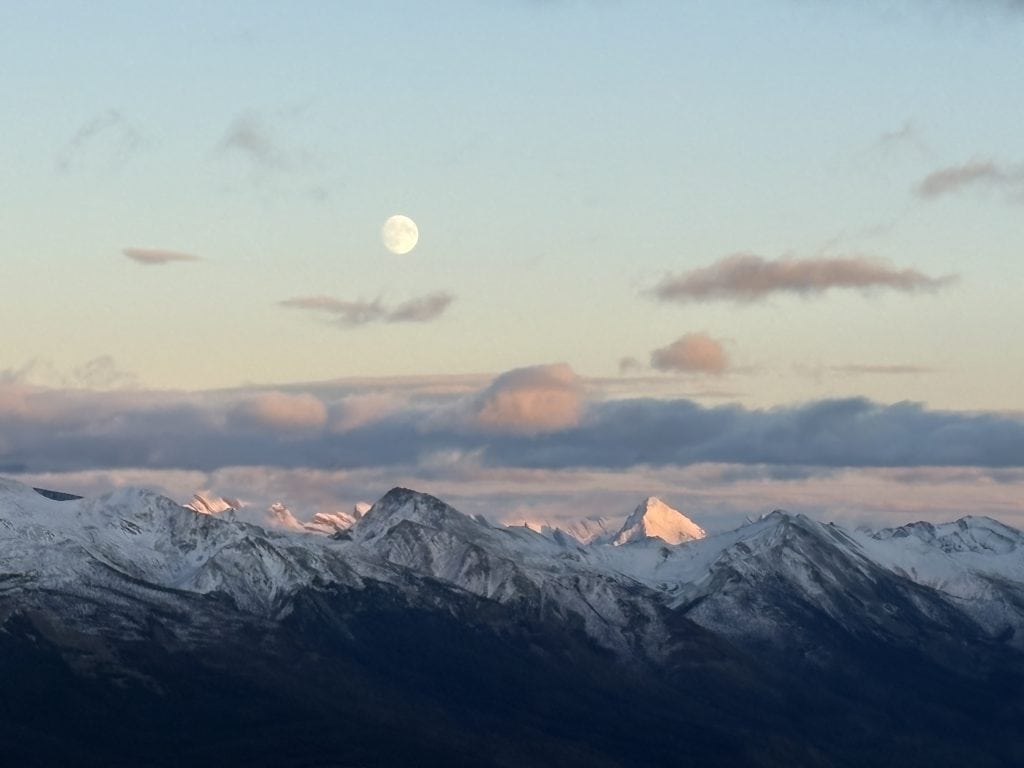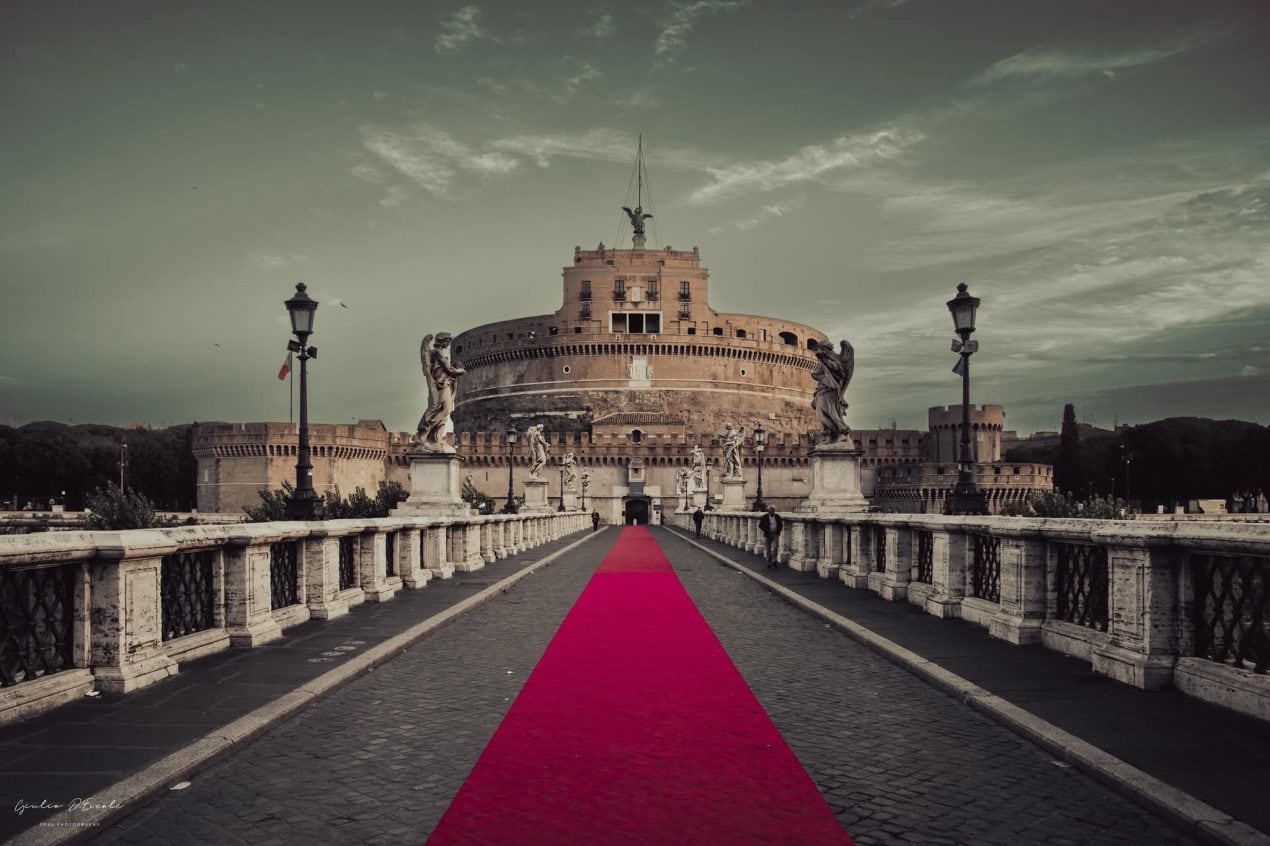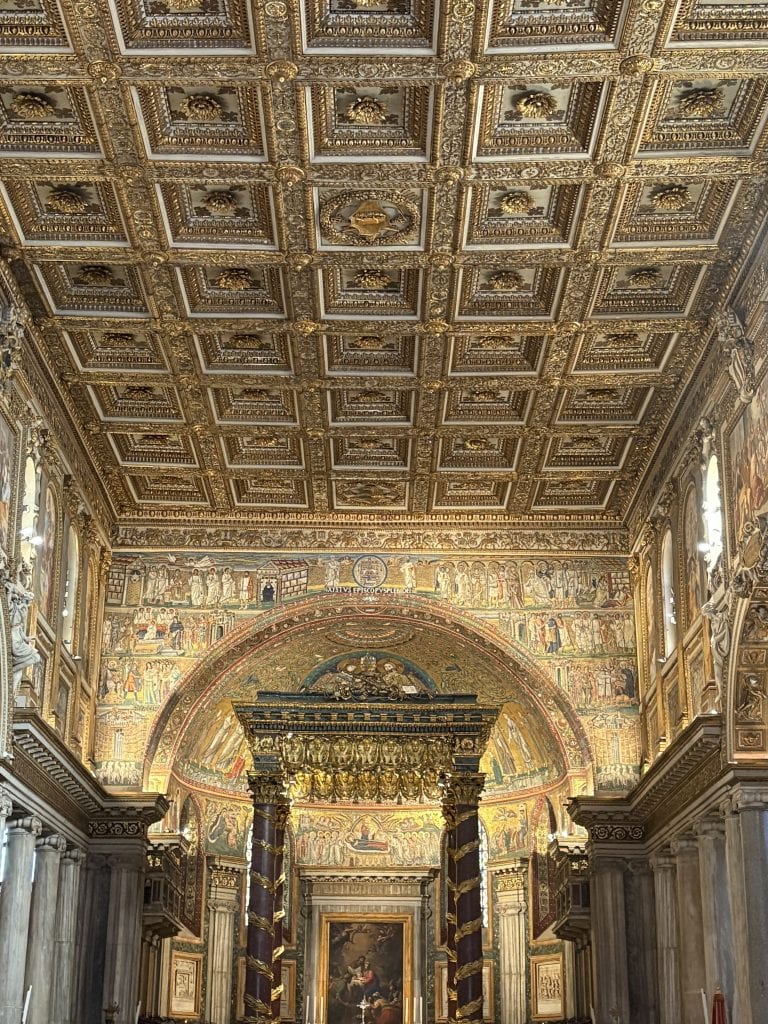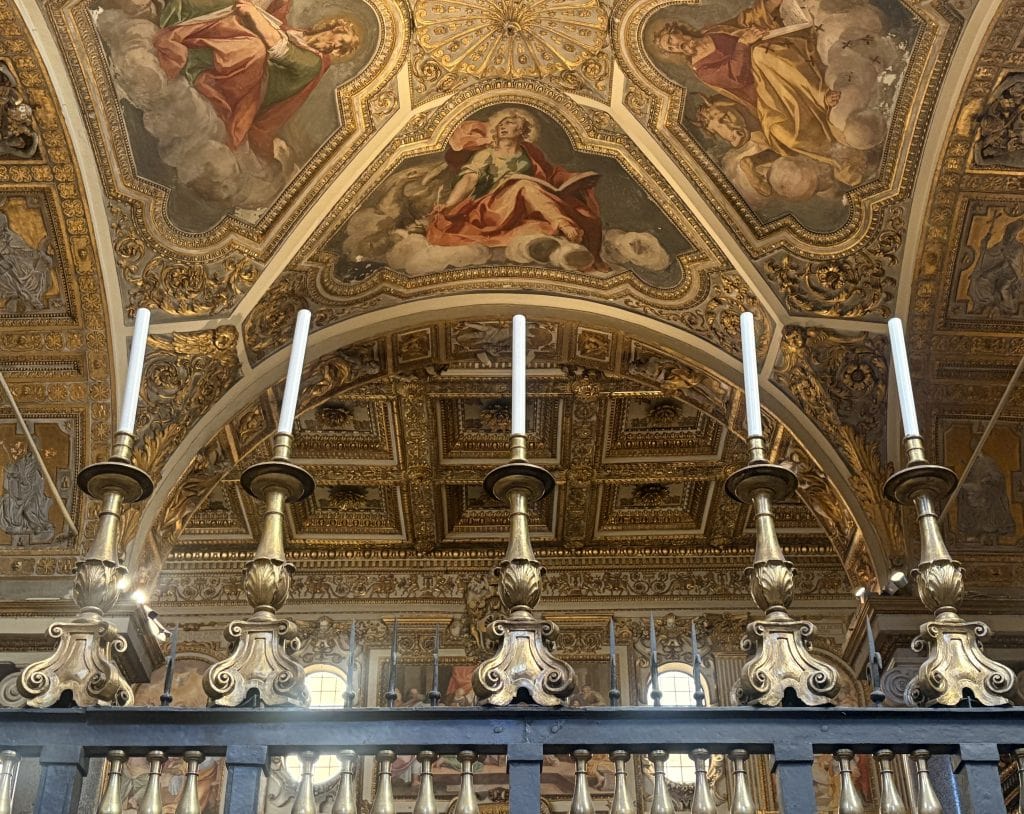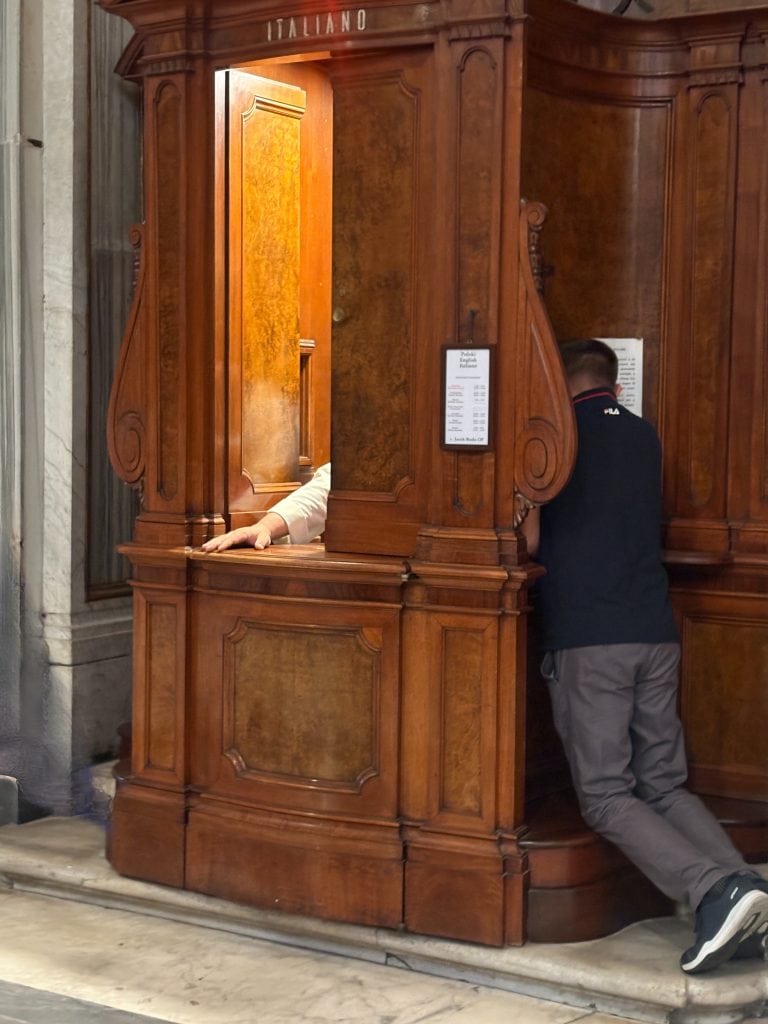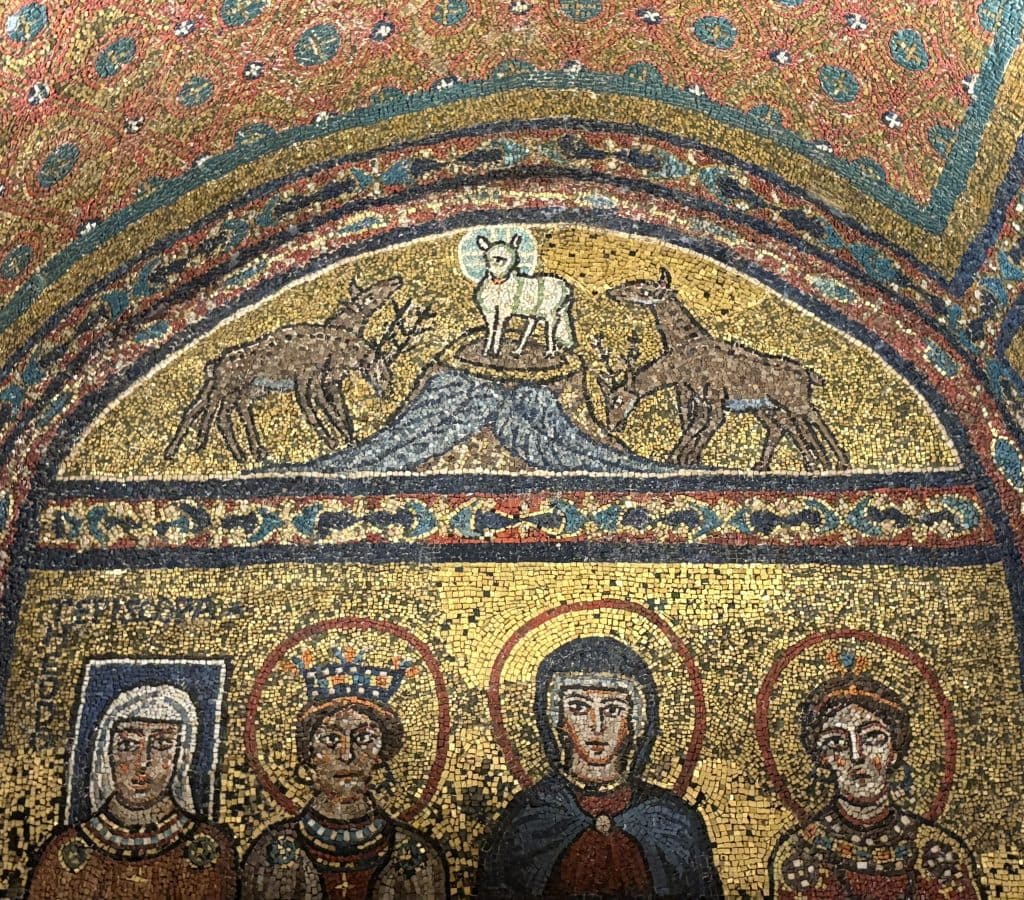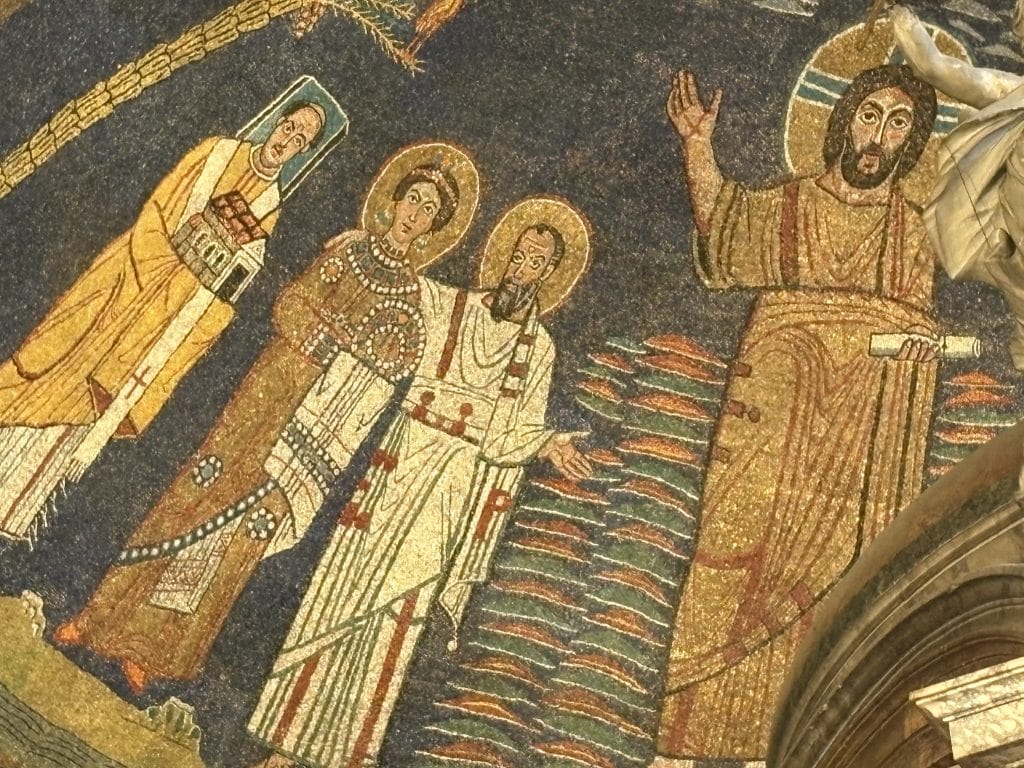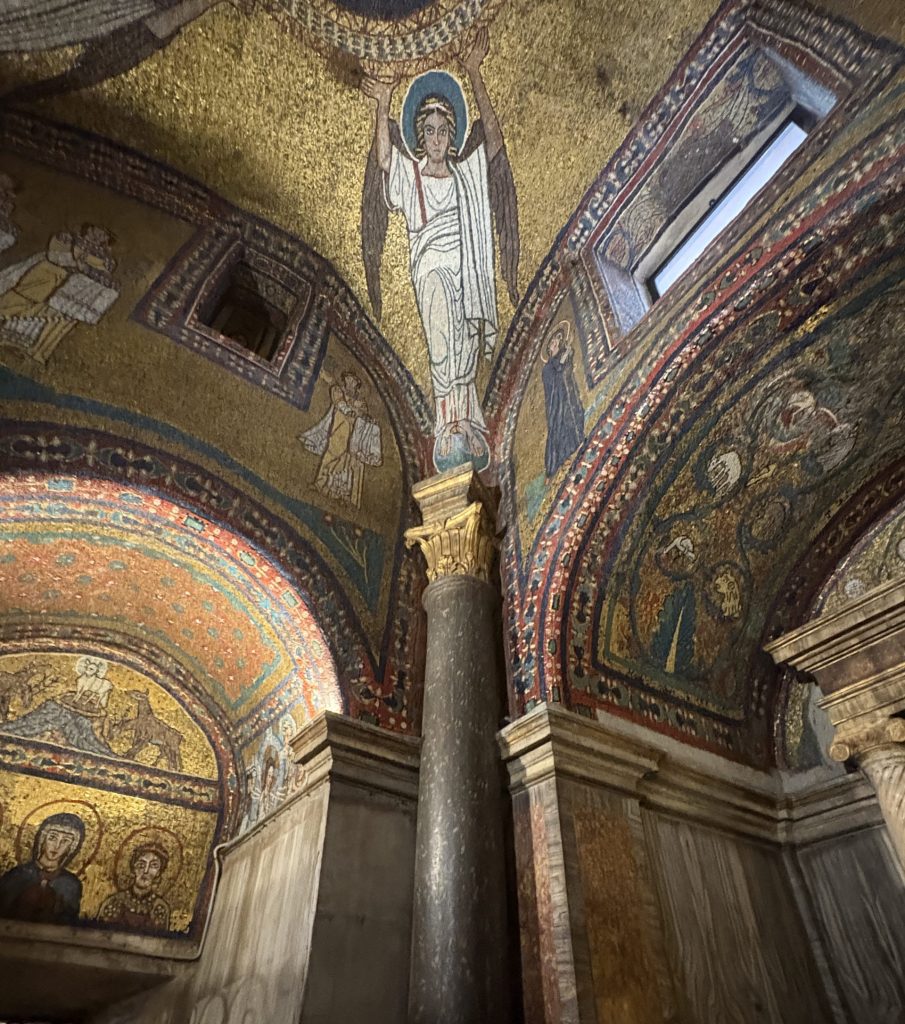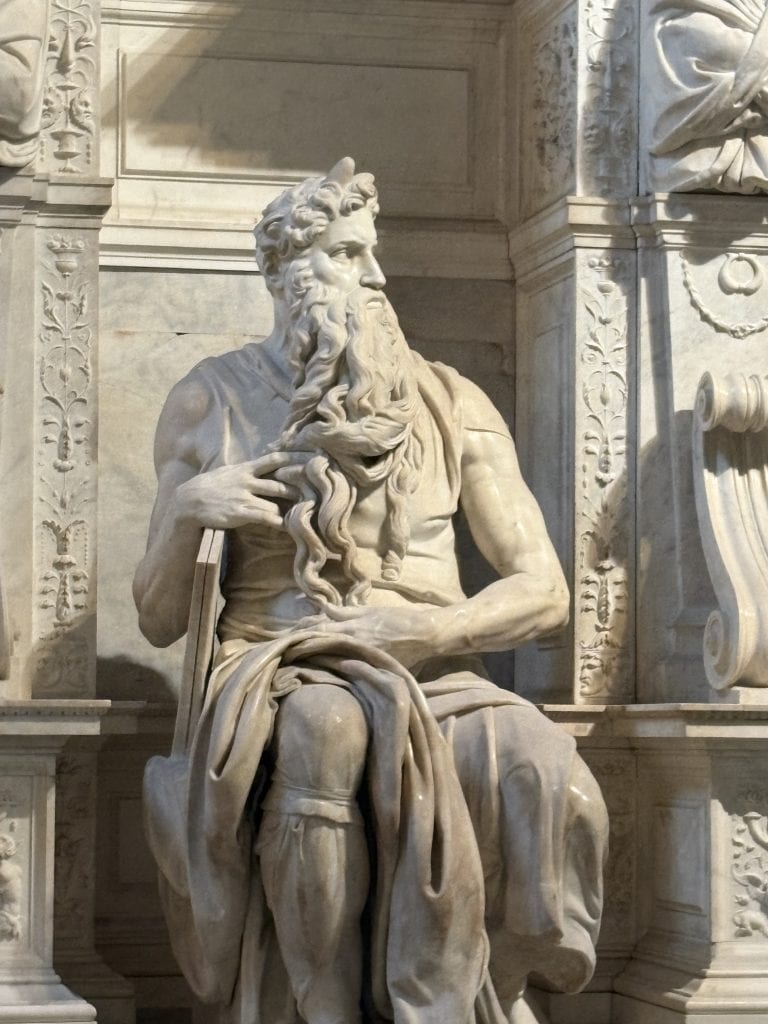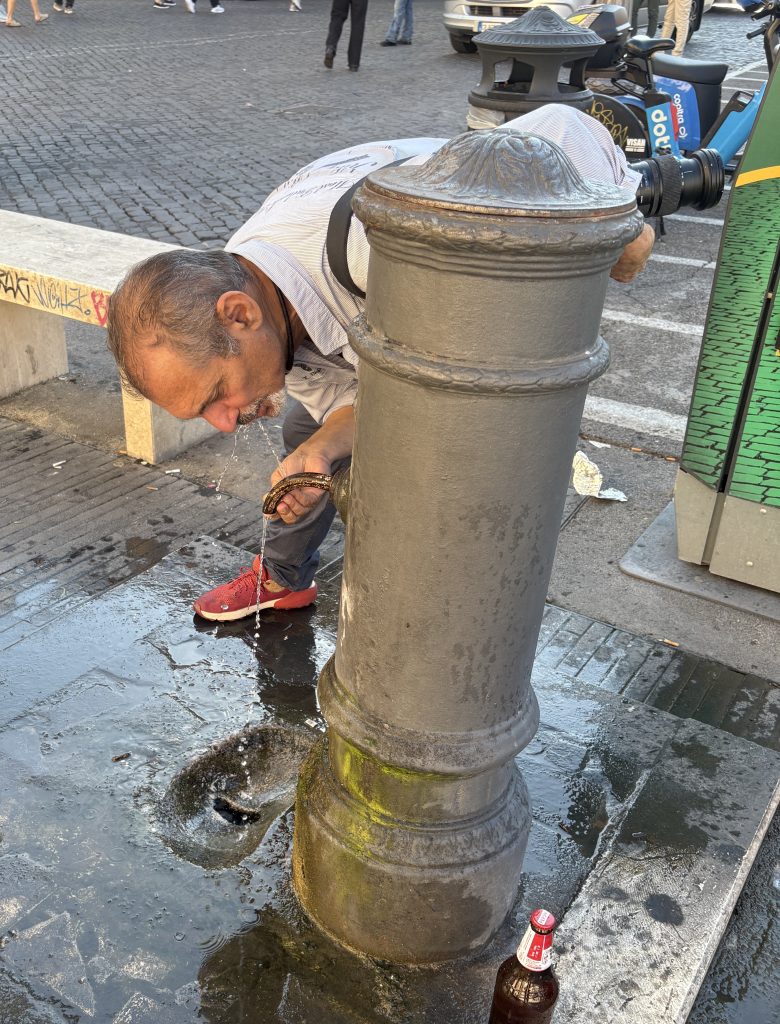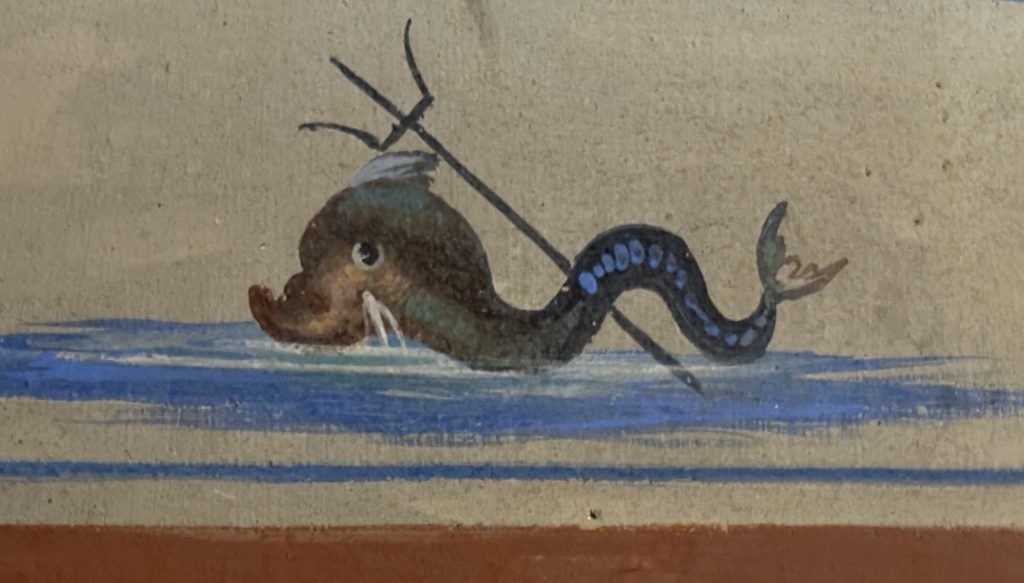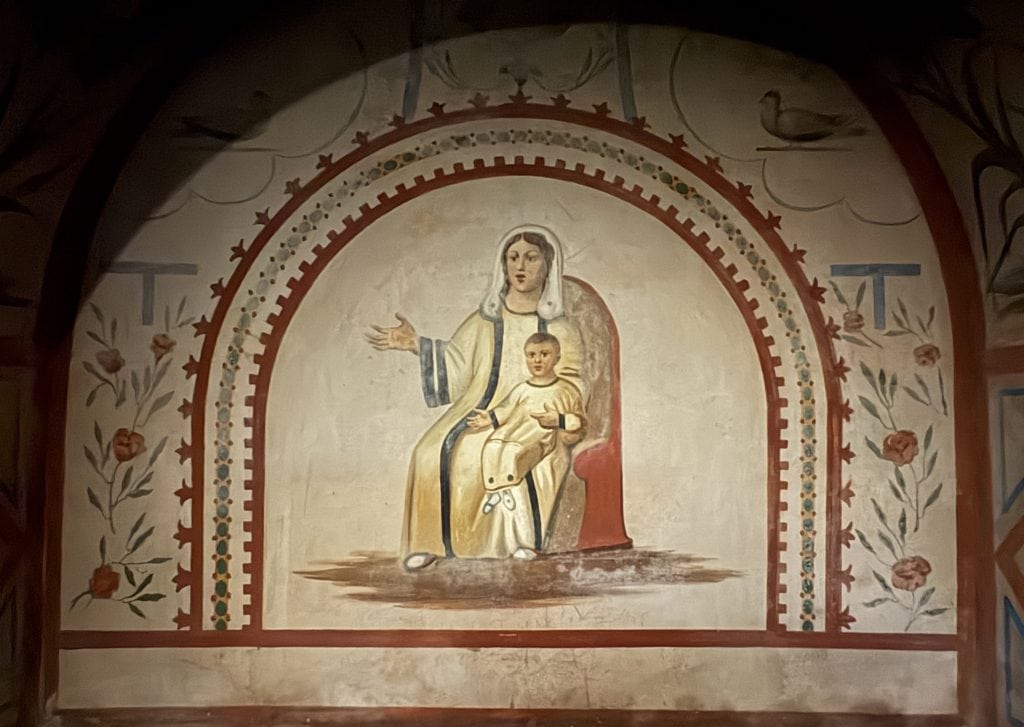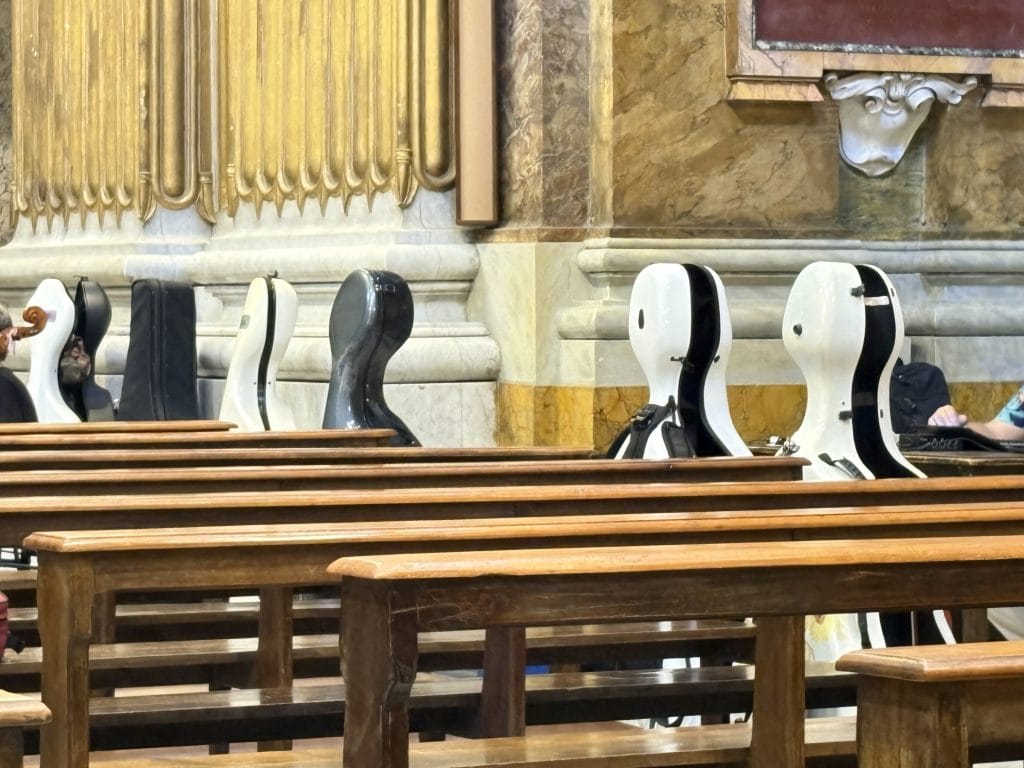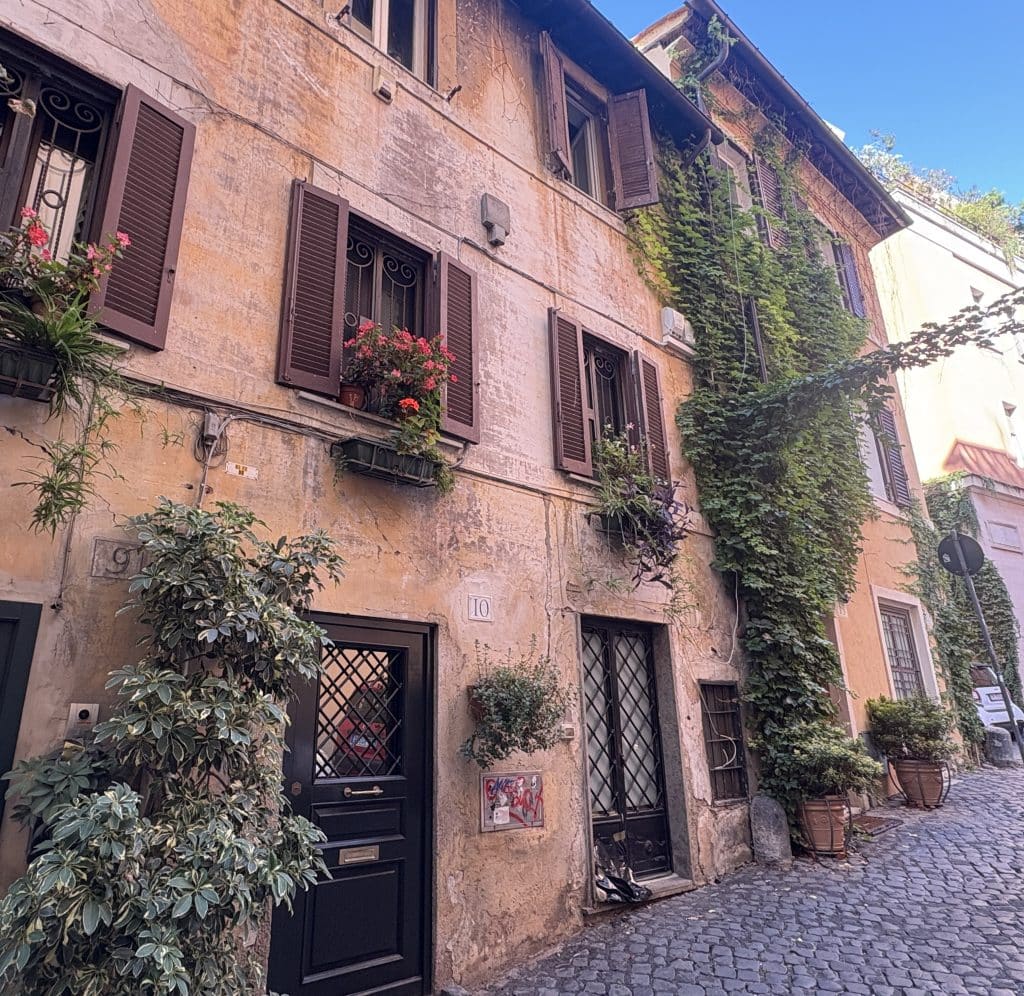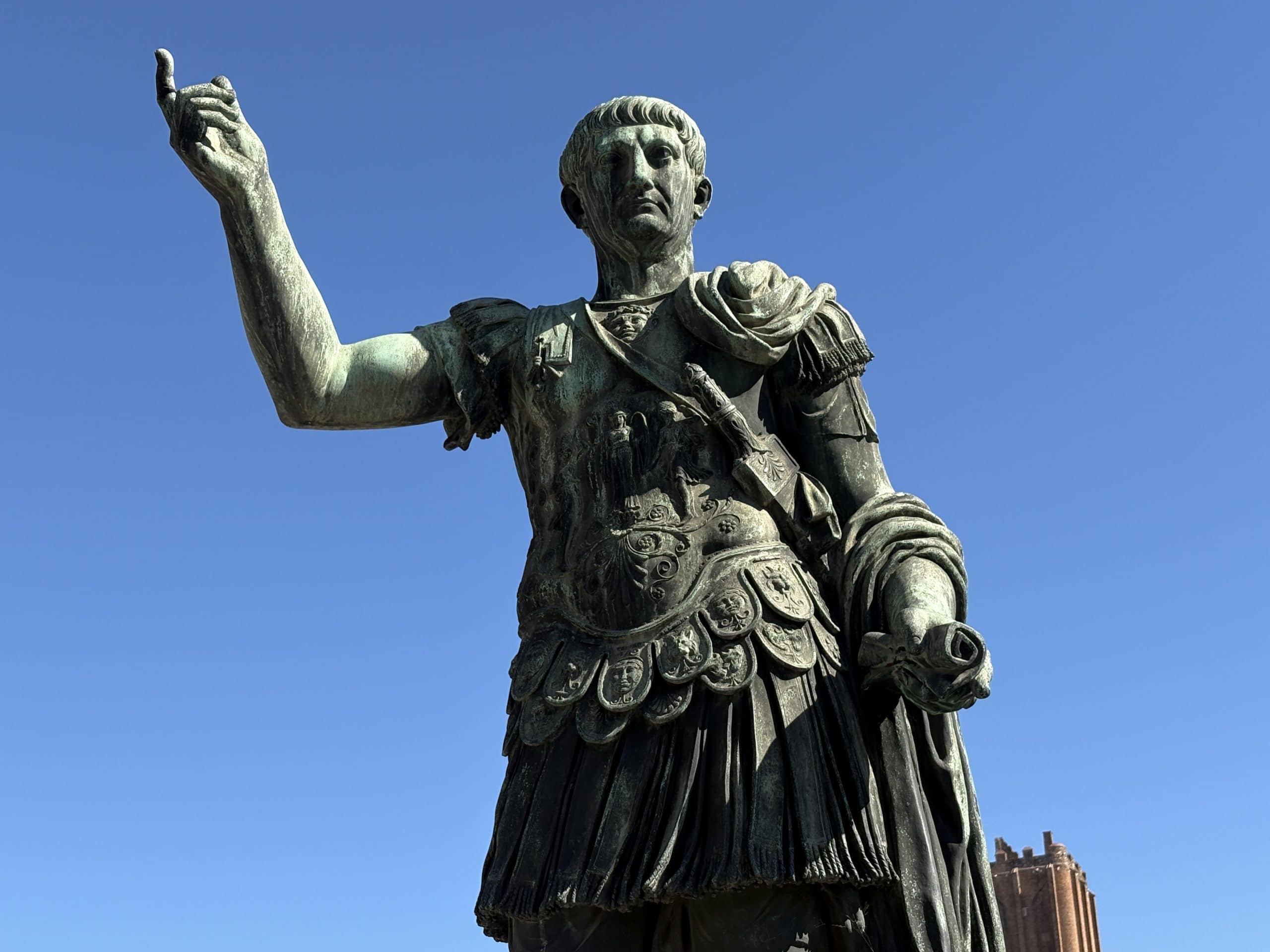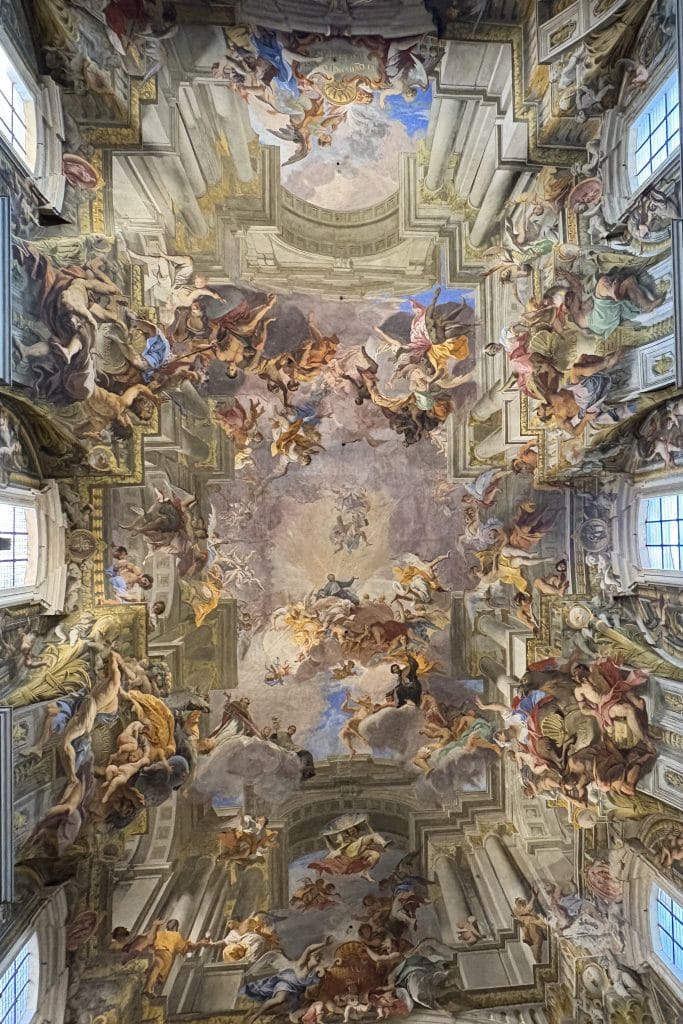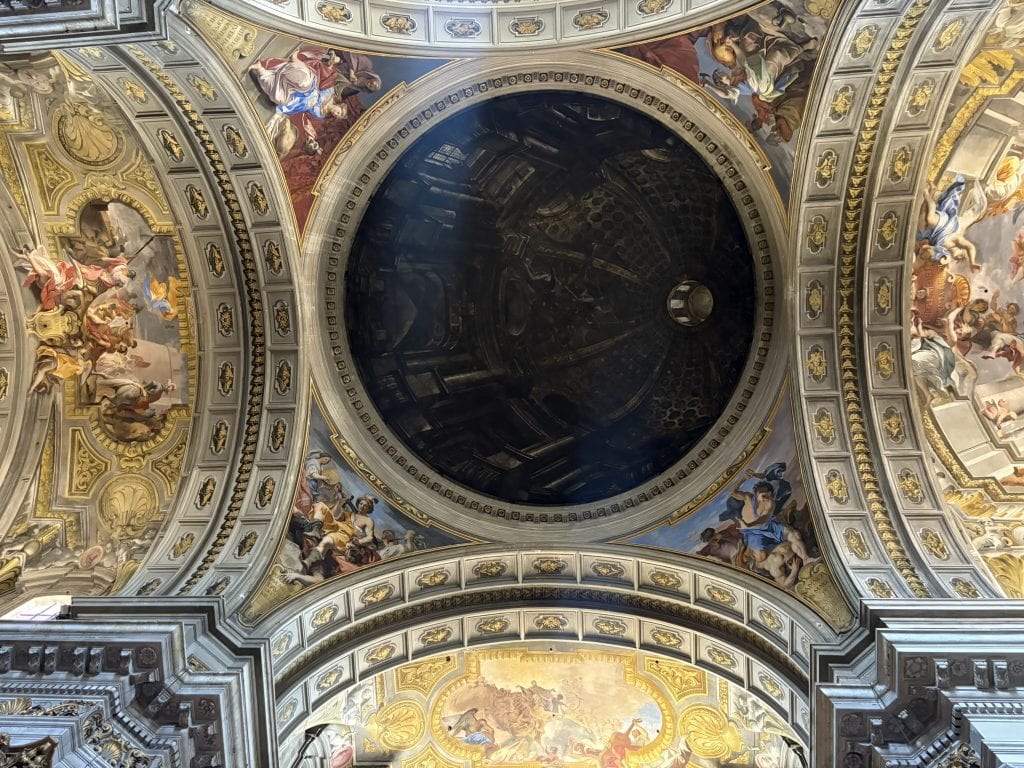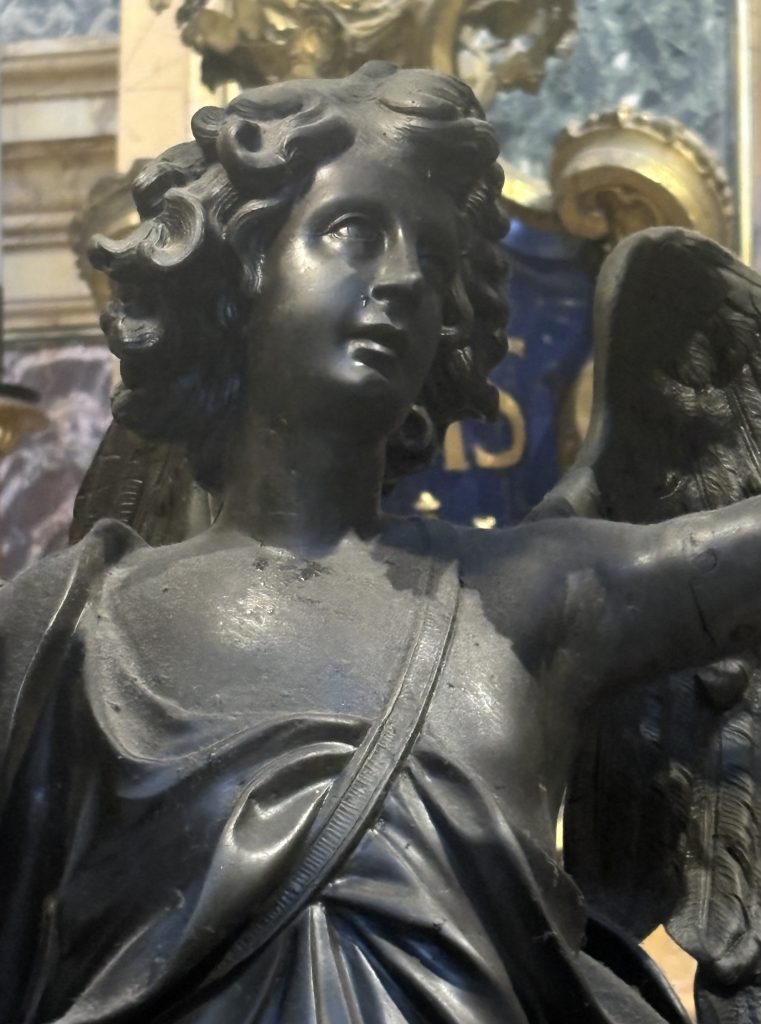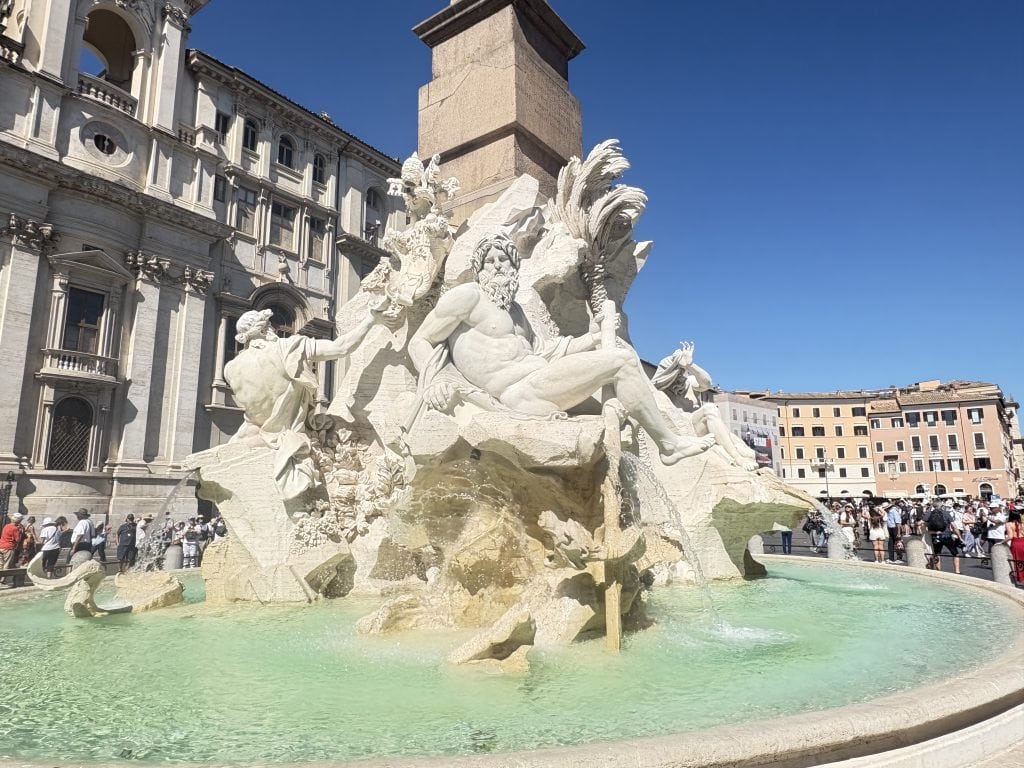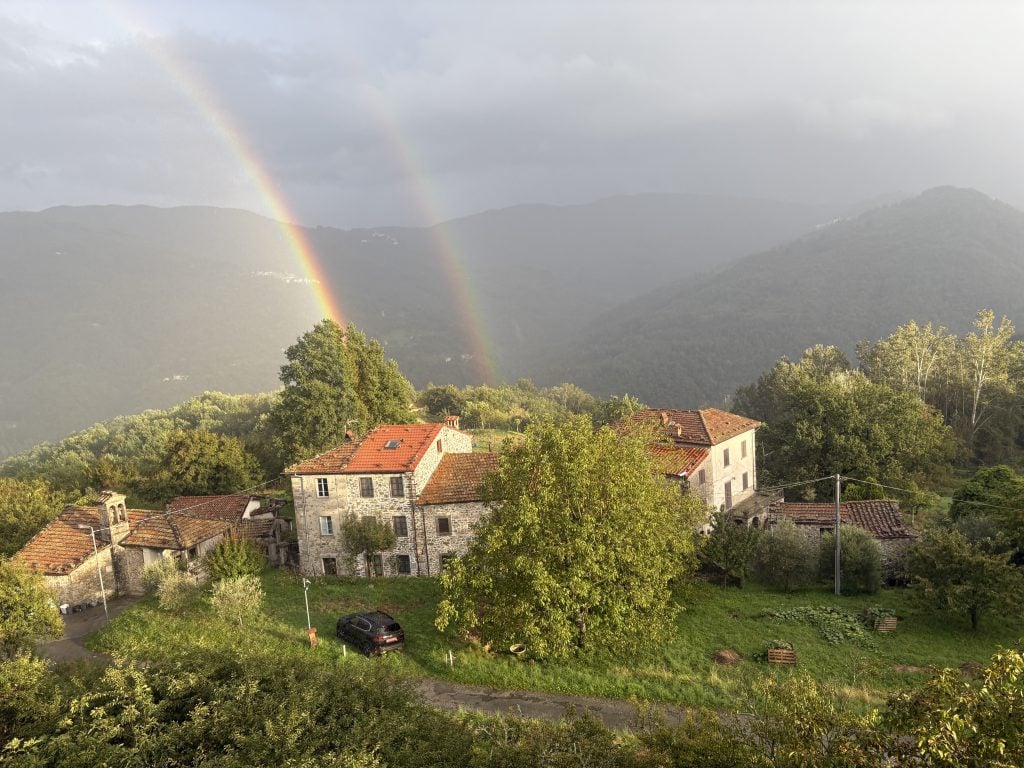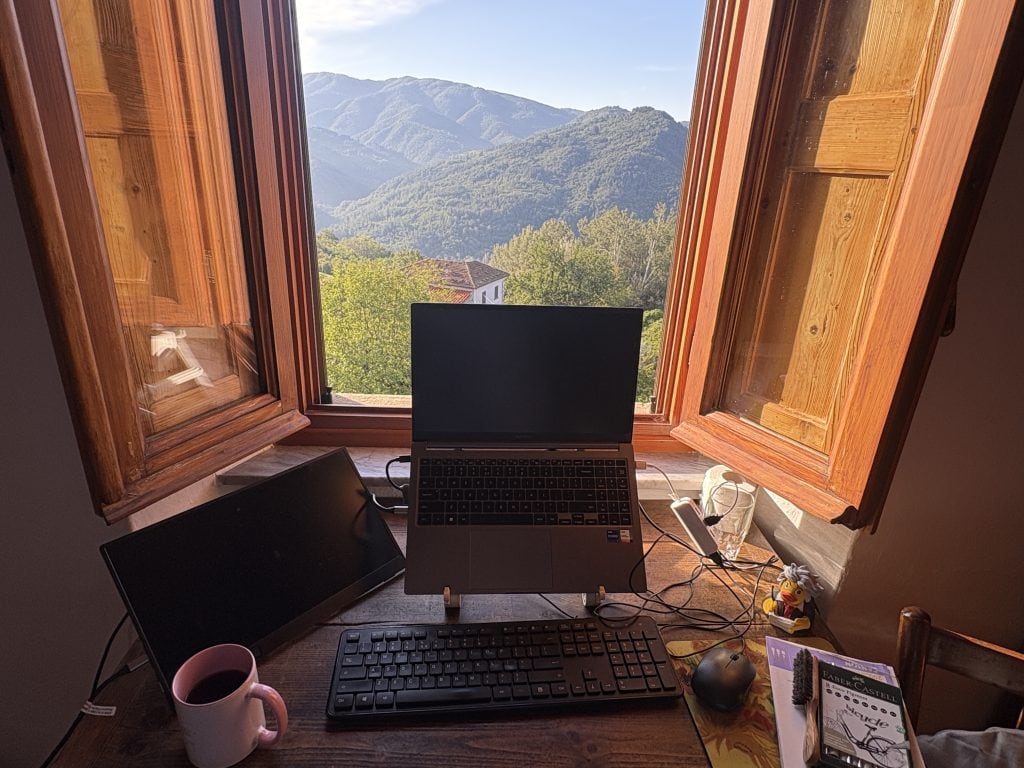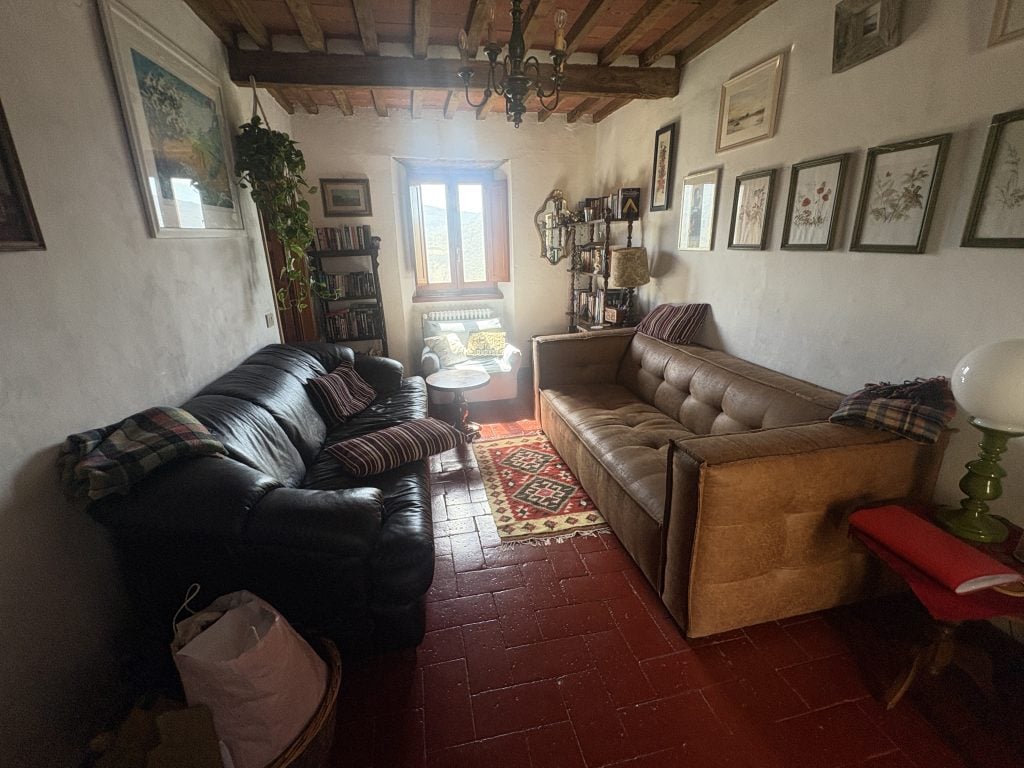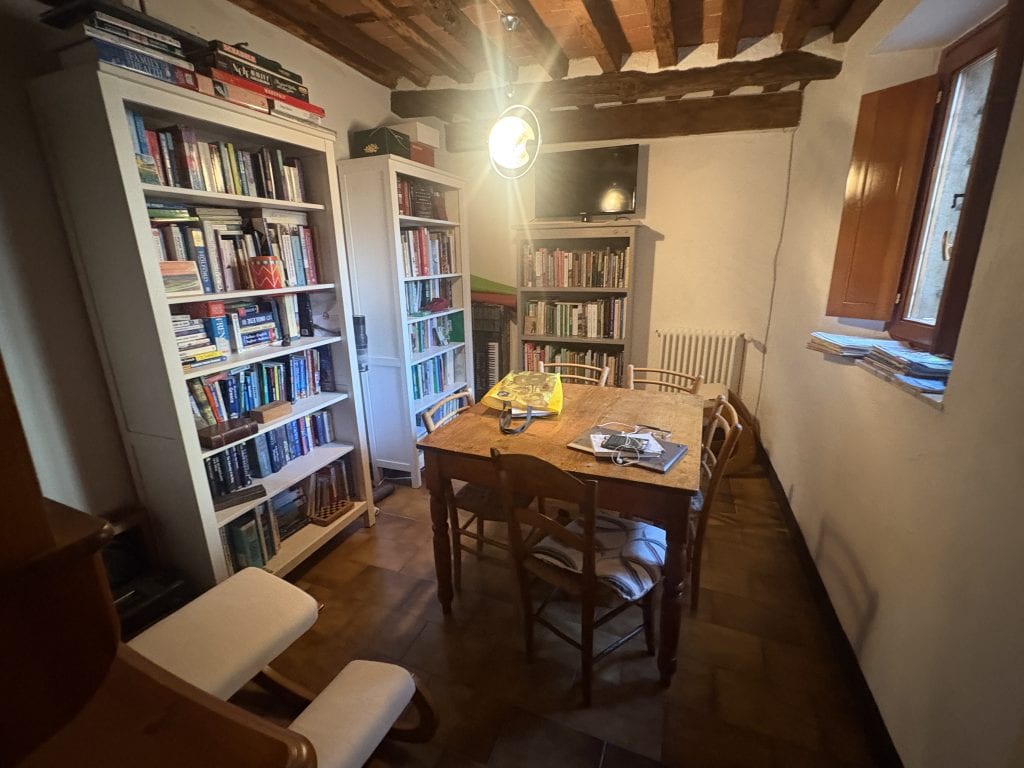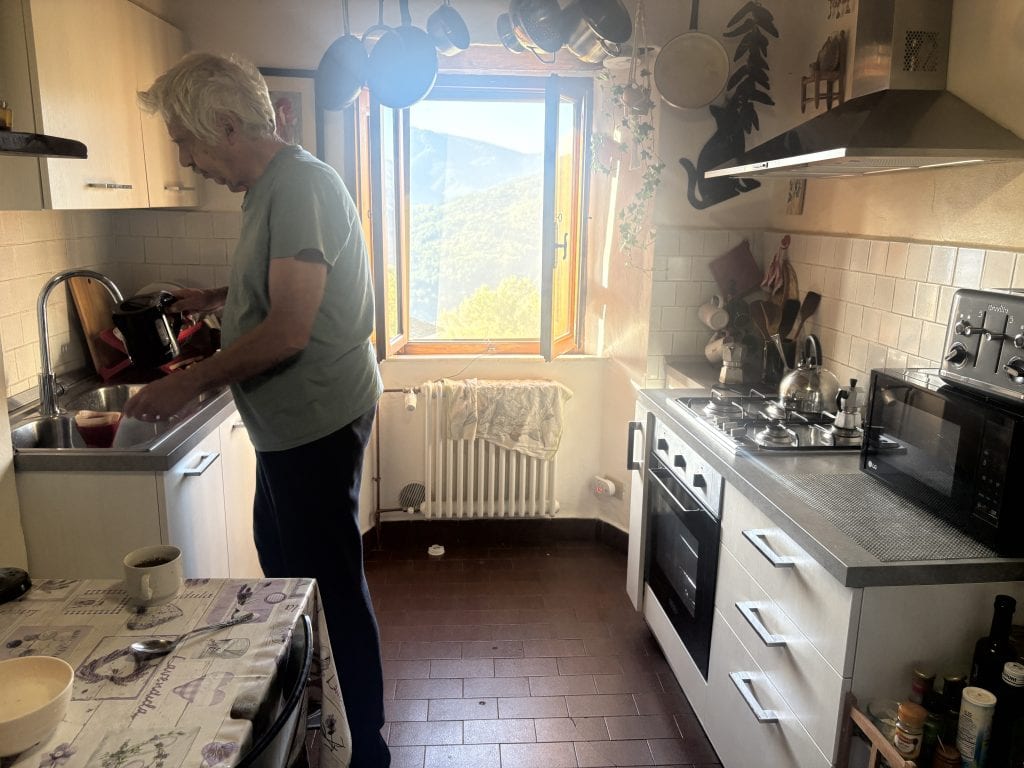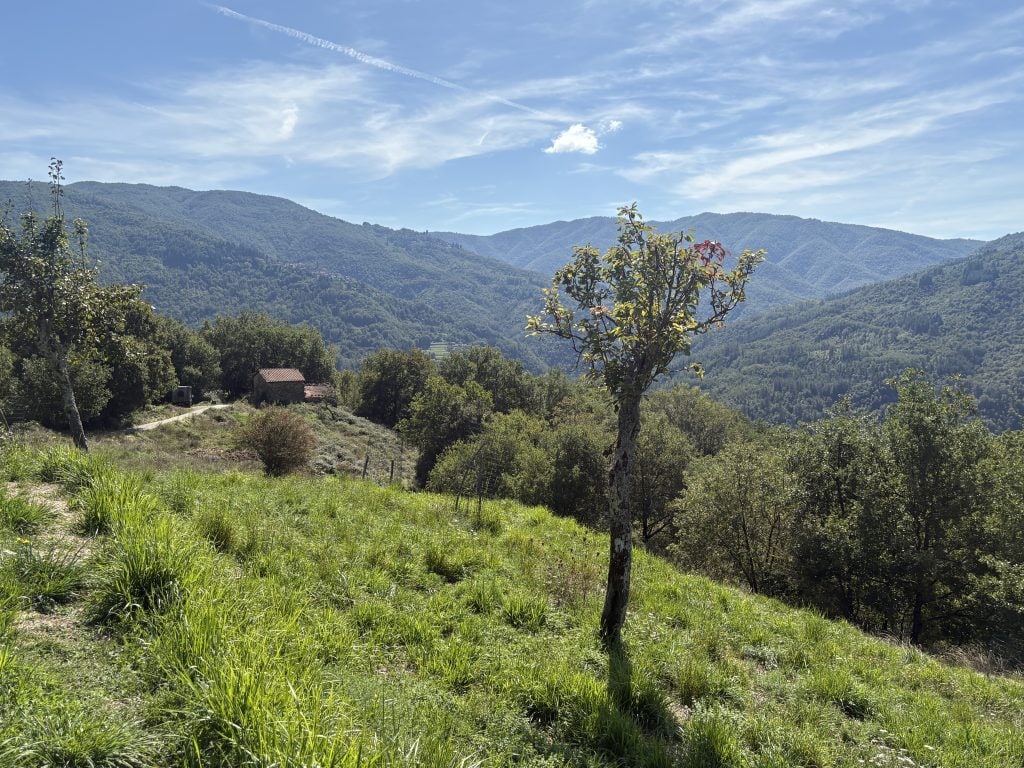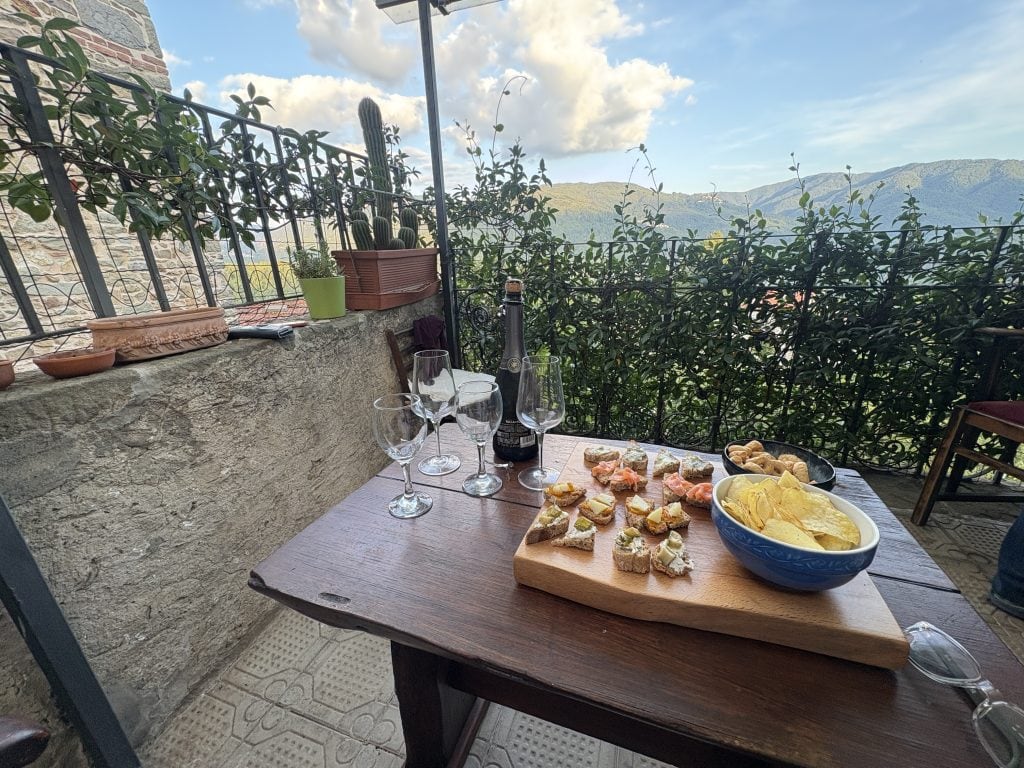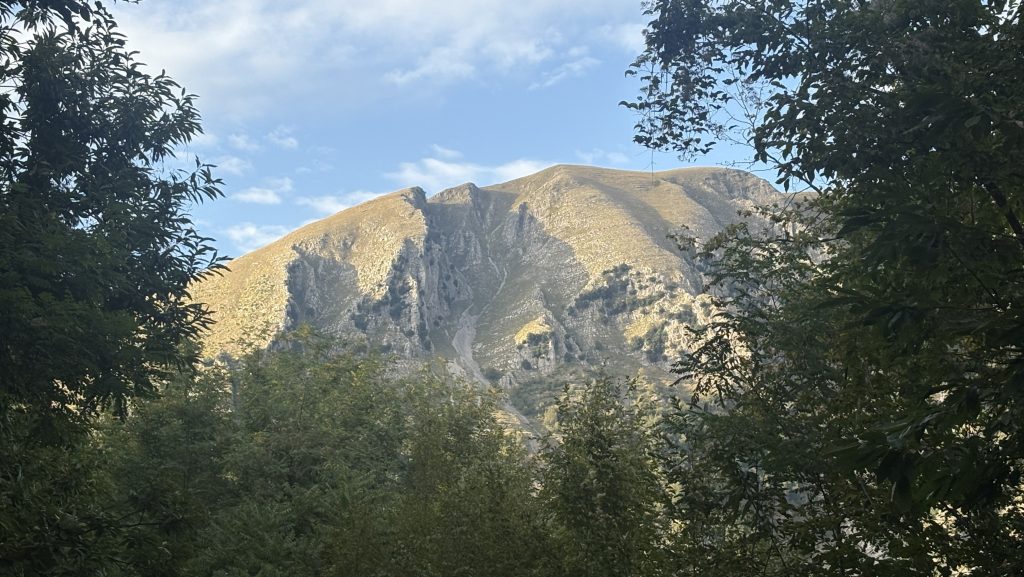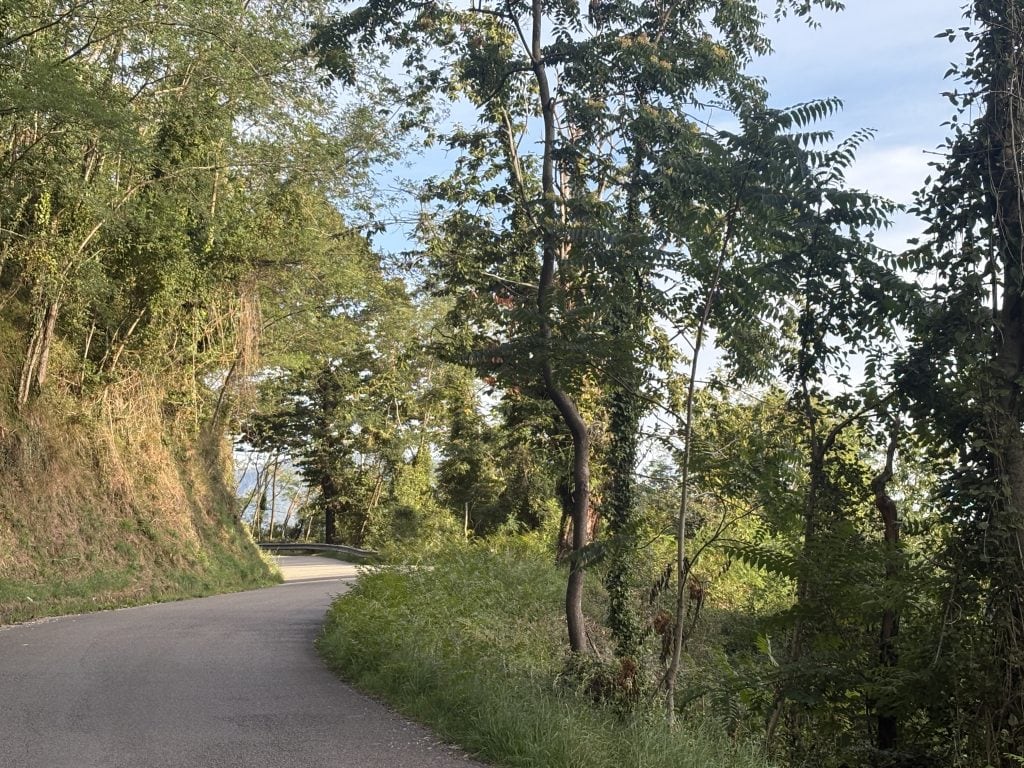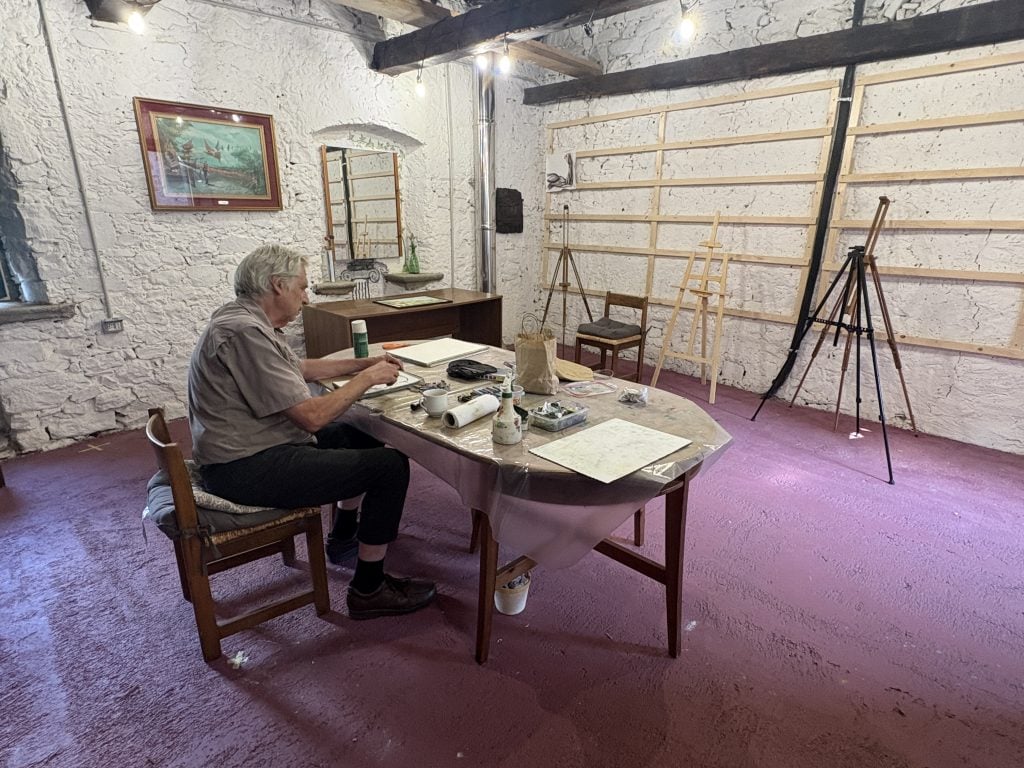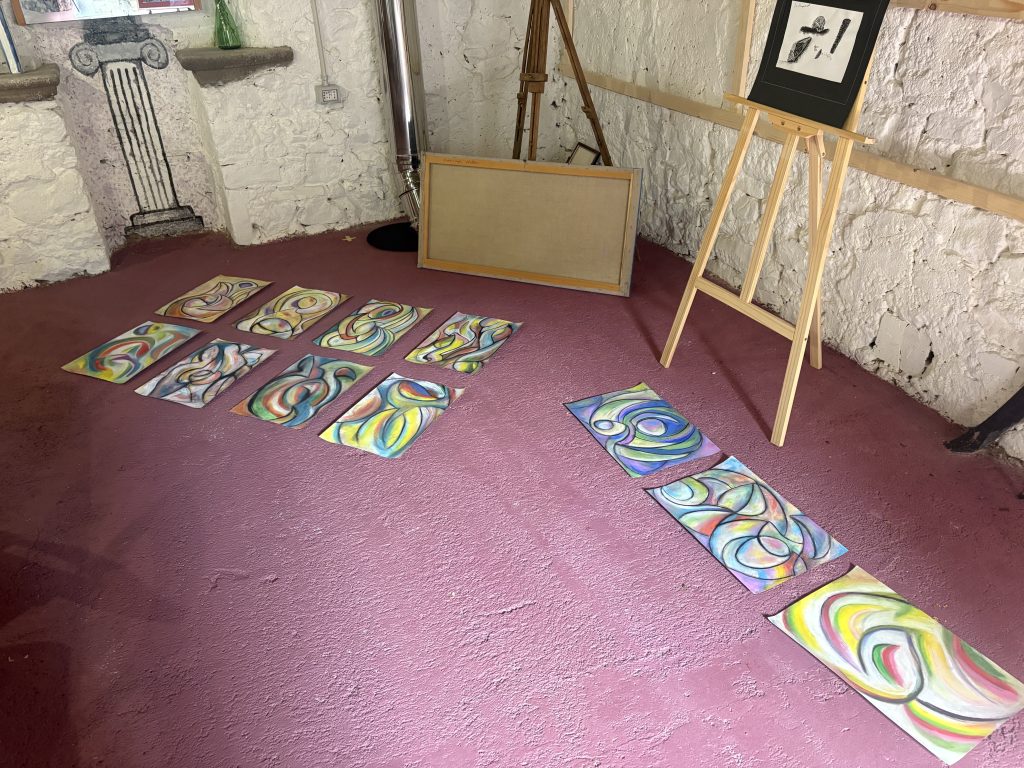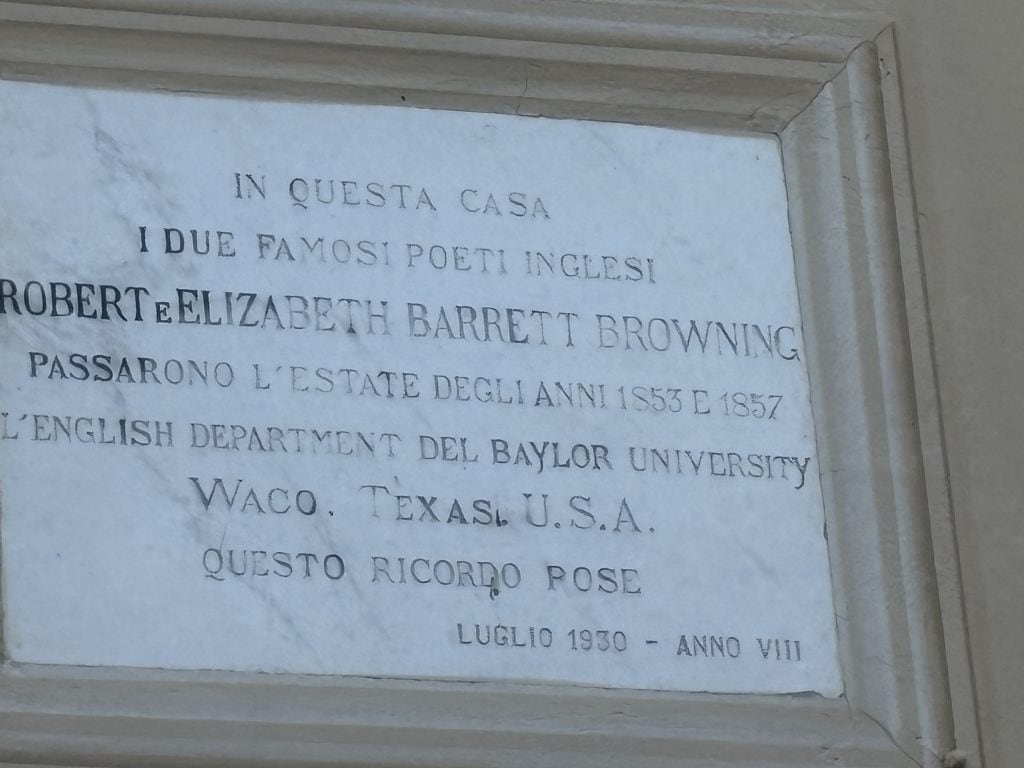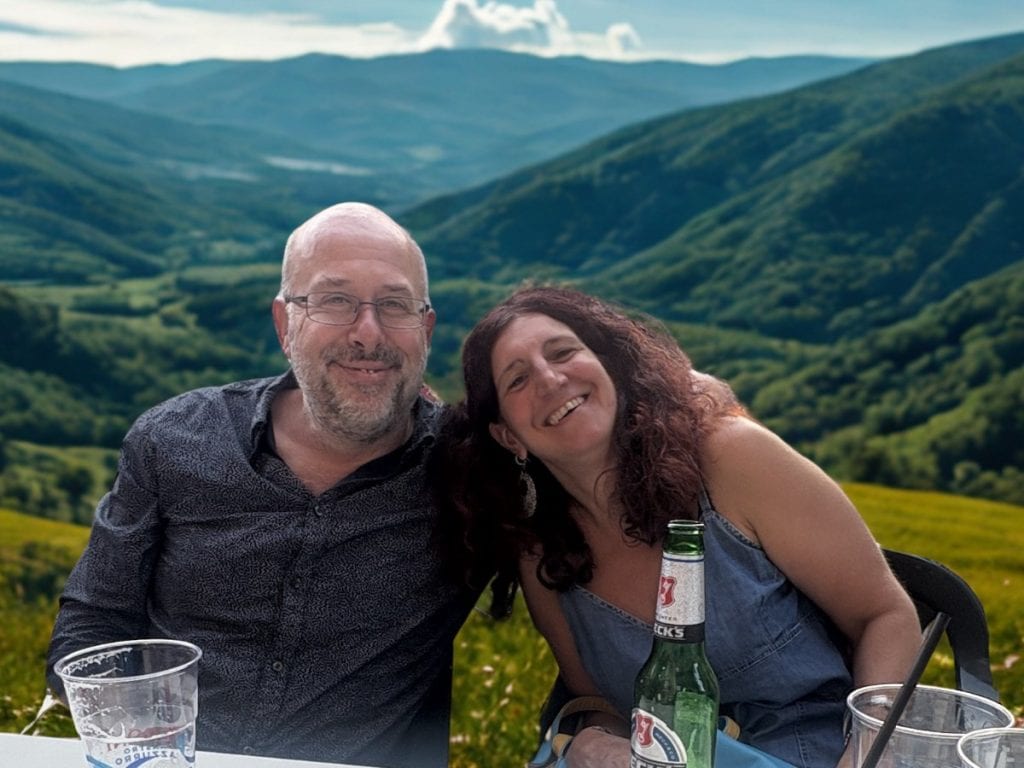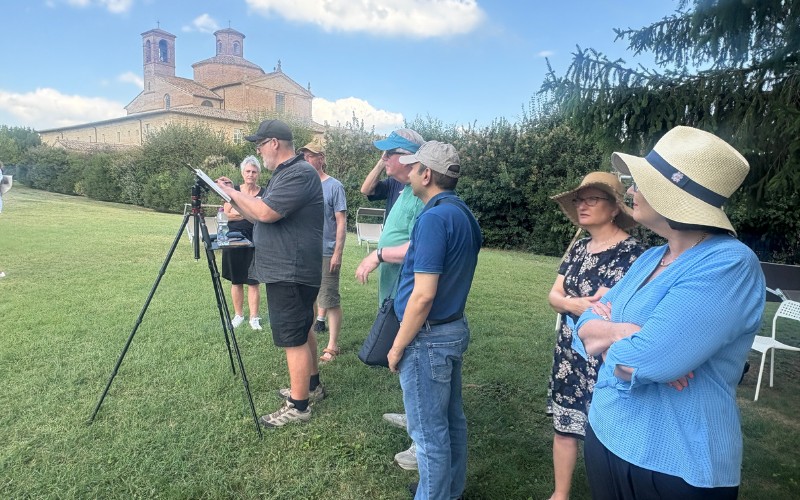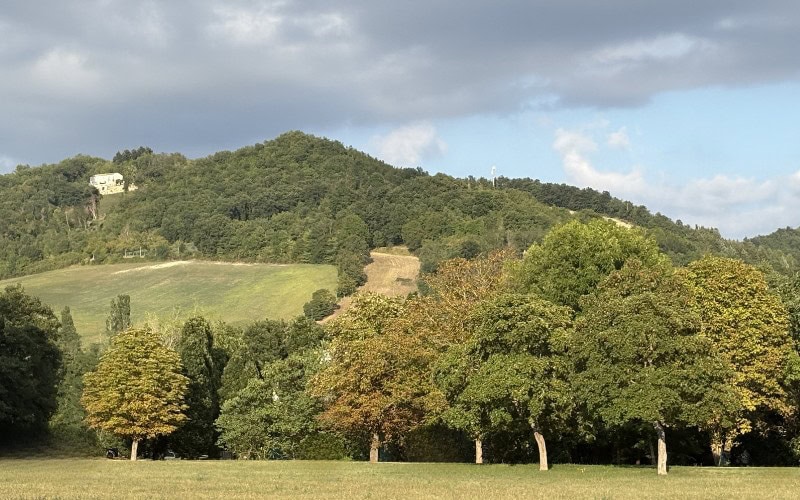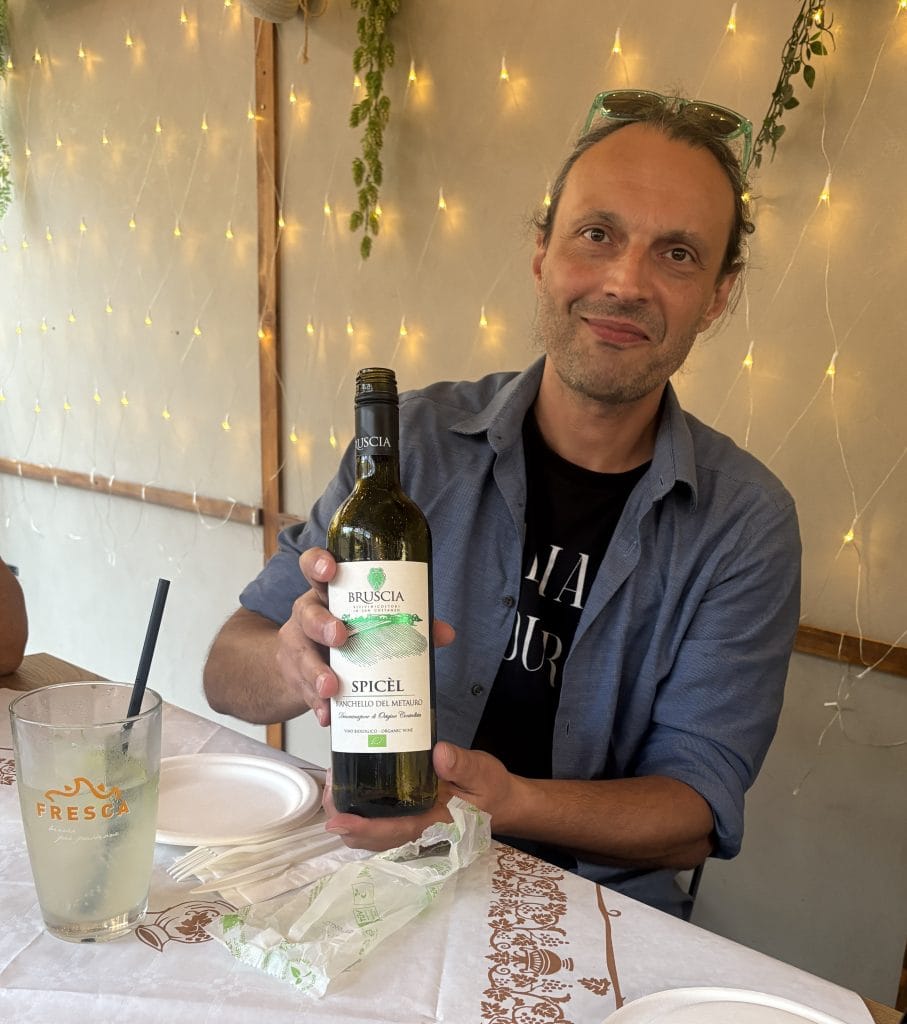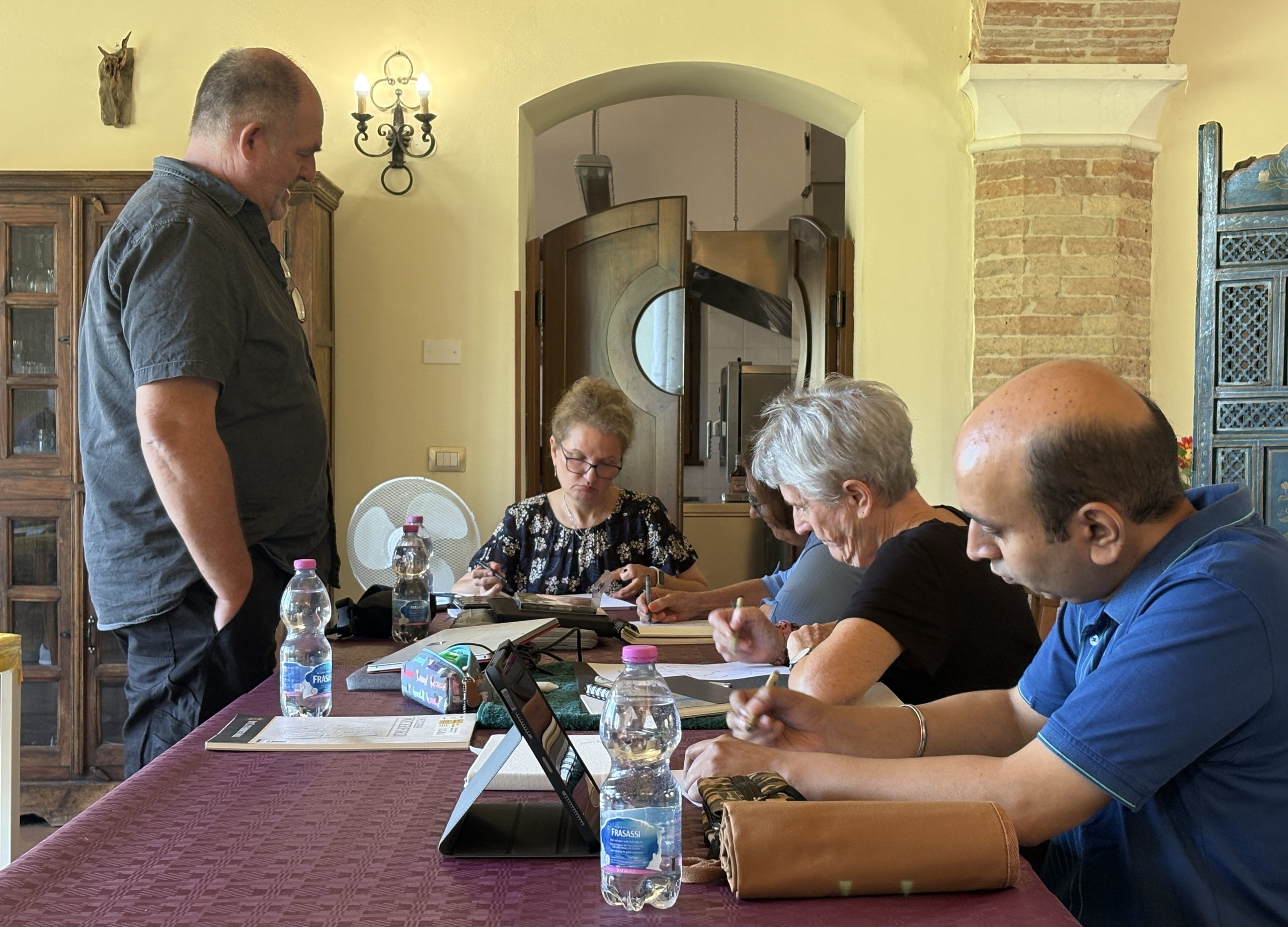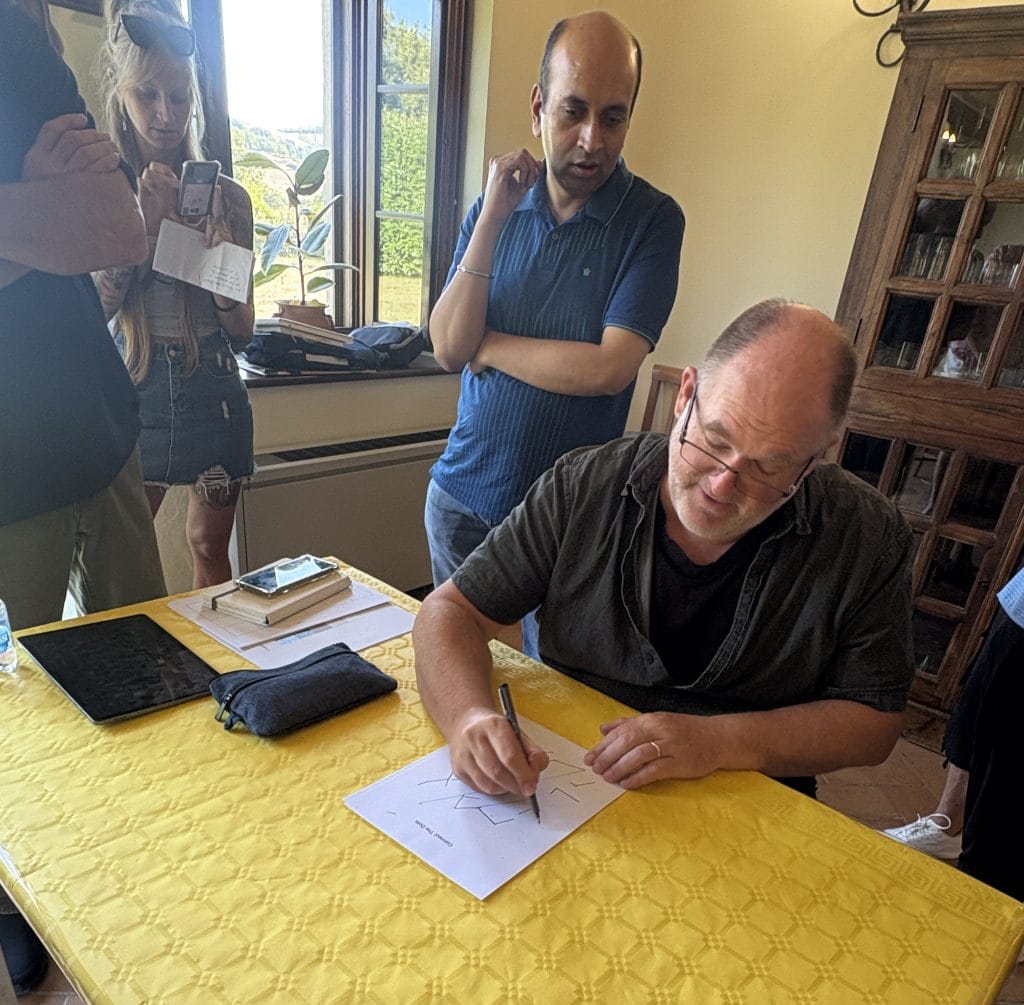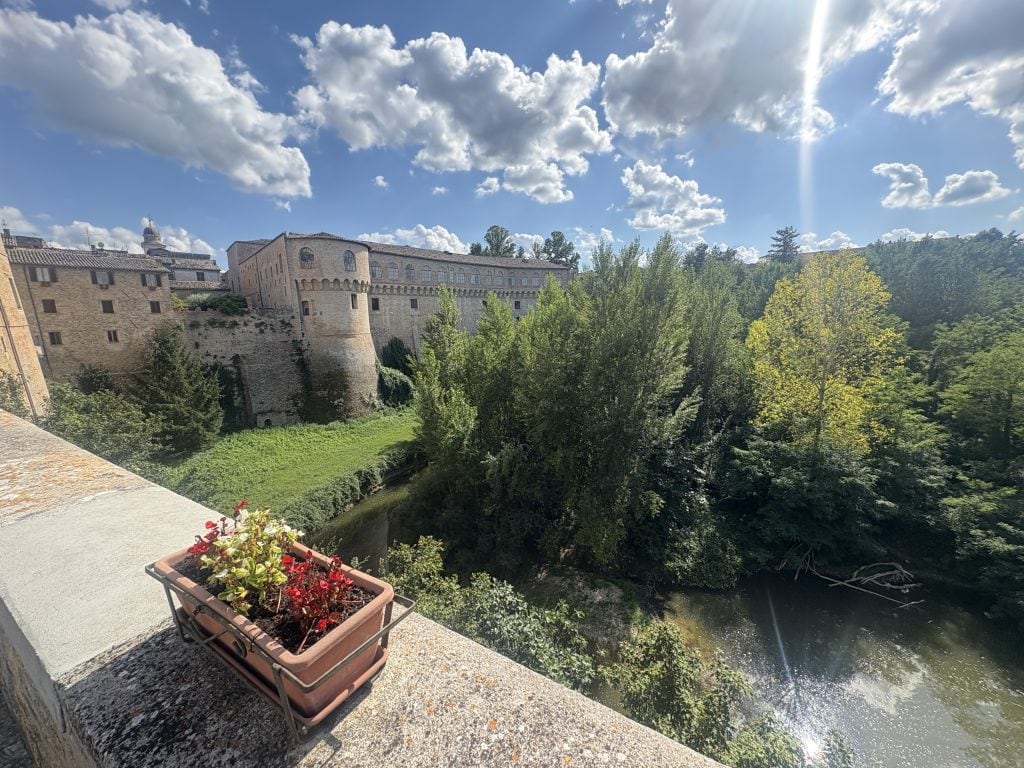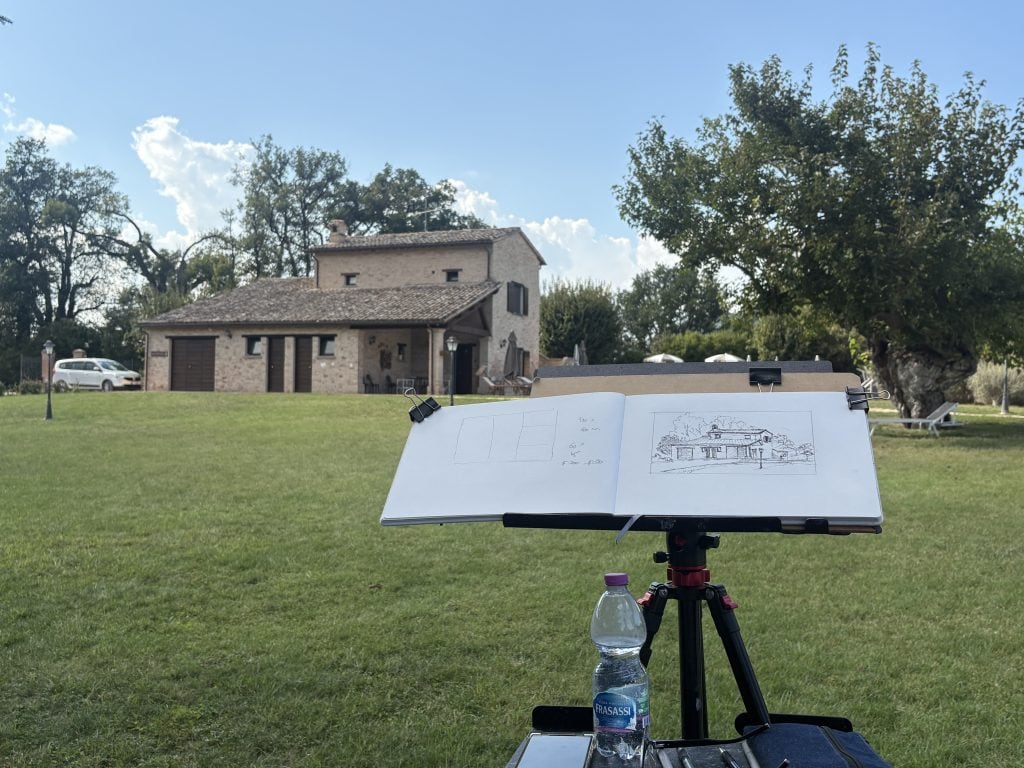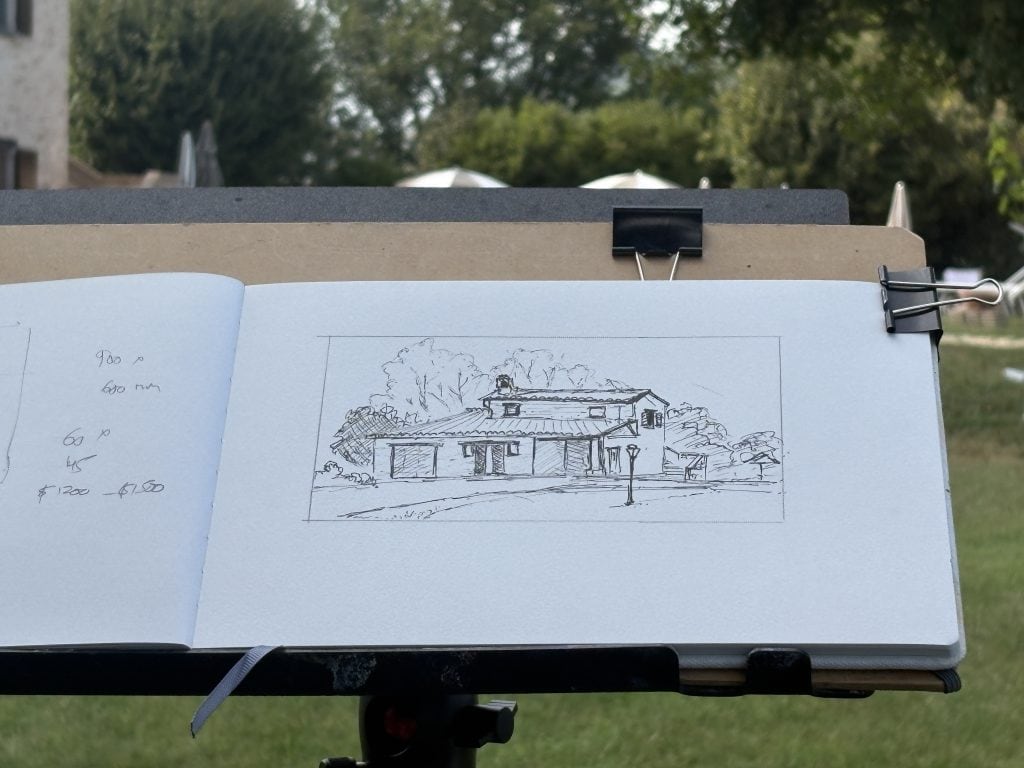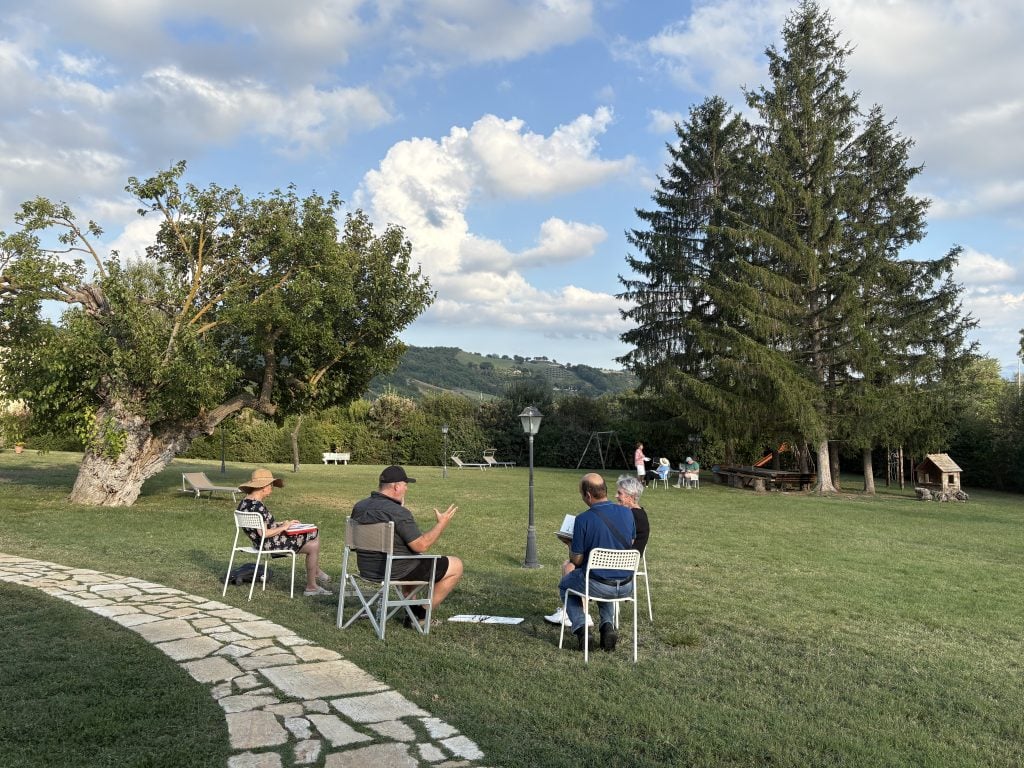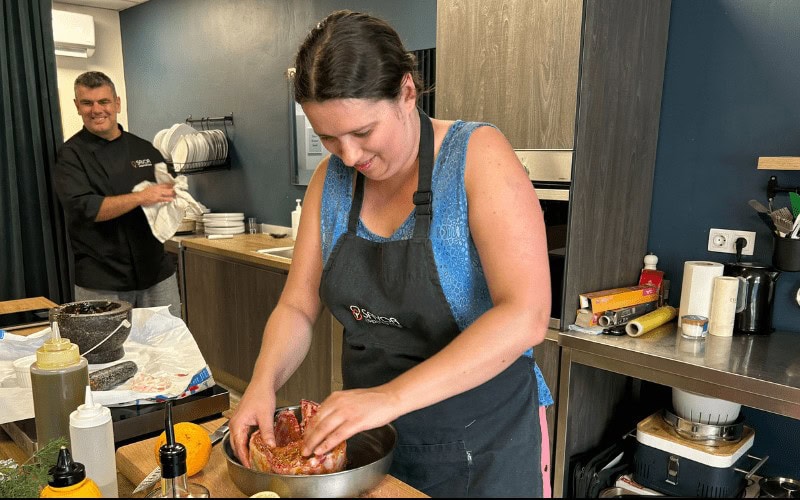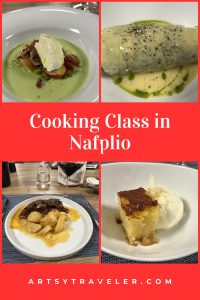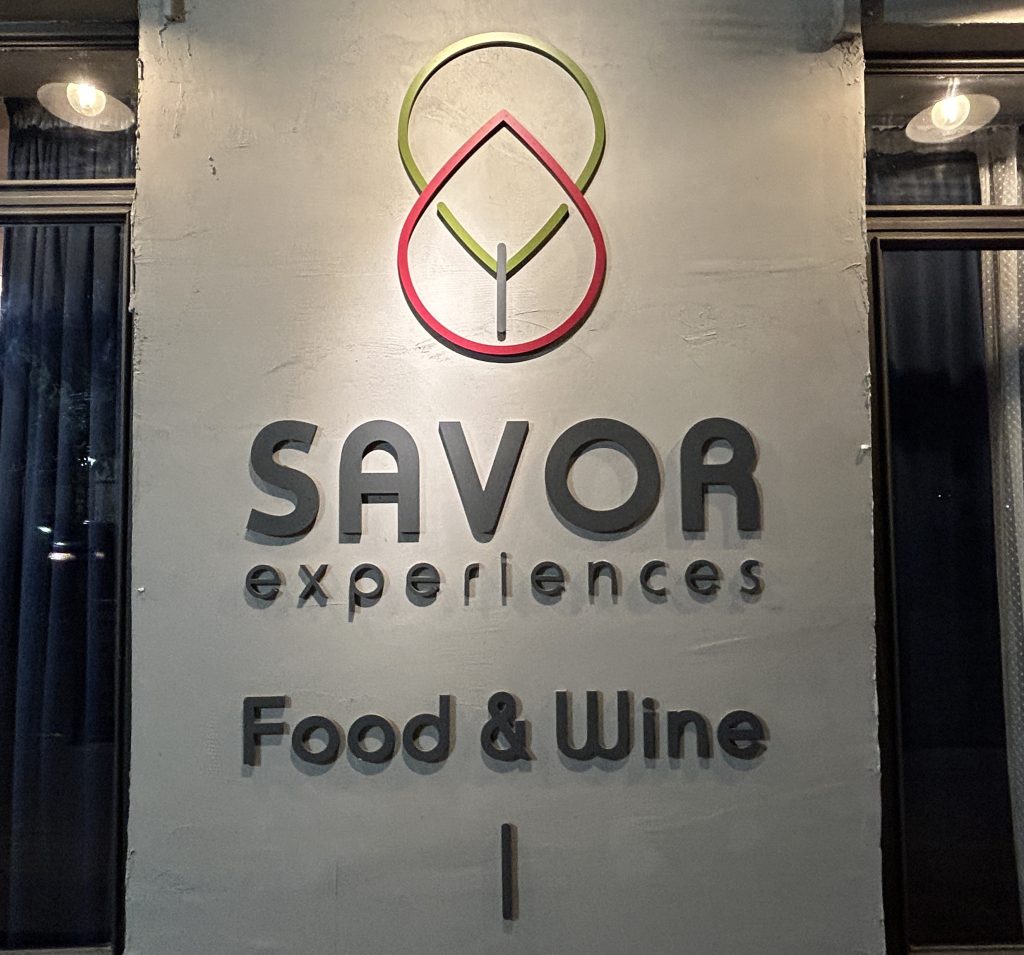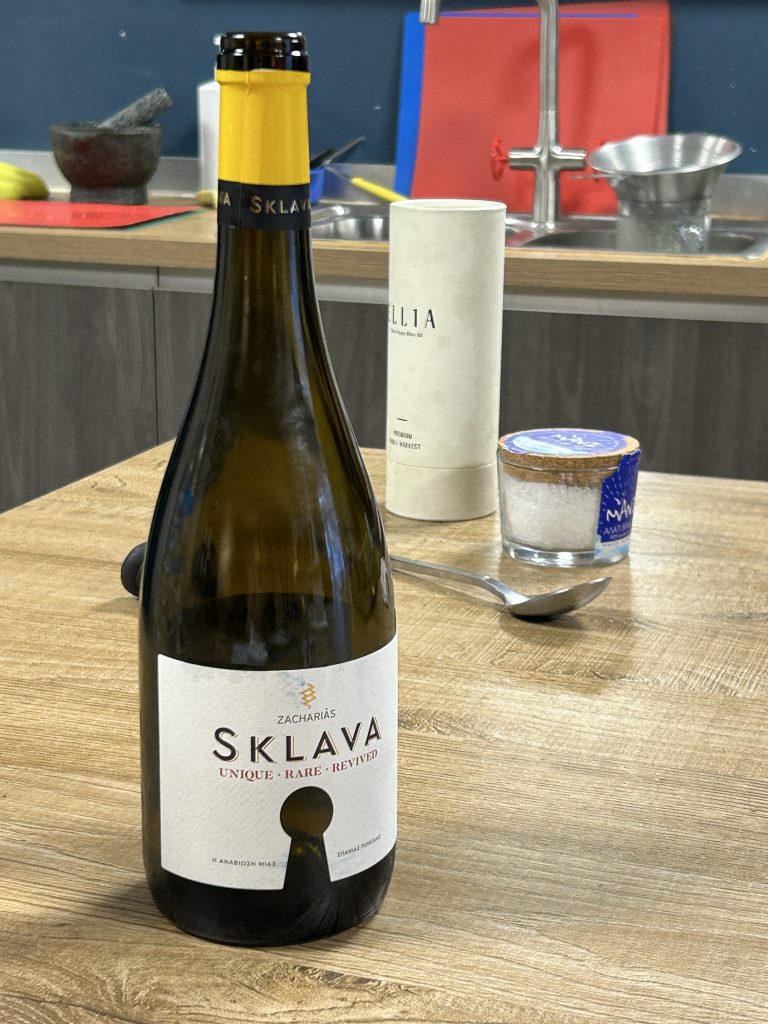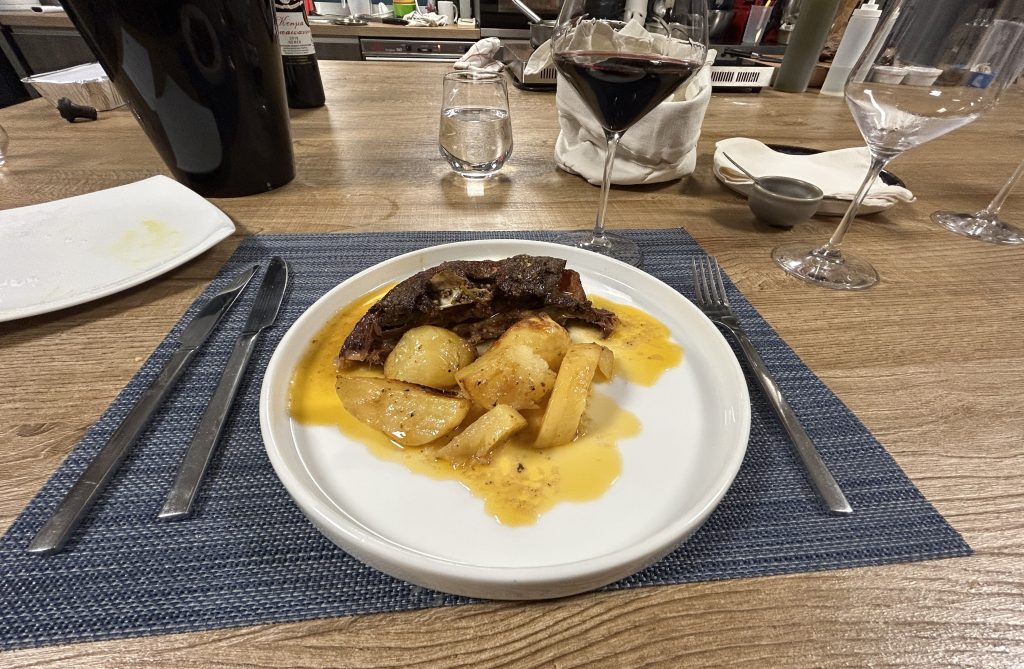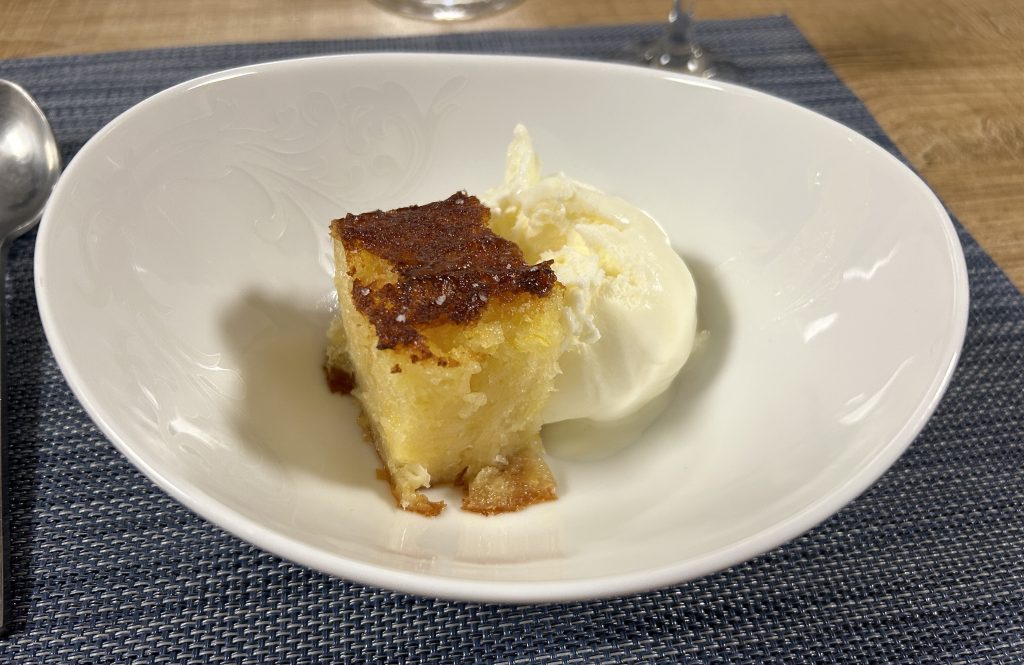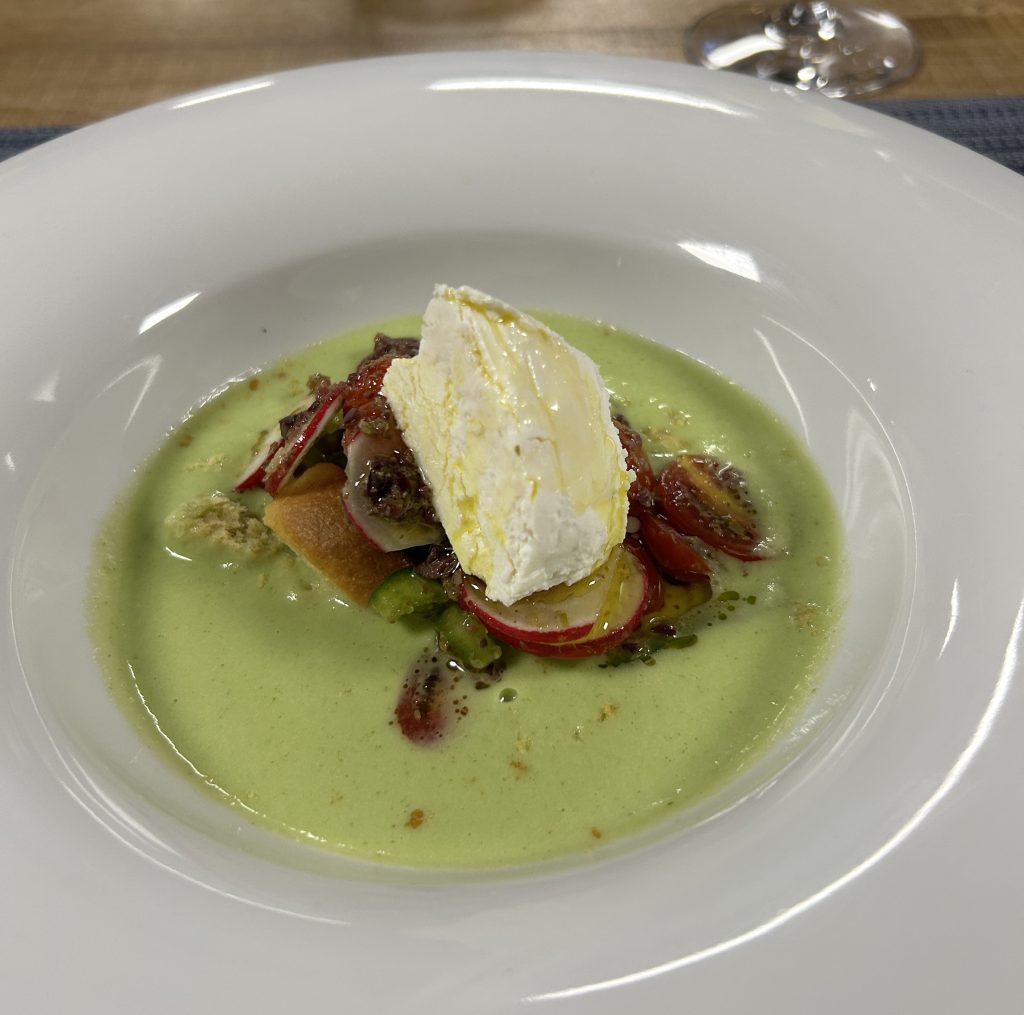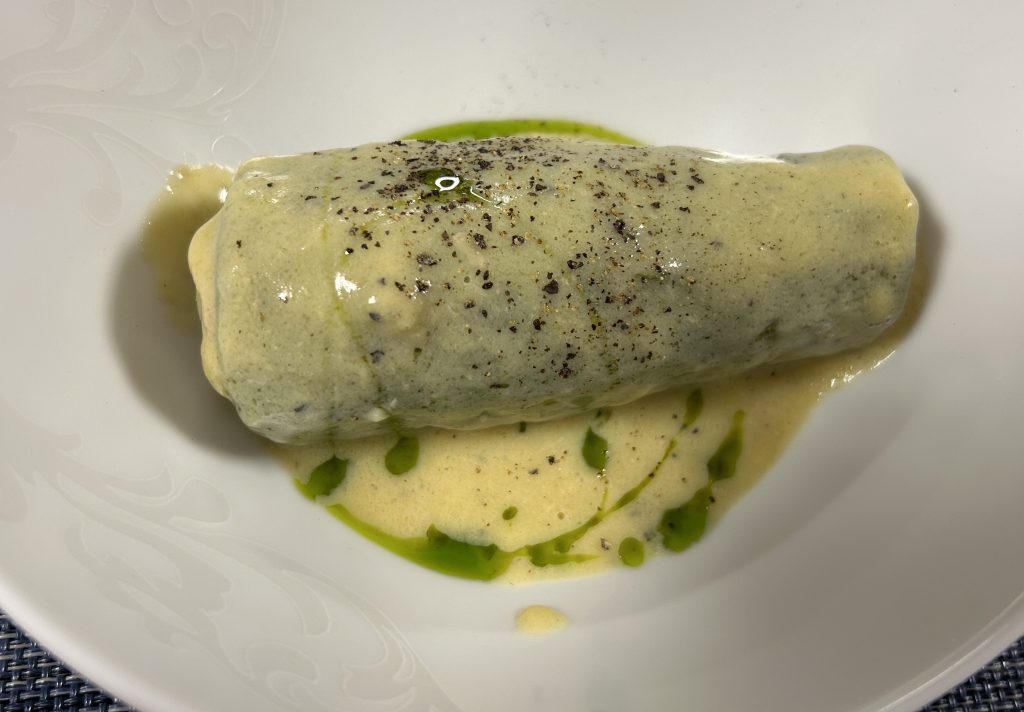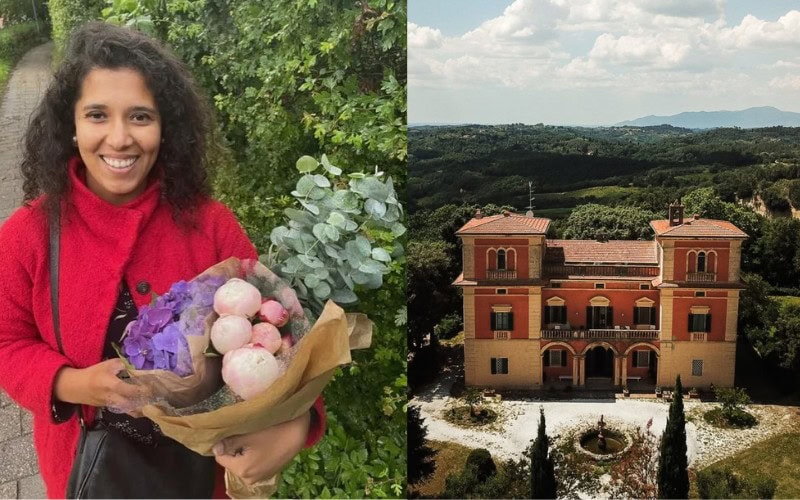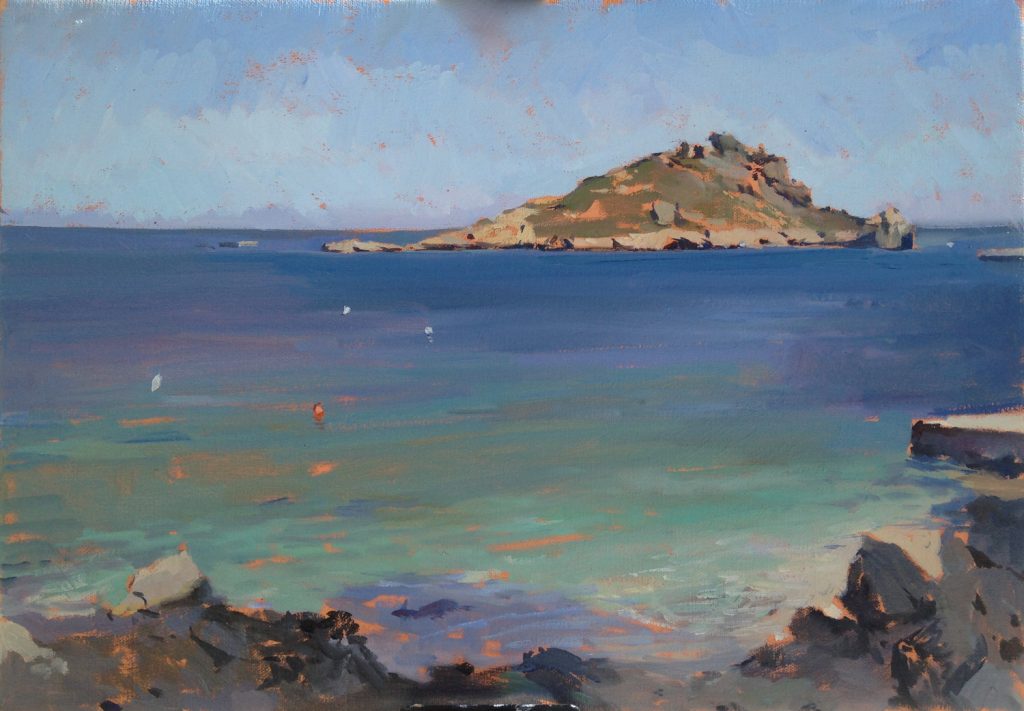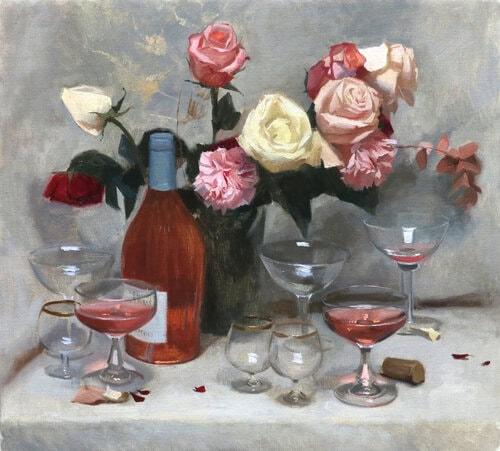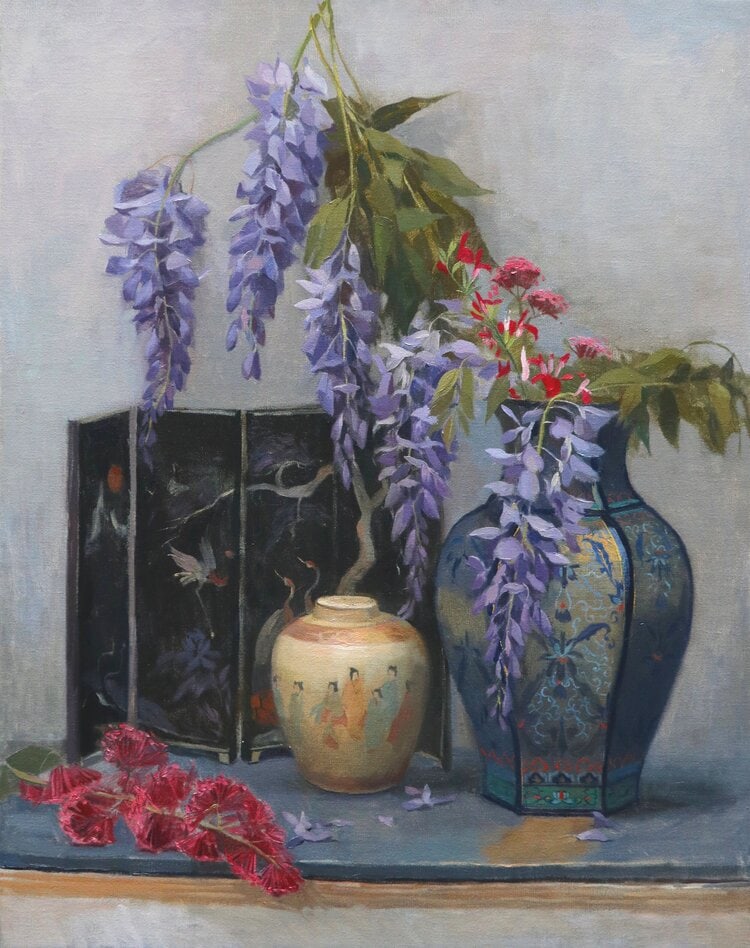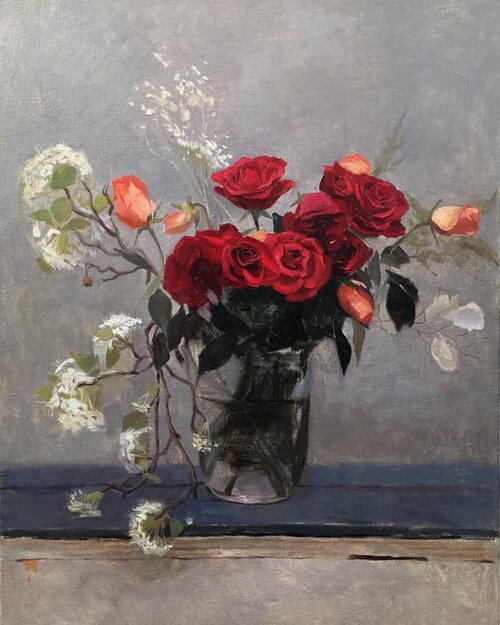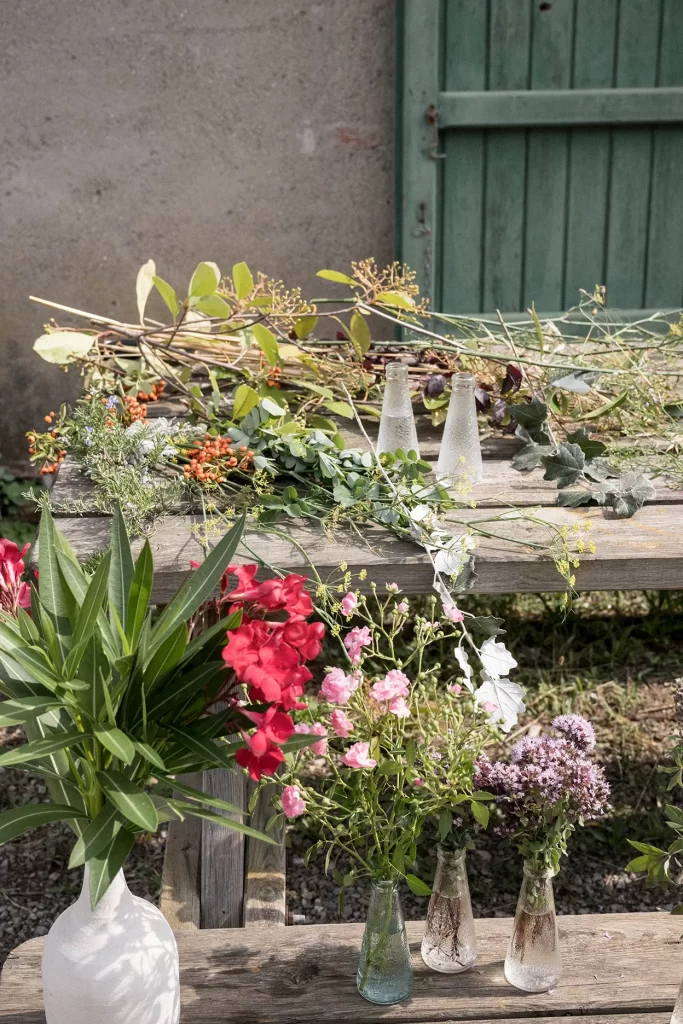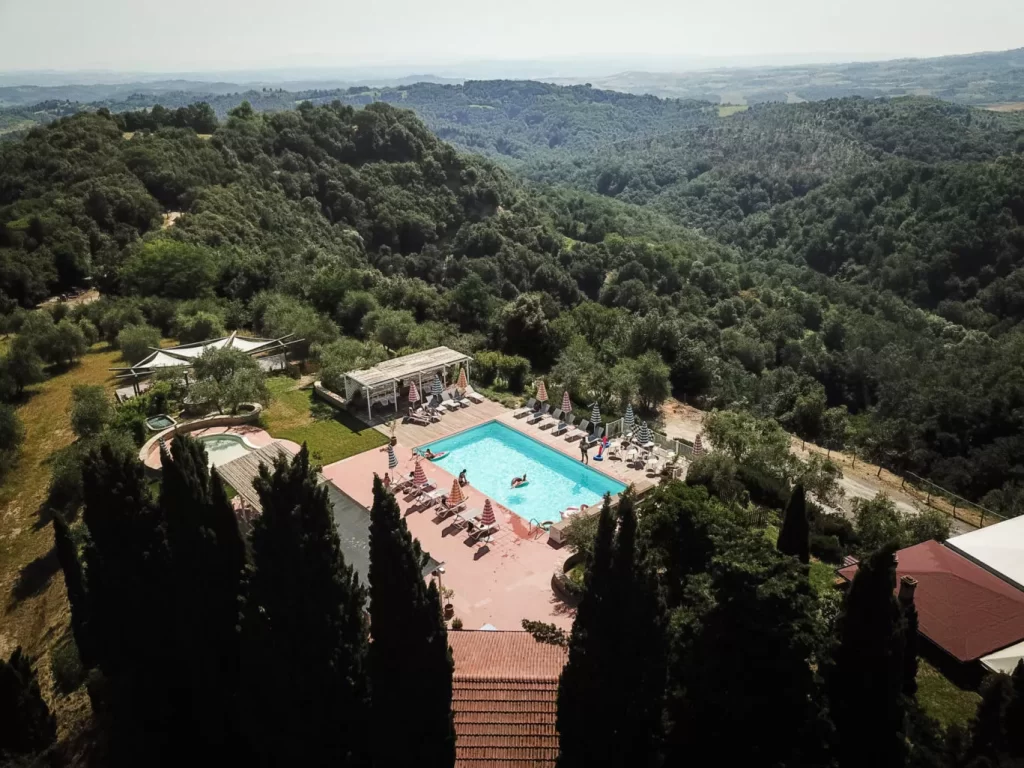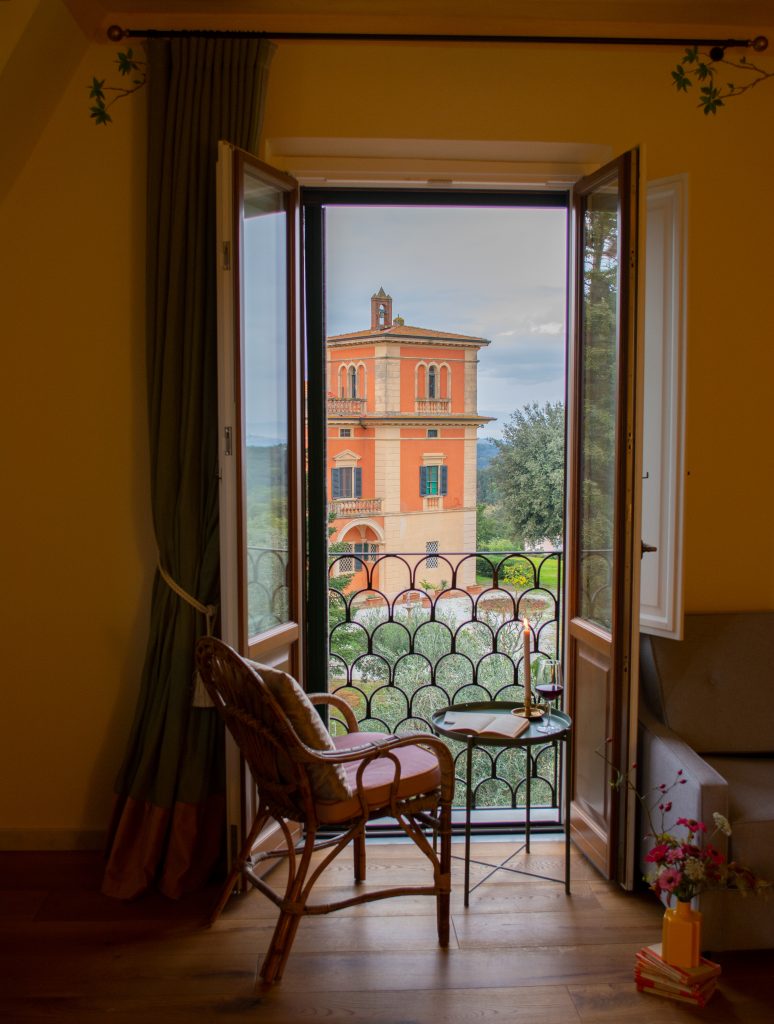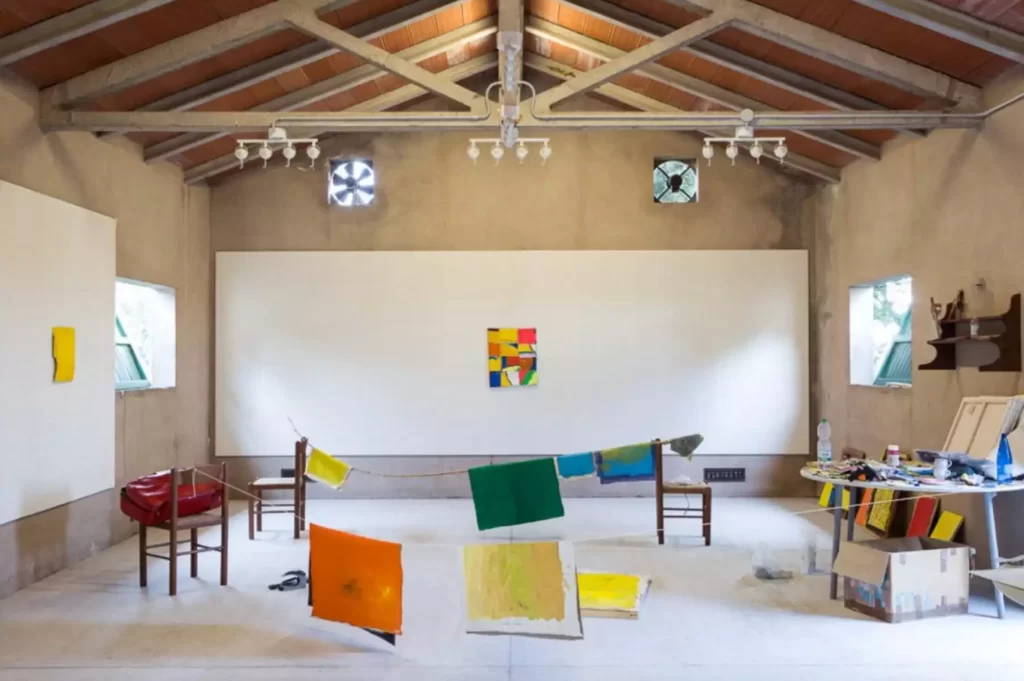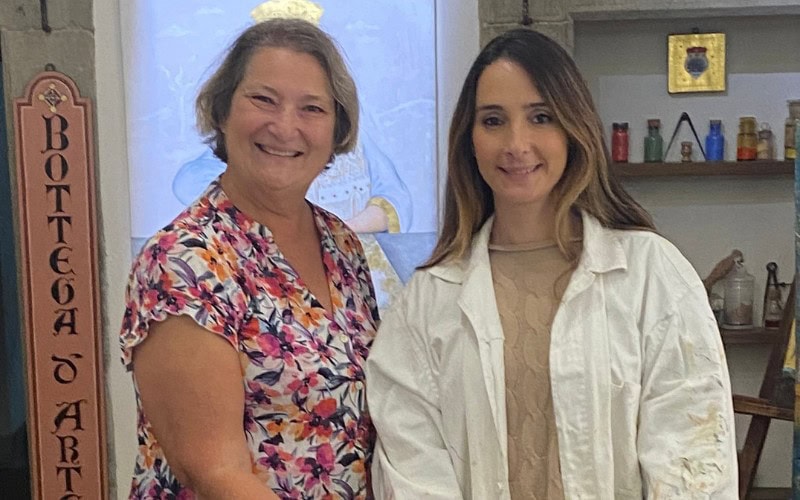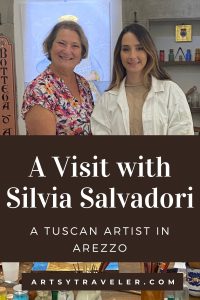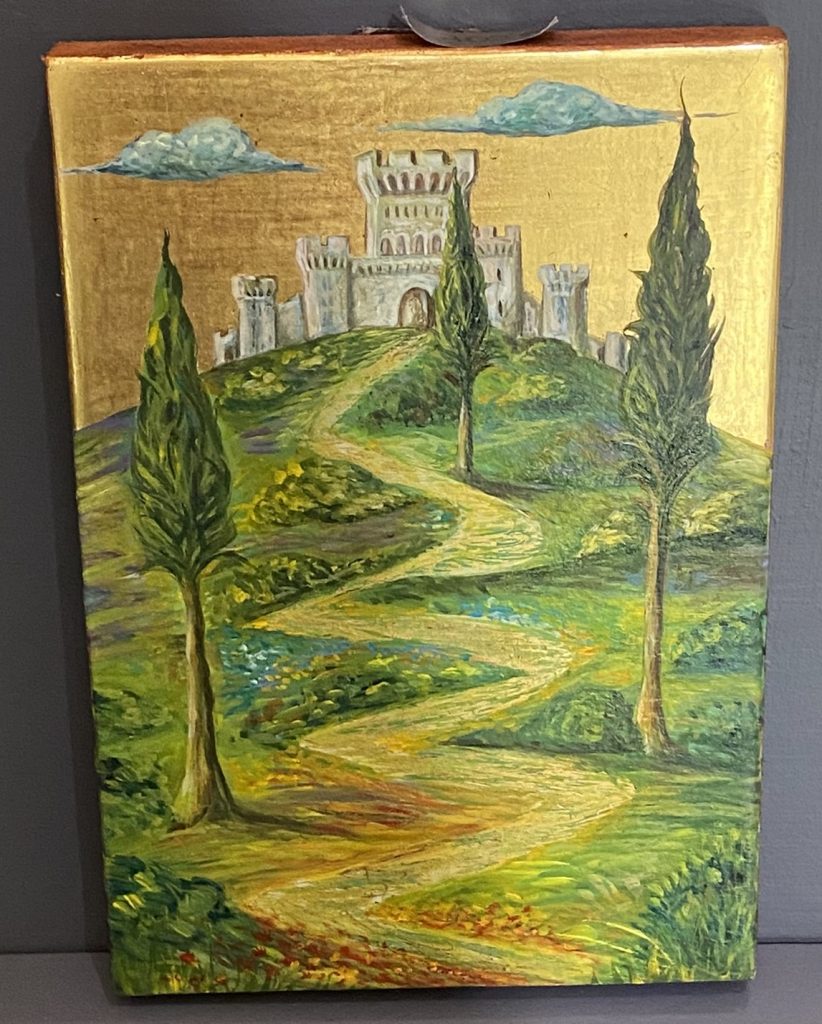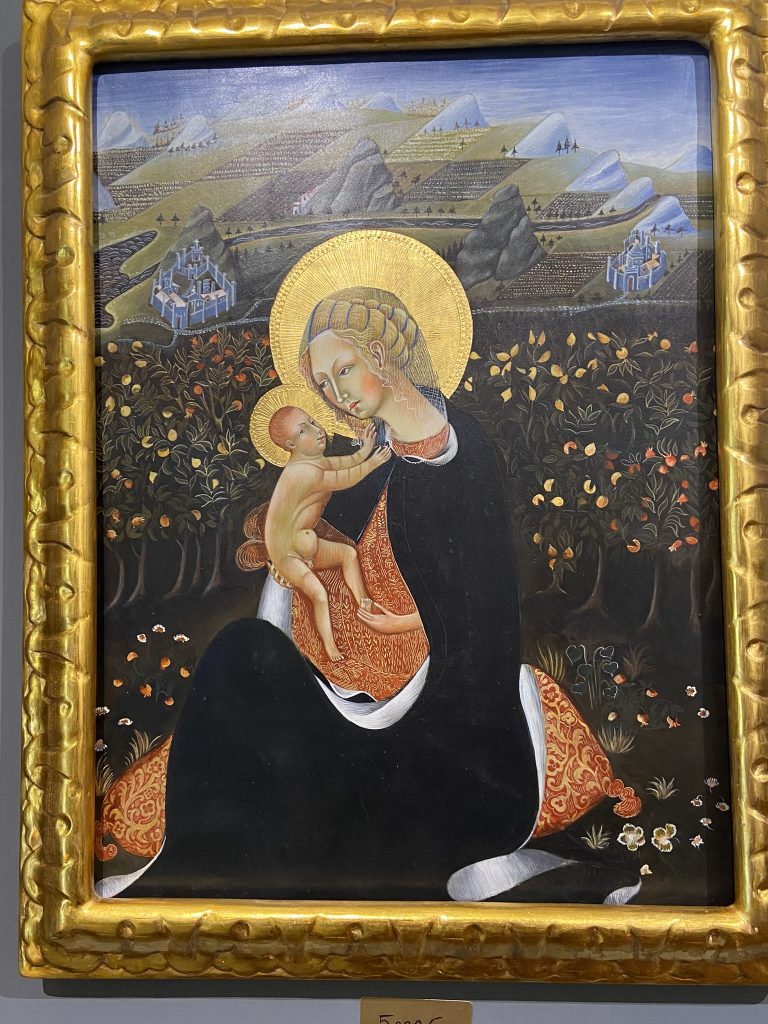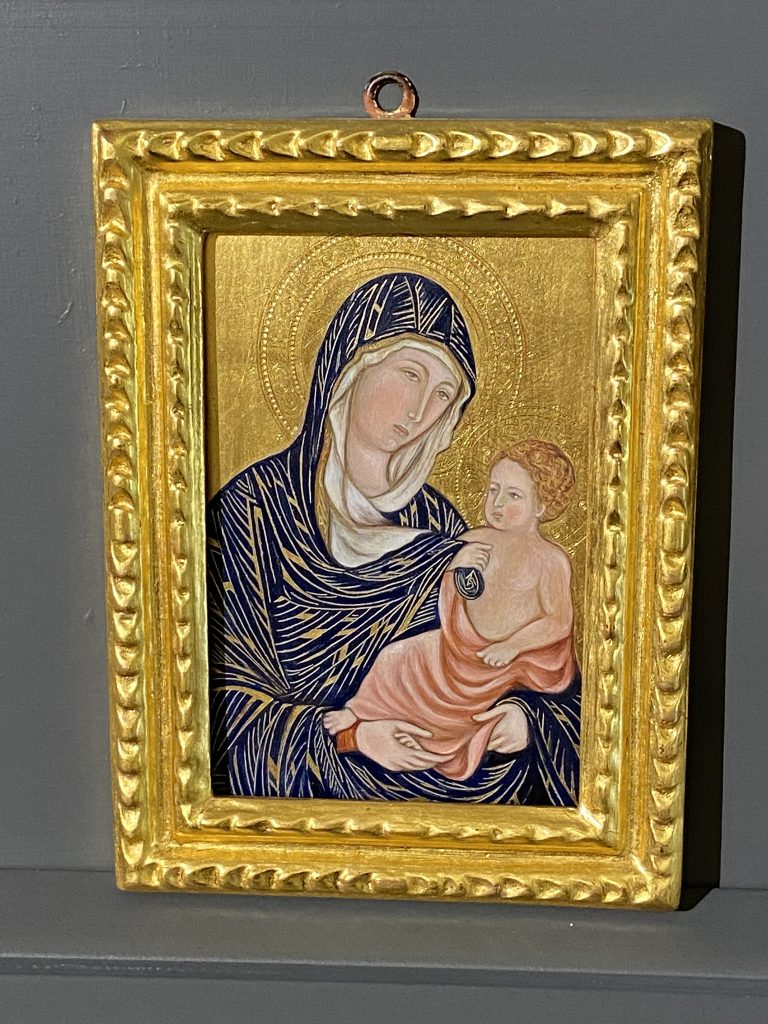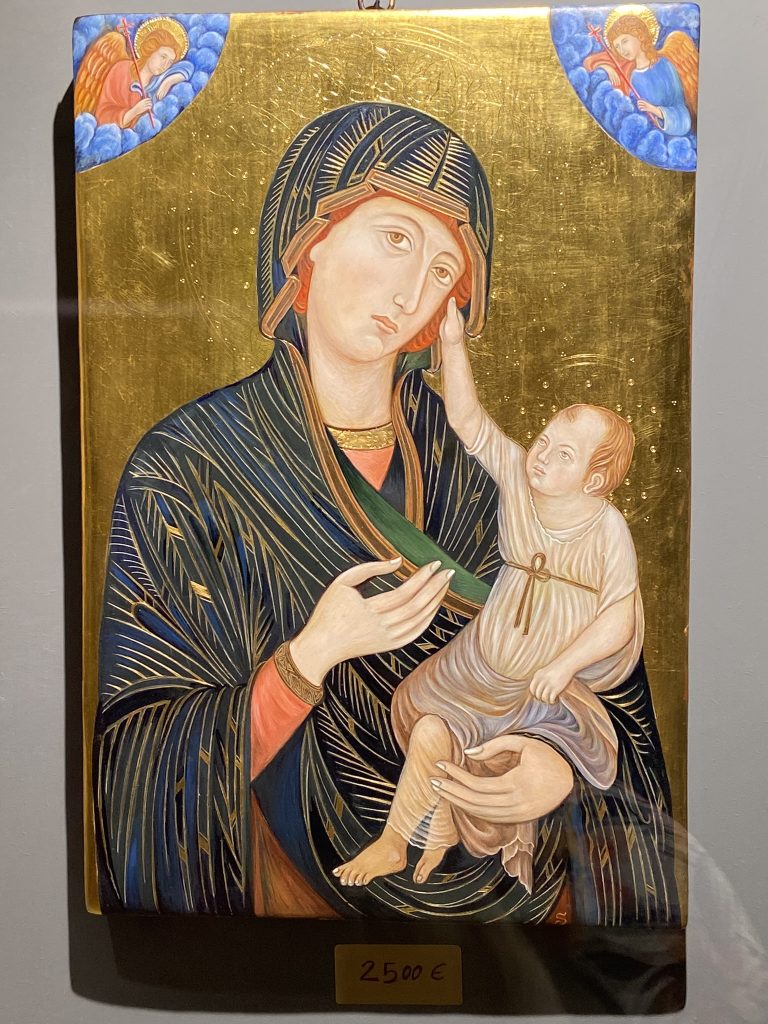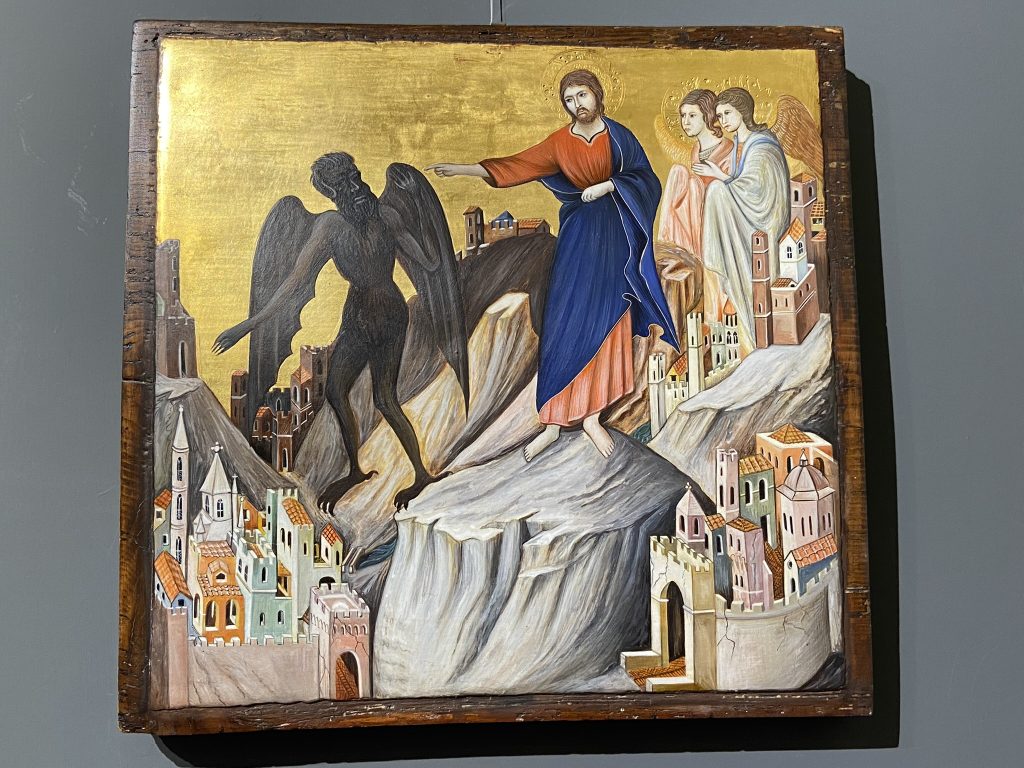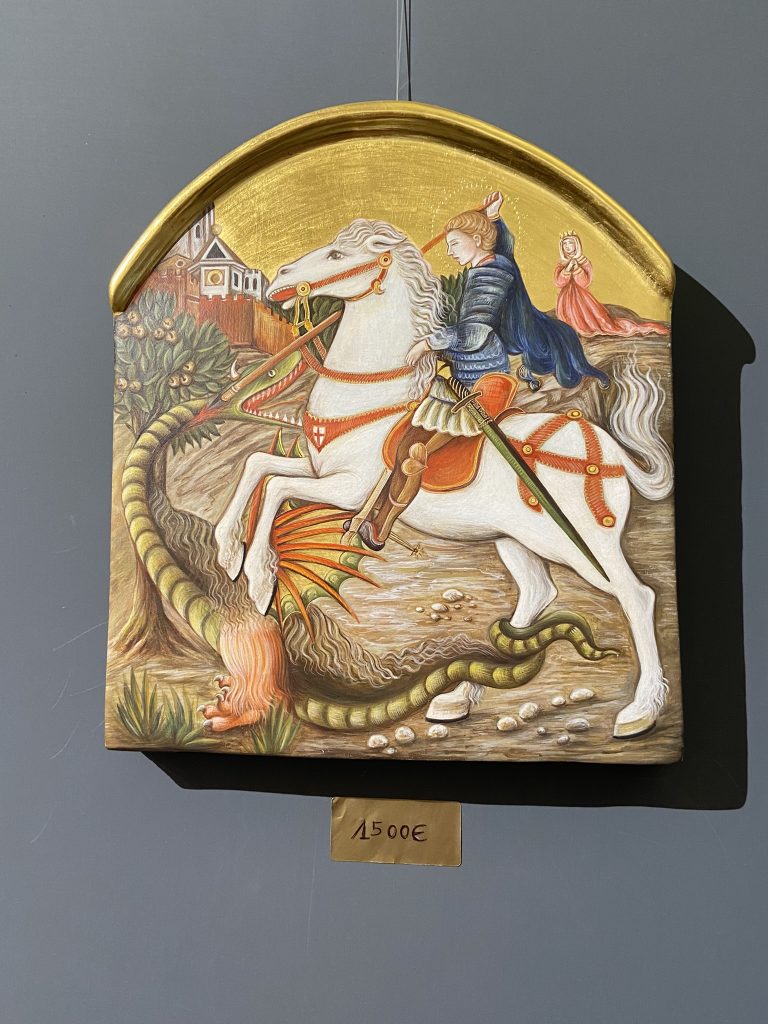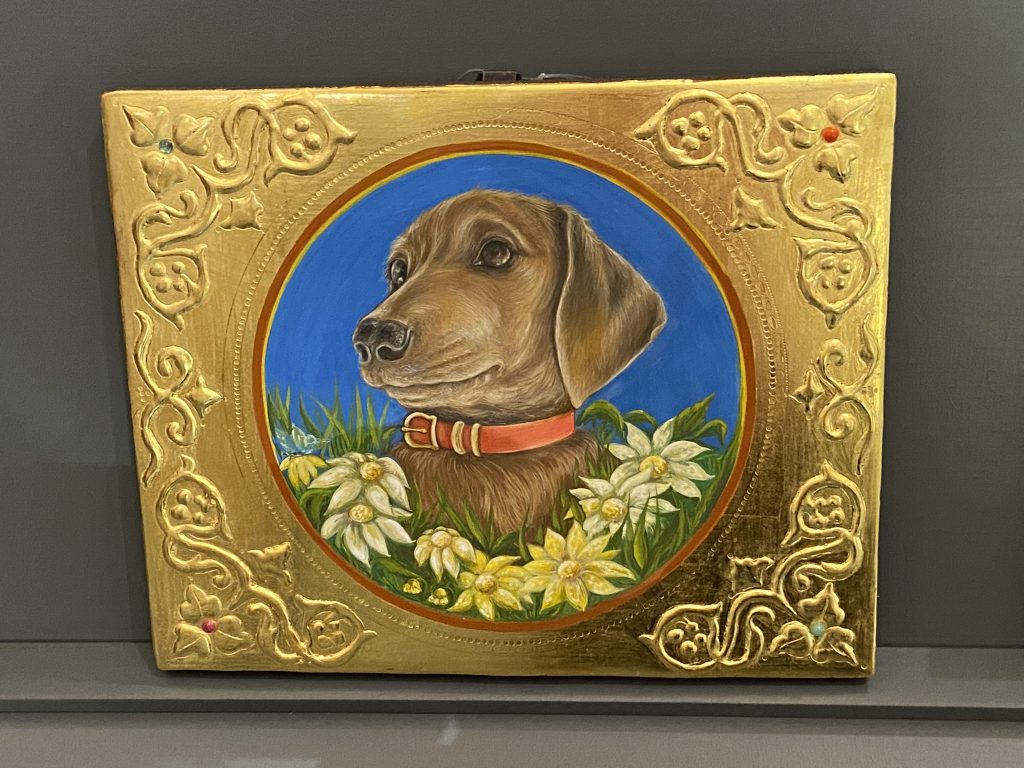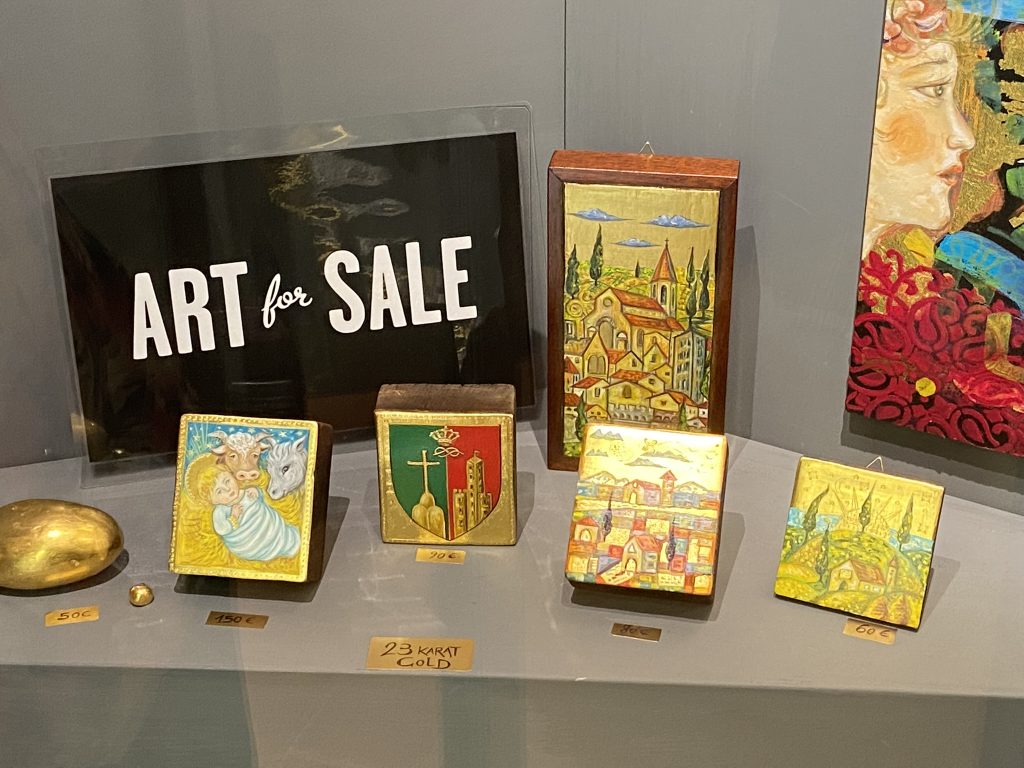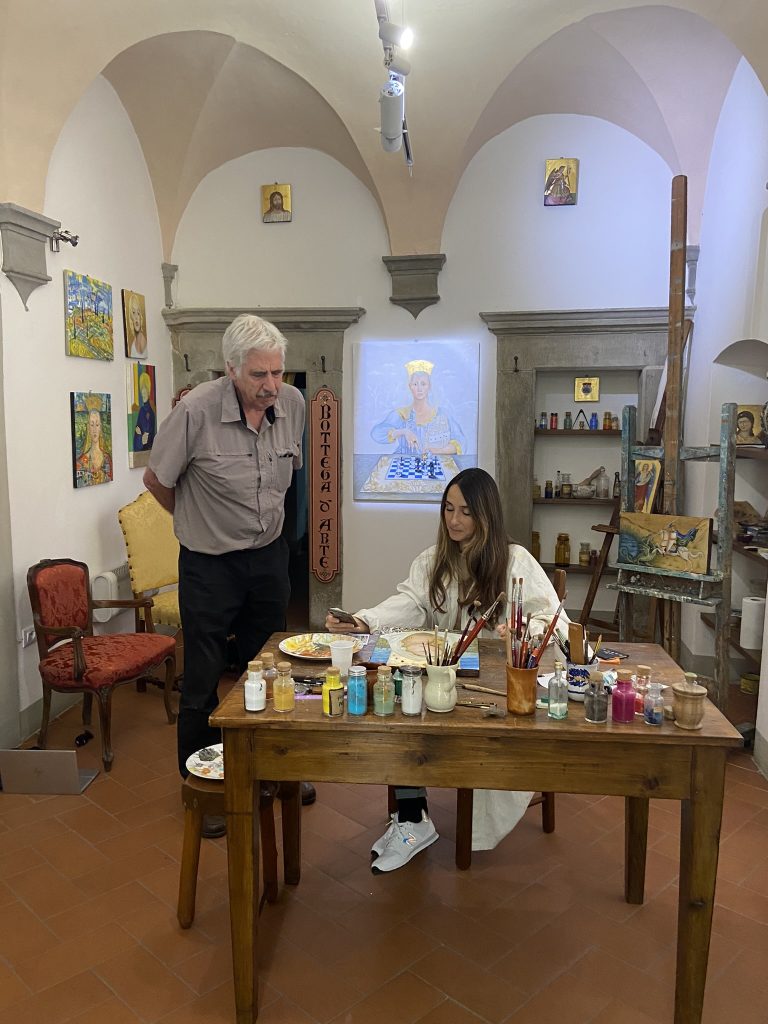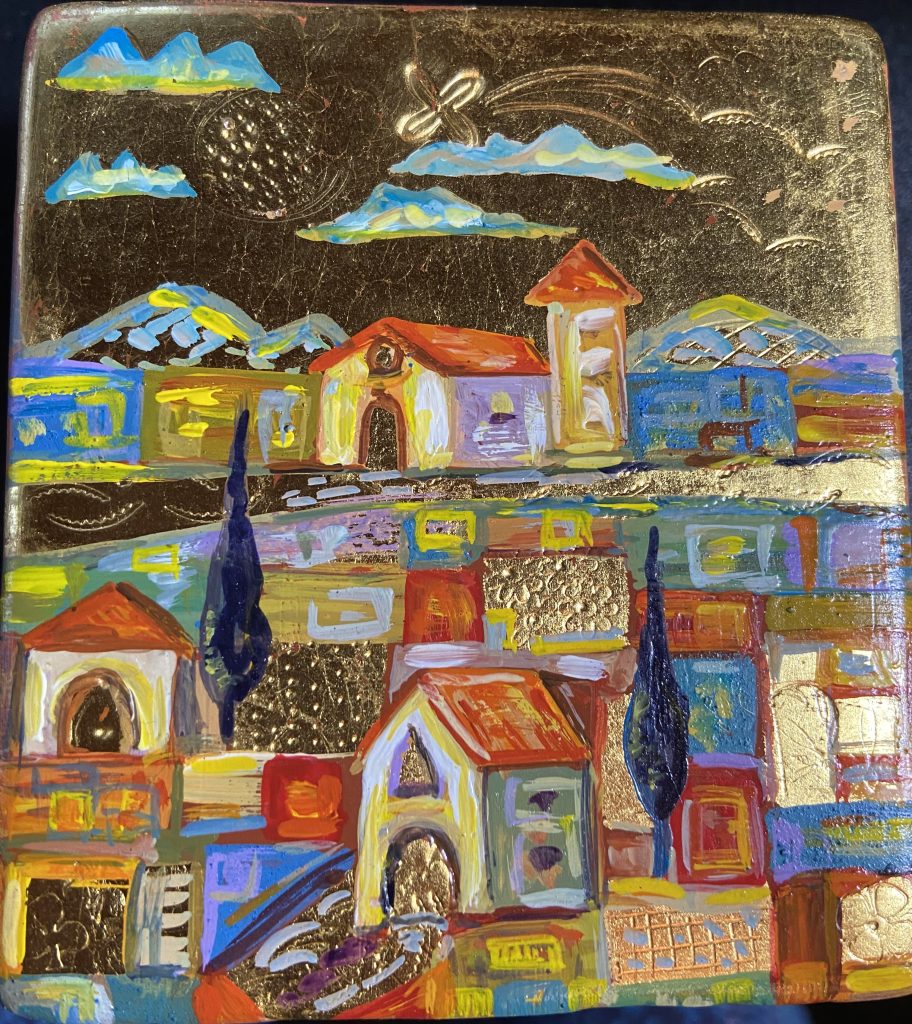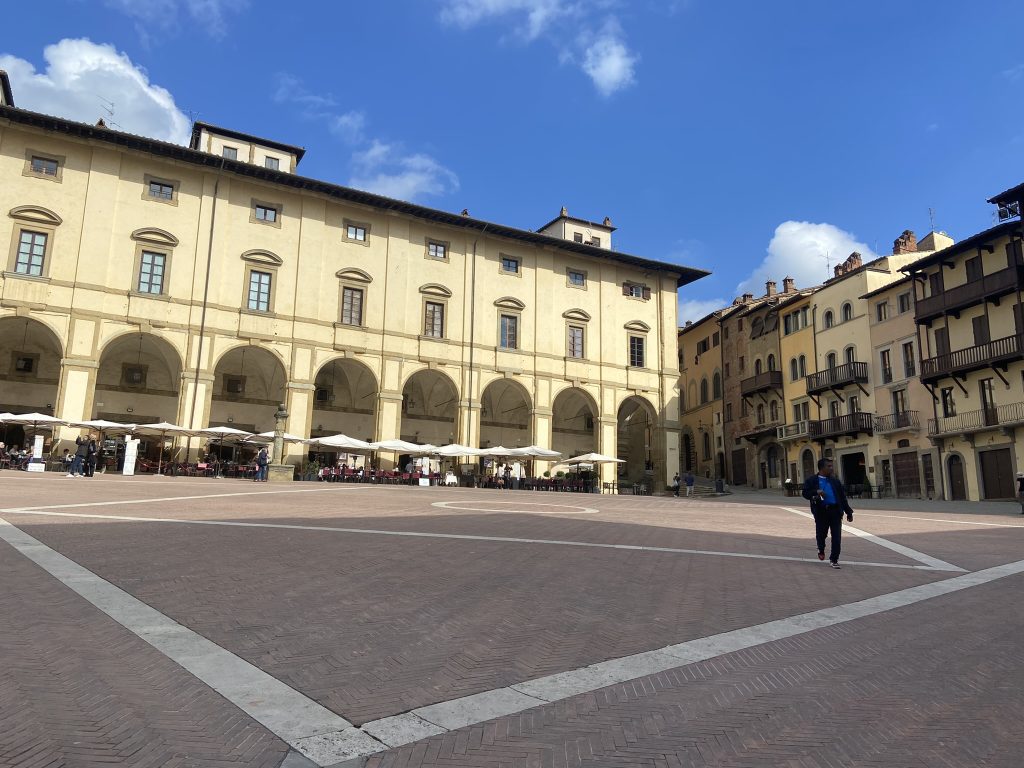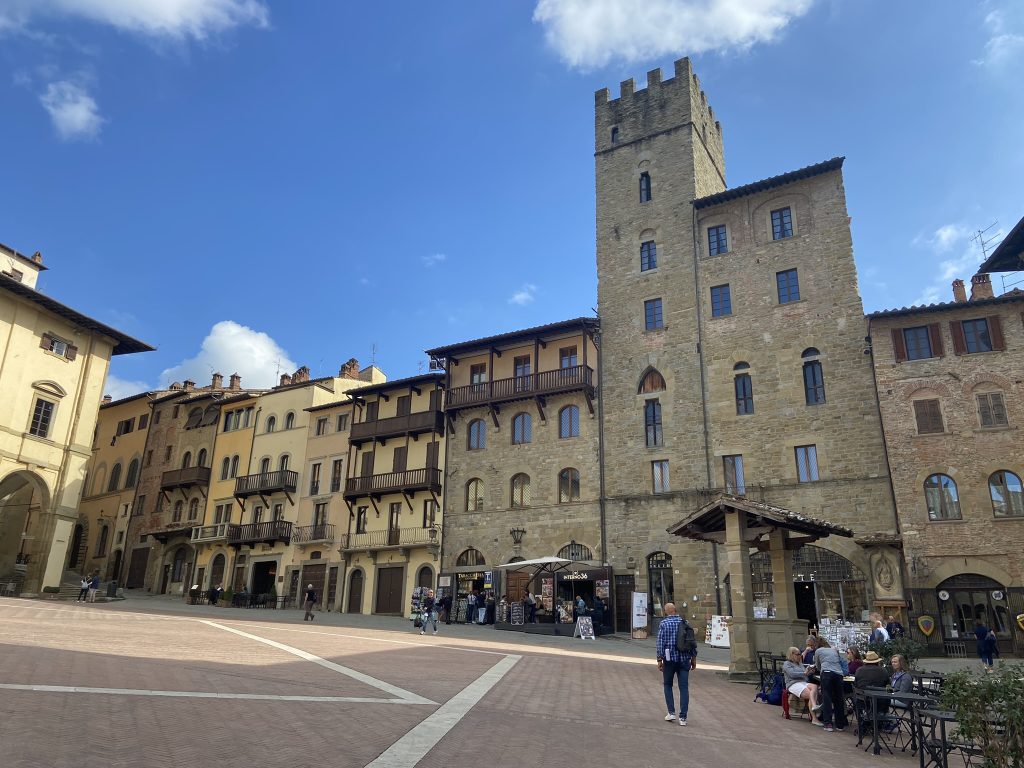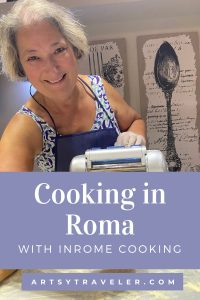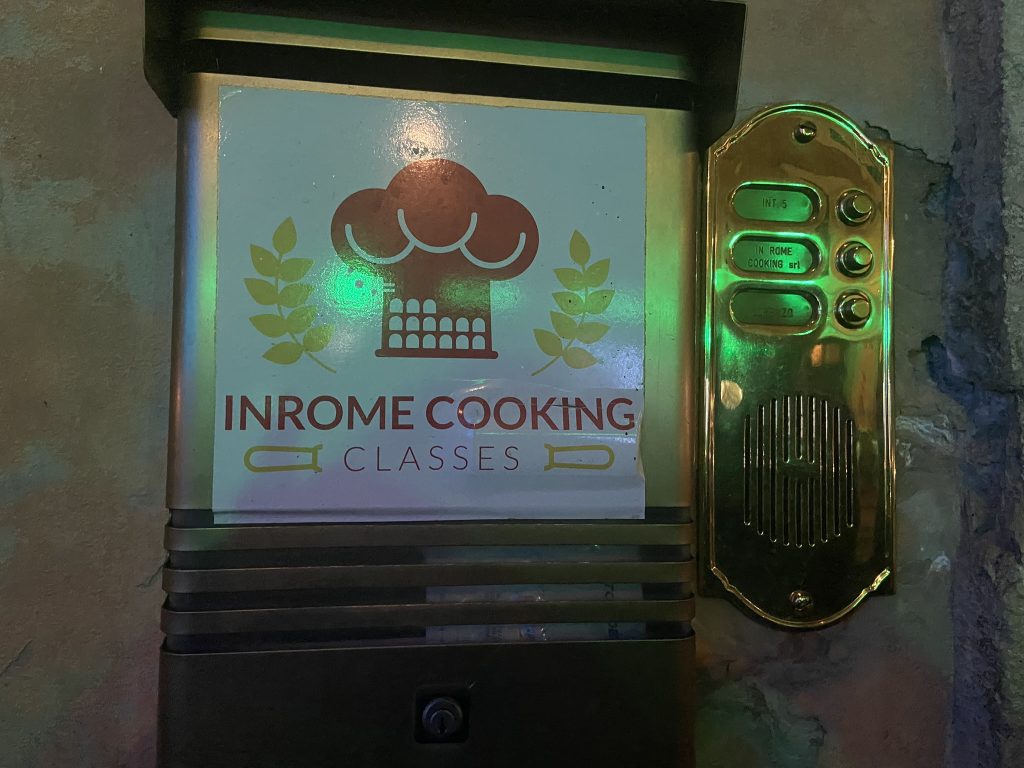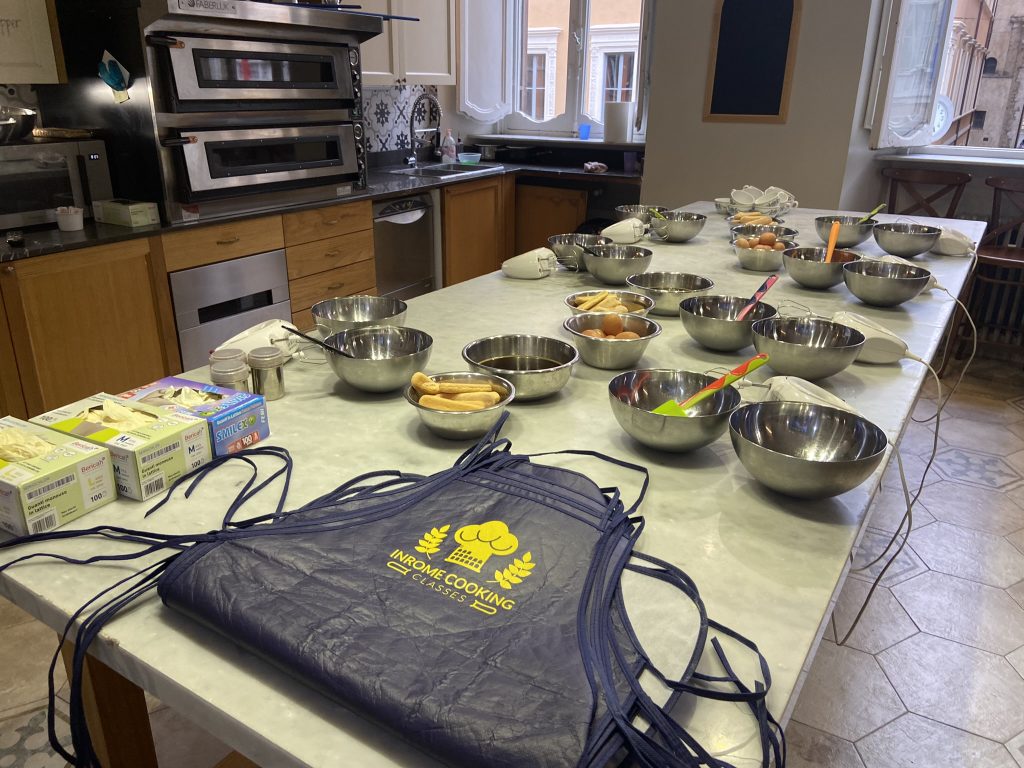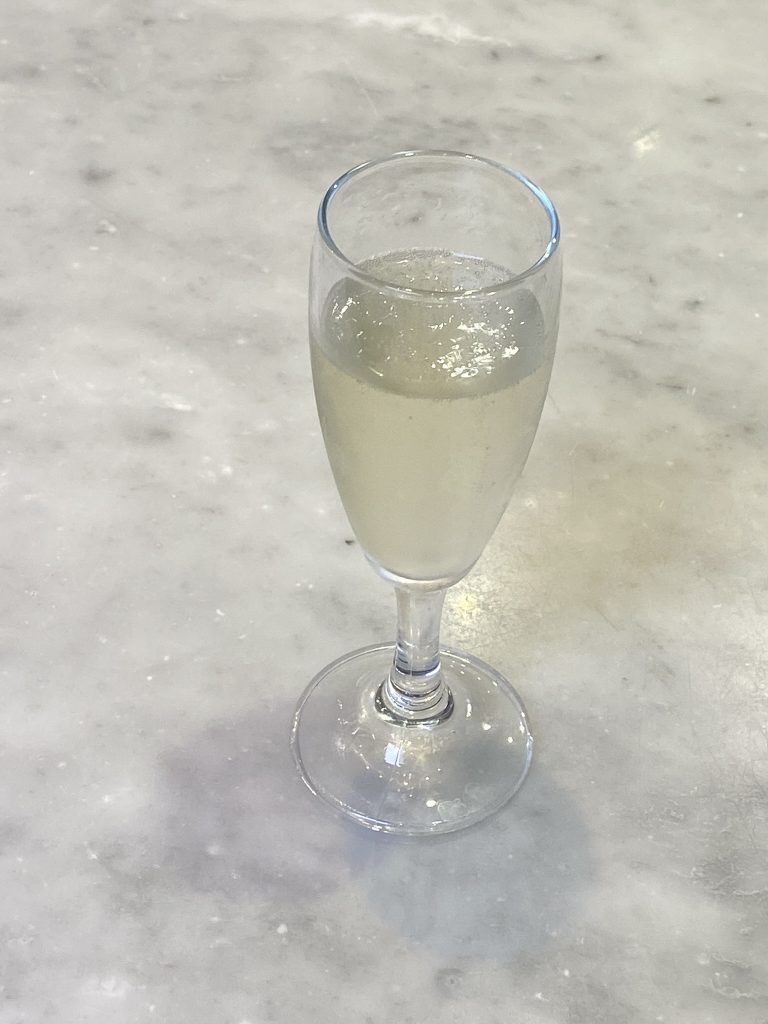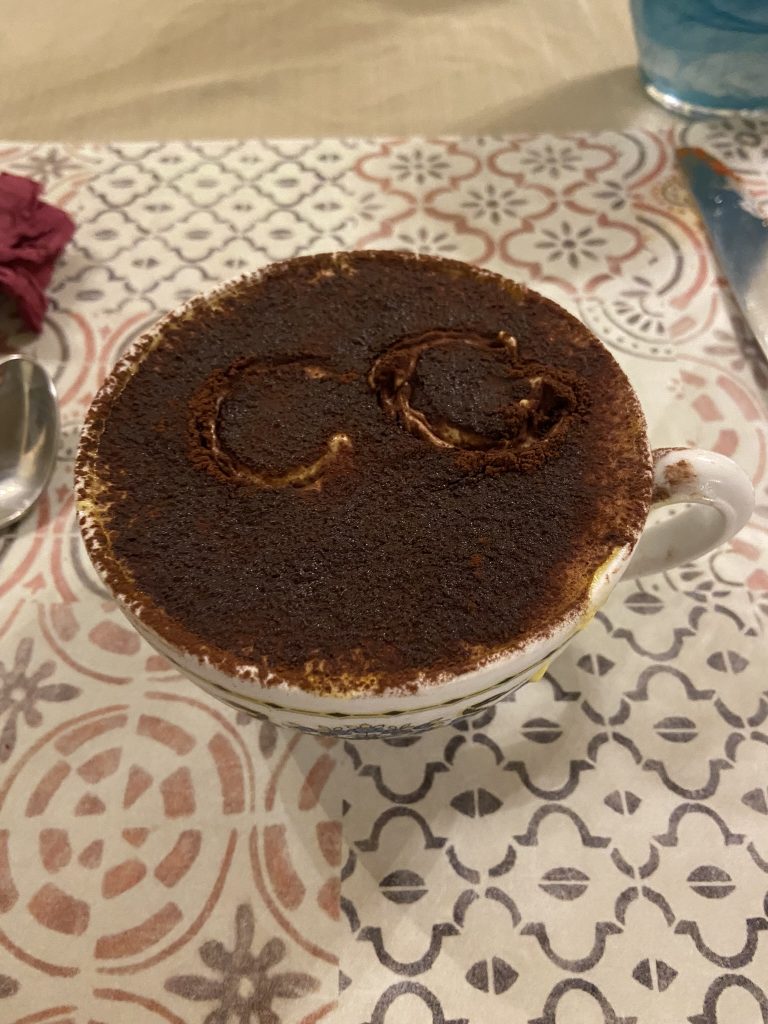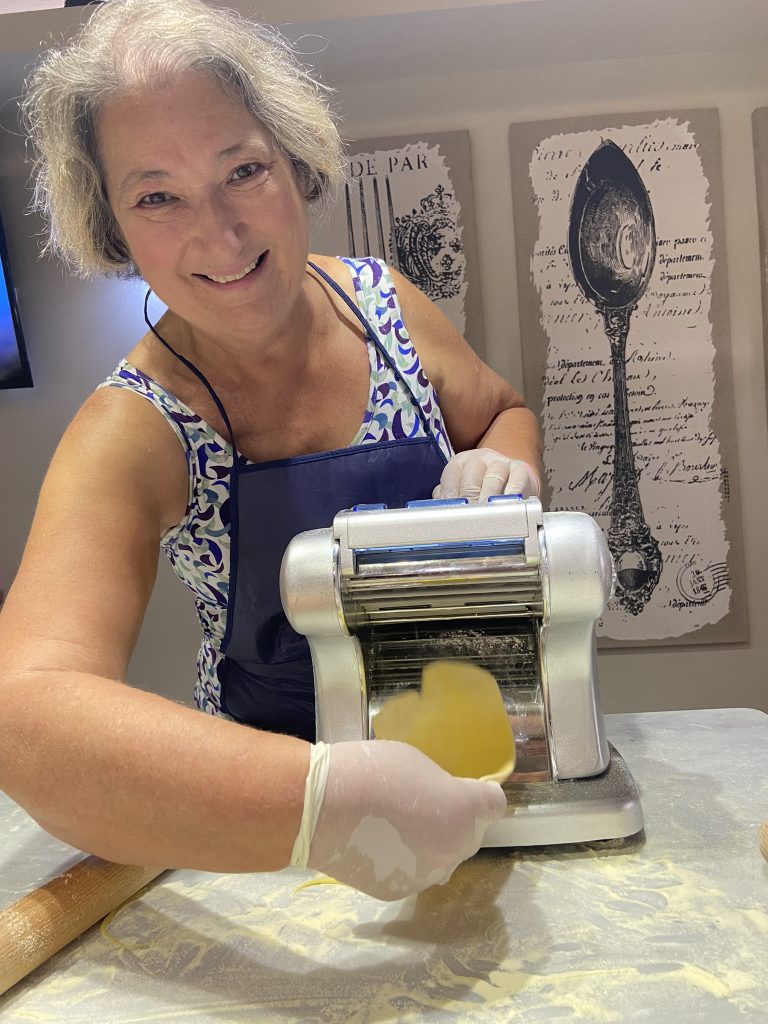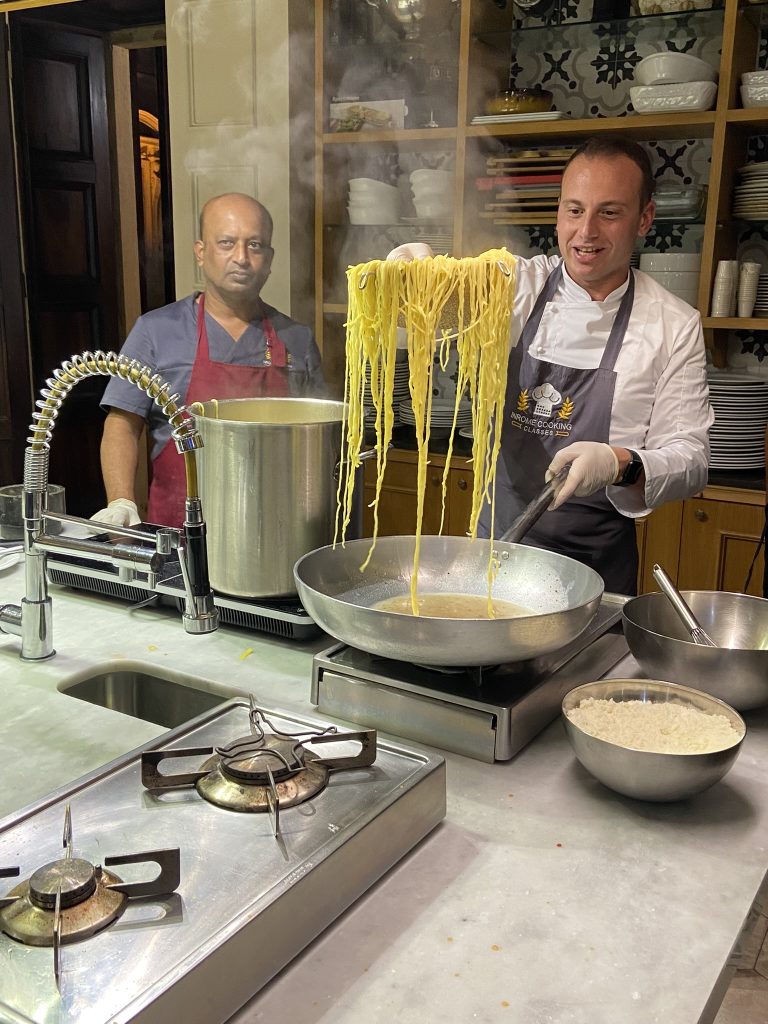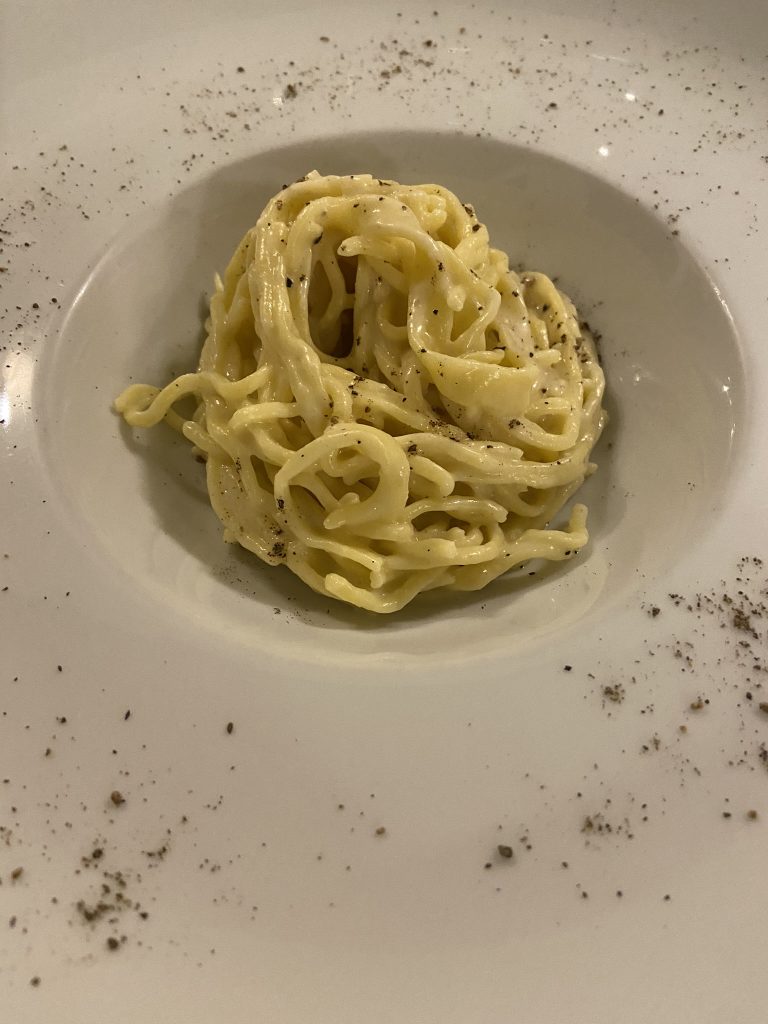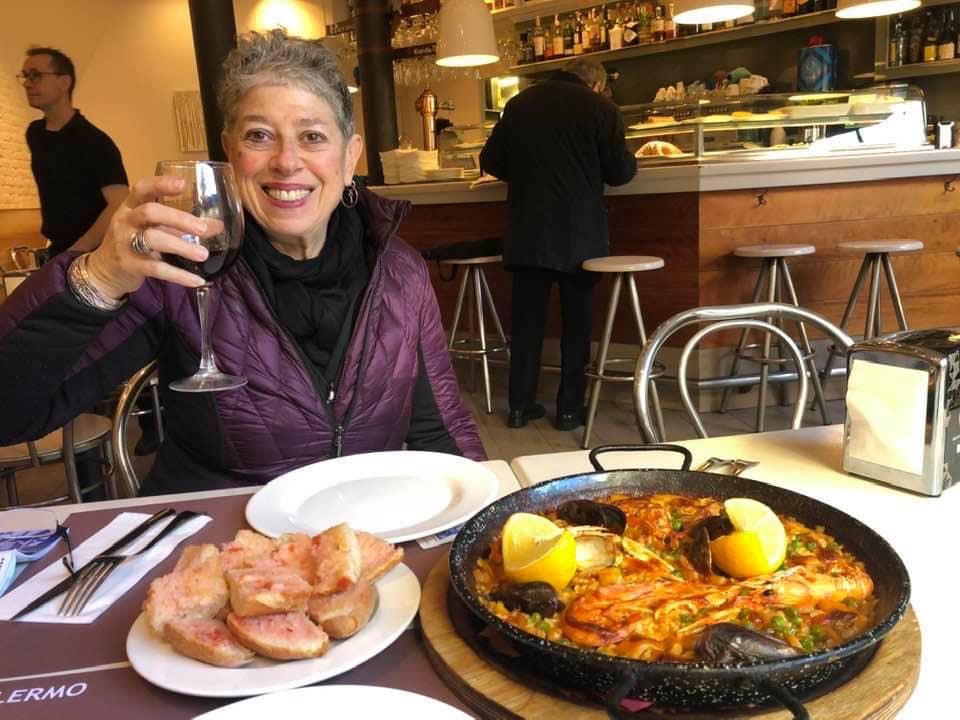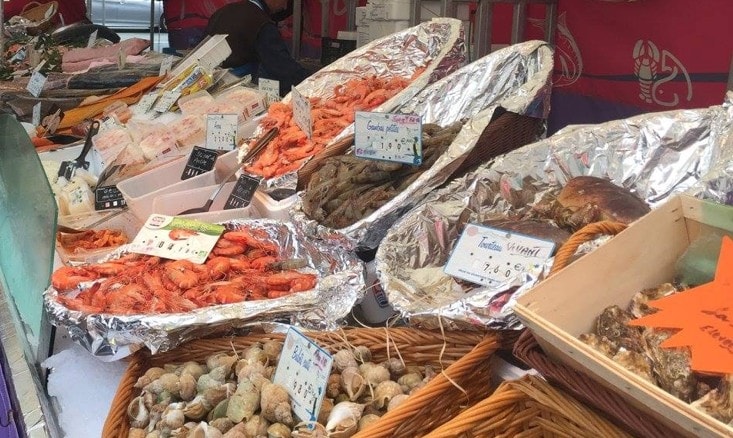Make Your Own Jewelry: Beginner-Friendly Resin Workshop at Soigné Vancouver
Coming to my home town Vancouver? Consider taking the resin art jewelry workshop or another one of the craft workshops offered by Soigné, a mecca for craft enthusiasts on Powell Street, a short drive from Gastown and the cruise ship terminal.
It’s a great way to connect with locals and come away with a unique souvenir.
Soigné offers dozens of workshops covering crafts such as paper-making, soap-making, feltwork, leather work and especially jewelry making. Check their website for details.
I chose the resin jewelry-making workshop mostly because I’ve long been fascinated by resin jewelery. The translucence, the bright colors, and the seemingly unlimited design options really appeal to me.
I was also looking for a unique gift for my best friend’s birthday. Going to a craft workshop together sounded like it would be just the ticket.
And I was right!
In this post, I share my experience attending the two-hour Resin Art Jewelry Workshop at Soigné. If you’re into swirling pigments and embedding botanicals to craft your very own pair of earrings or a pendant, then this artsy Vancouver experience deserves a place on your itinerary.
Quick Facts
Workshop Name: Resin Art Jewelry Workshop at Soigné
Location: Soigné, 393 Powell Street (in the Octopus Studios) in Vancouver, BC
Duration: 2 hours
What You’ll Make: A pair of earrings or two pendants (I chose two pendants)
Skill Level: Beginner-friendly
Supplies Included: All tools and materials are included for a separate (and modest) supply fee
Group Size: Maximum of 12
Cost: CAD $75 (check the website for promo prices)
What to Bring: Yourself and a love of color and texture
Why It’s Ideal for Artsy Travelers: You handcraft a beautiful souvenir and connect with local artists
My Experience at the Resin Art Jewelery Workshop
I arrived at Soigné at the Octopus Studios at 393 Powell Street, pushed open the metal gate and walked into a pleasingly cluttered workshop area set up with two tables and walls full of artwork and supplies.
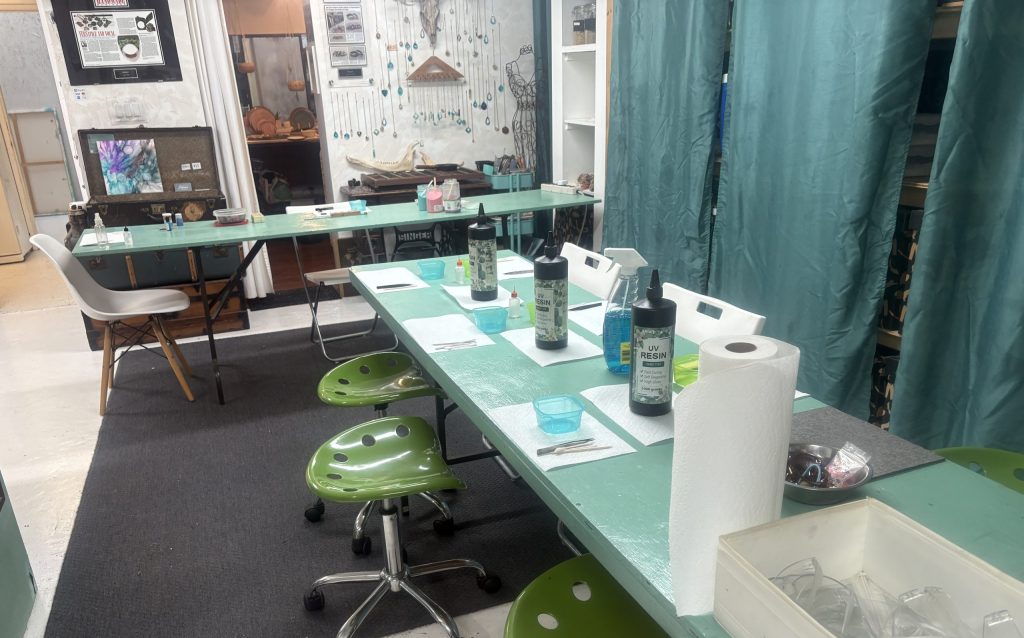
Soigné’s owner Beata Kacy, who introduced herself as Kacy, greeted me and directed me to stash my coat and purse into a cubby and grab an apron.
Kacy has been running Soigné for over thirty years and now employs several other teachers to facilitate dozens of craft workshops.
I was early, so Kacy invited me to check out the space and also wander into the back room to view the studios of the other artists who occupy the Octopus Studios.
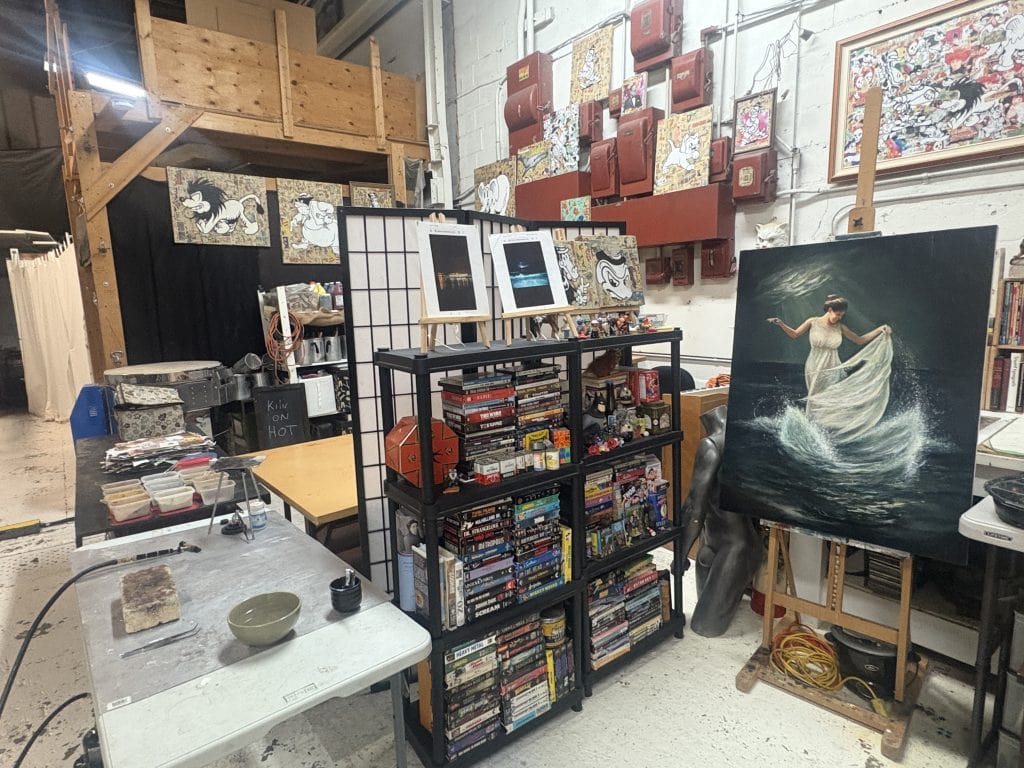
It’s a cosy and welcoming space. I immediately felt at ease.
Cool things to look at are everywhere—jewelry, small paintings, crafting supplies, pottery—you name it! The vibe is definitely creative.


My friend arrived along with the four other participants in the afternoon workshop: two friends (like us) and a mother and daughter.
Soigné can accommodate up to twelve participants at two tables.
We discovered that each of the three groups was there celebrating a birthday. I guess my idea to treat my friend to a craft workshop for her birthday wasn’t exactly original!
But it is a good idea. Not only do you get to spend time together, you’ll learn some new skills and come away with a lovely keepsake.
Learning How to Make Resin Art Jewelry
Once everyone was assembled, Kacy walked us through the process of making resin art jewelry.
We learned there were two kinds of resin. UV resin yields instant results and is perfect for making small objects such as jewelery. Epoxy resin is suitable for making larger objects such as coasters that take at least 24 hours to dry.
In the Resin Art Jewelry workshop, we worked with UV resin, a mildly toxic substance similar to the resins used in nail salons to apply acrylic colours to fingernails.
Kacy also offers a Resin Coaster workshop that uses epoxy resin. I may well take that next!
Kacy showed us how to pour the resin into a mould and then layer in different colours using opaque or translucent dyes as well as gold, copper and silver pigments paired with various bits of glitter, dried botanicals, small shells and stones.
She’s a patient and good-humored instructor who is very encouraging. She genuinely seems to enjoy teaching and helping others express their creativity.
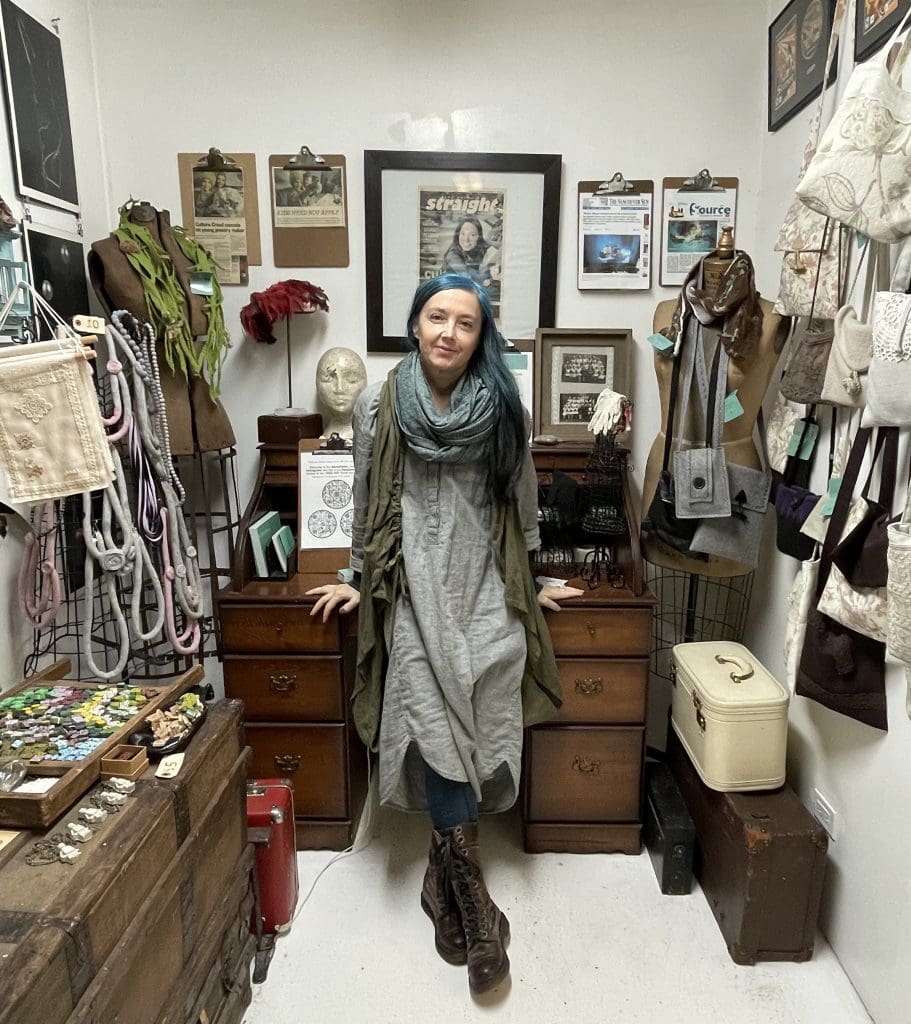
Making Resin Art Jewelry
After the demo, we picked out our moulds from a large box and chose some vials of paint, glitter, and other objects to decorate our jewelry.

I loved it! After pouring resin into the first of two moulds for pendants, I squeezed in bits of pigment and added some gold flakes and purple glitter.
Meanwhile, my friend chose to make two heart-shaped pendants for her young nieces.
After I completed a piece, Kacy placed it under the UV light for five minutes on each side. She then peeled off the mould and voilà!
At the end of the workshop, she affixed hangers to each pendant for threading on a chain.
Showing Off the Finished Products
Here are the results of our labours. My friend made the hearts and I made the two larger pendants. I must admit to being very pleased with the results!
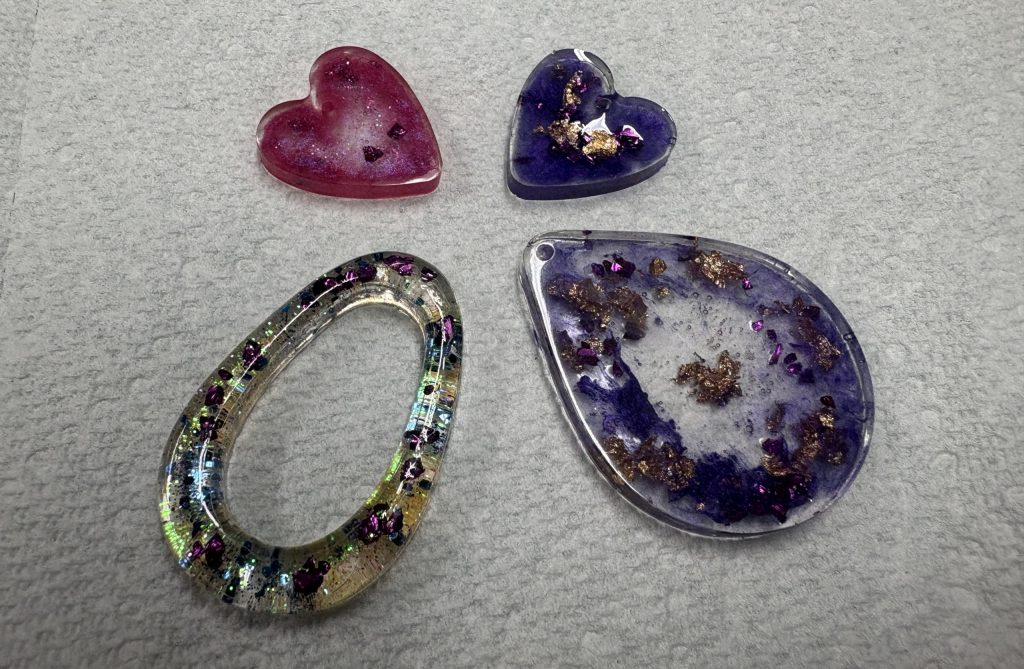
I recommend treating yourself (and maybe a friend) to a workshop at Soigné.
One caveat: take a ride share or taxi directly to the studio rather than walking or even taking the bus. The neighborhood is rough.
Also, watch for the white building with a painting of an octopus; it’s easy to miss. You’ll see a metal gate. Push it open, open the gate in front of the door and either open the door (or ring the bell if it’s locked).
FAQ’s Resin Art Jewelry Workshop
Here are some questions you may have about the Resin Art Jewelry workshop at Soigné.
No. I was a complete beginner and knew nothing about resin art (although I’ve always thought it was very cool).
It is mildly toxic but perfectly safe if used in well-ventilated conditions and with frequent hand washing. Kacy clearly explained how to work safely with the resin.
You can choose to make two earrings or two pendants. I chose to make two pendants.
Definitely. The young girl at the workshop I took was just ten years old and she had a great time (and made a beautiful pendant!).
Wear regular clothes; aprons are provided.
Take a taxi or a ride share directly to and from the location.
Definitely. Although the workshop I attended was not full, that was unusual. The workshop following the one I attended was full with twelve participants. Check the schedule on the website and book in advance to secure your post.
Recommended Places to Stay in Vancouver
Here are three stylish downtown-area hotels that appeal to creative travelers.
Loden Hotel
A chic boutique property known for its elegant design, warm lighting, and serene, refined atmosphere, the Loden Hotel is a great choice for relaxing after a day of crafting.
OPUS Vancouver
OPUS Vancouver has bright, bold, playful rooms with strong design personality, perfect for travelers who love a splash of colour and creative energy.
Granville Island Hotel
Located on Granville Island about a ten-minute bus ride from downtown Vancouver, the Granville Island Hotel is a great choice if you’re looking something a little bit different. You can stroll around the Granville Island Market and other shops, take in a performance at nearby Bard on the Beach or the Arts Club Theatre, and listen to the seagulls as you drift off to sleep.
Other Experiences in Vancouver
Pair your Soigné workshop with these artsy activities in Vancouver:
Conclusion
For anyone who loves to experience a city through its creative culture, the resin art jewelry workshop at Soigné is a delightful way to spend a few hours in Vancouver.
Have you taken a workshop at Soigné or another crafting place in Vancouver? Share your experience with other artsy travelers in the Comments below.
Here are more posts about Vancouver:


